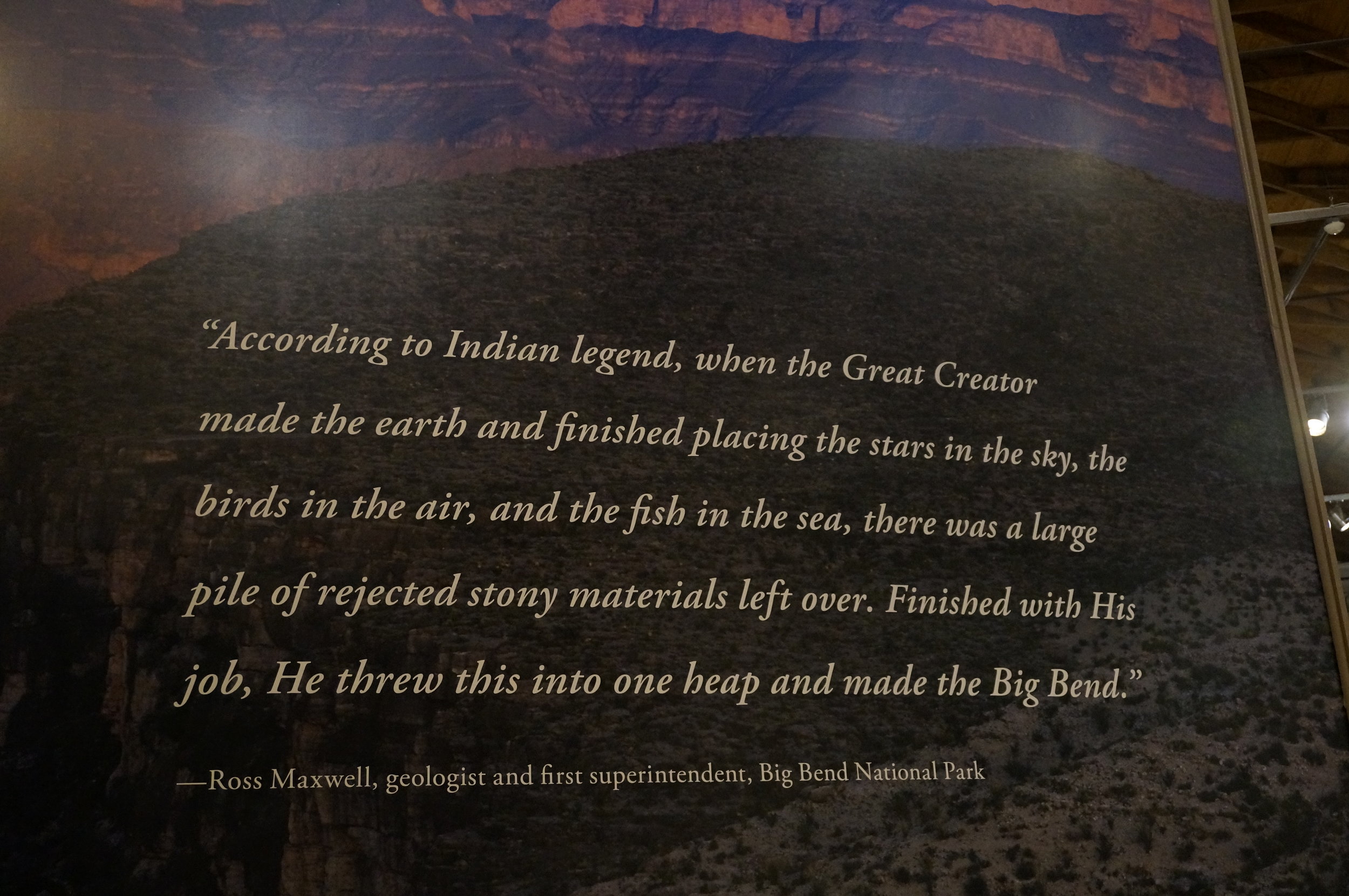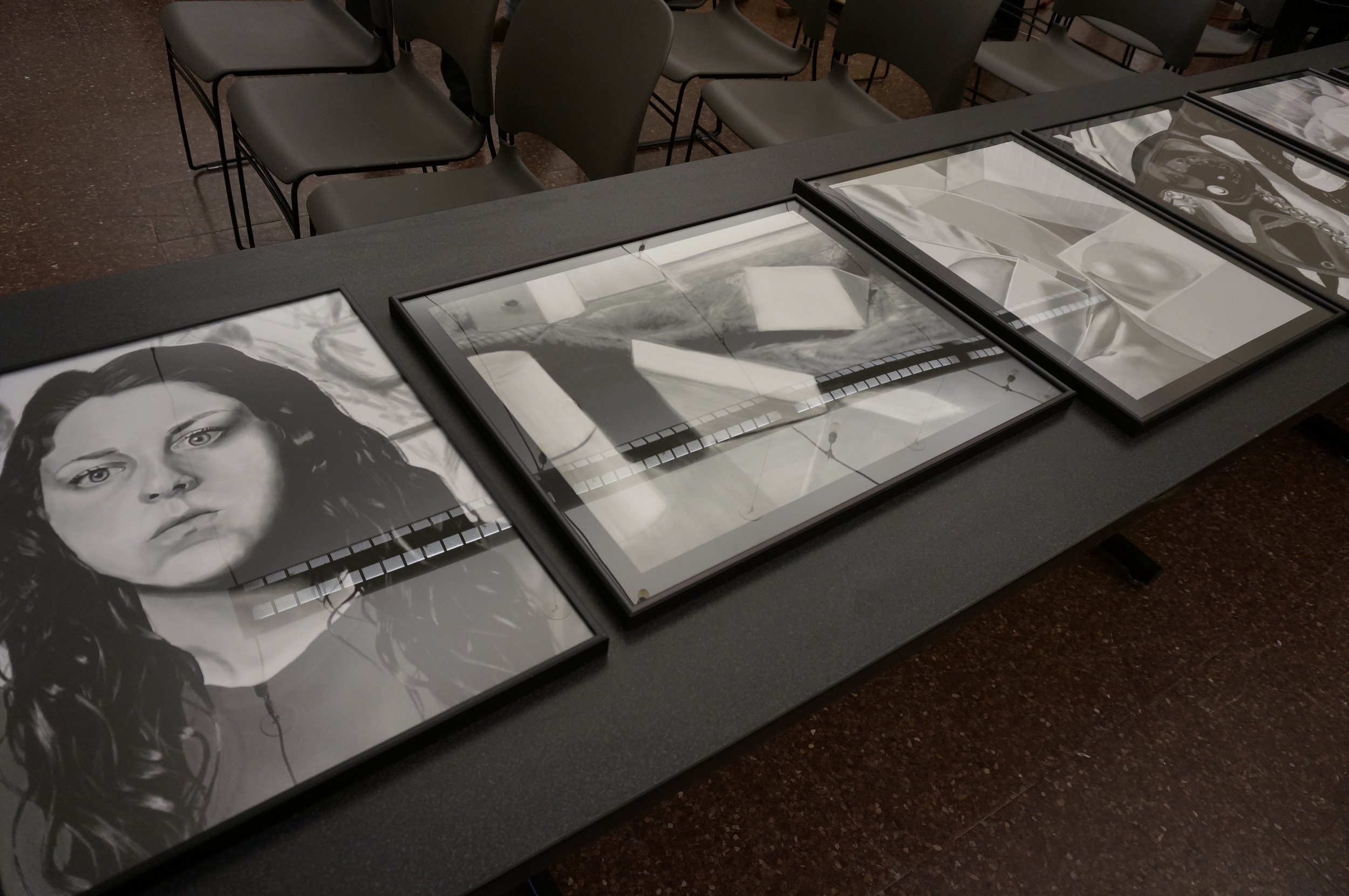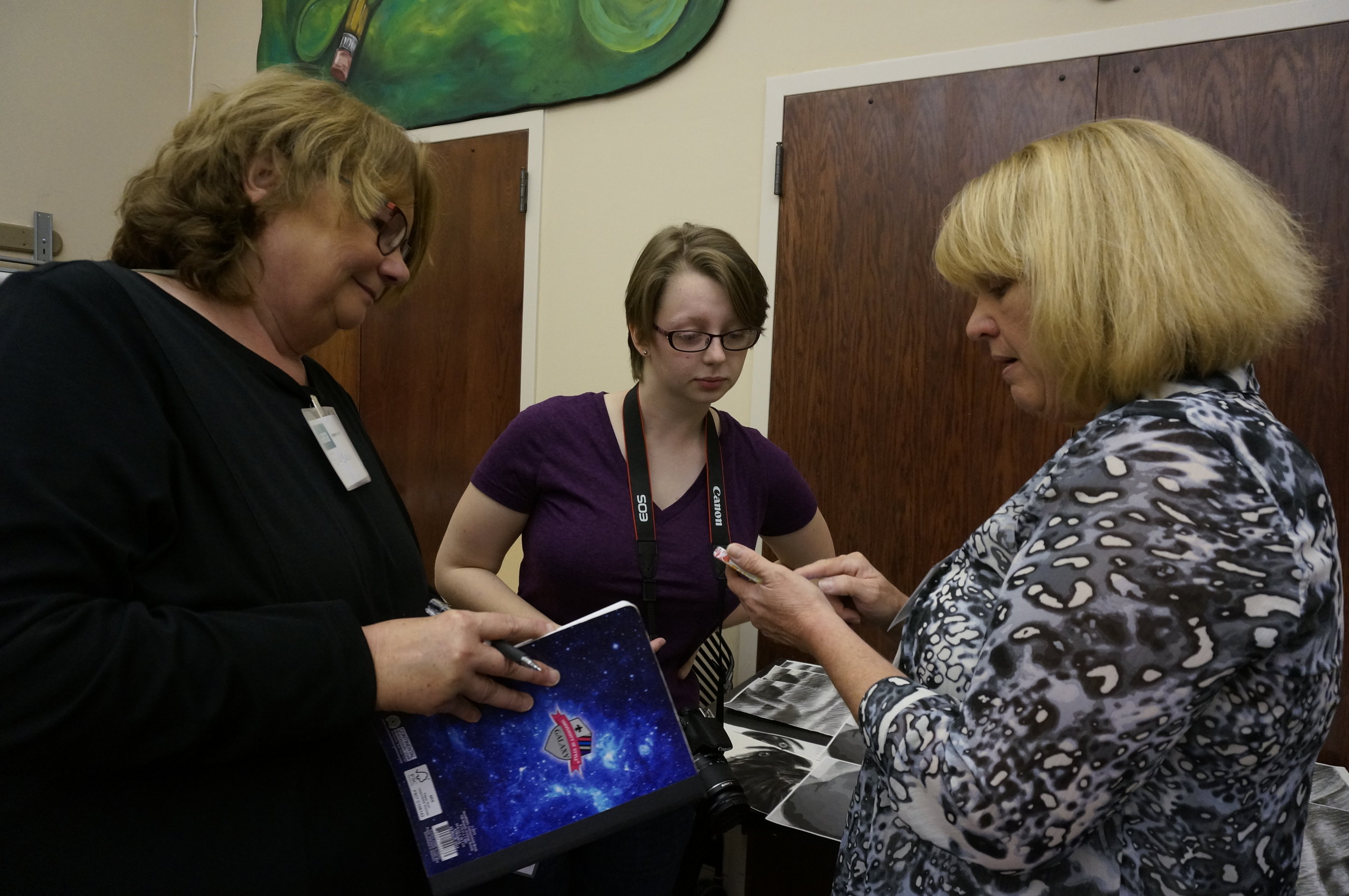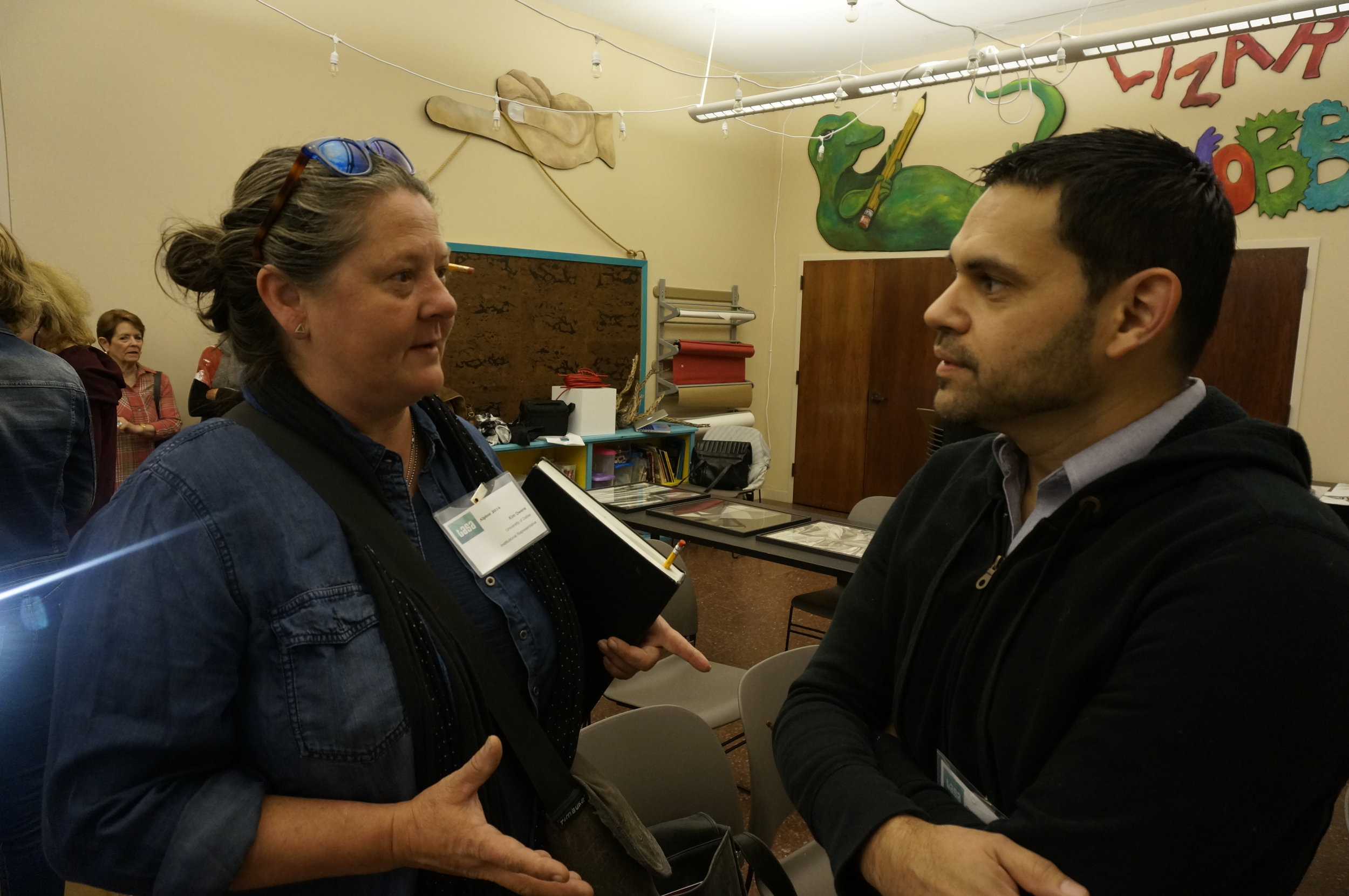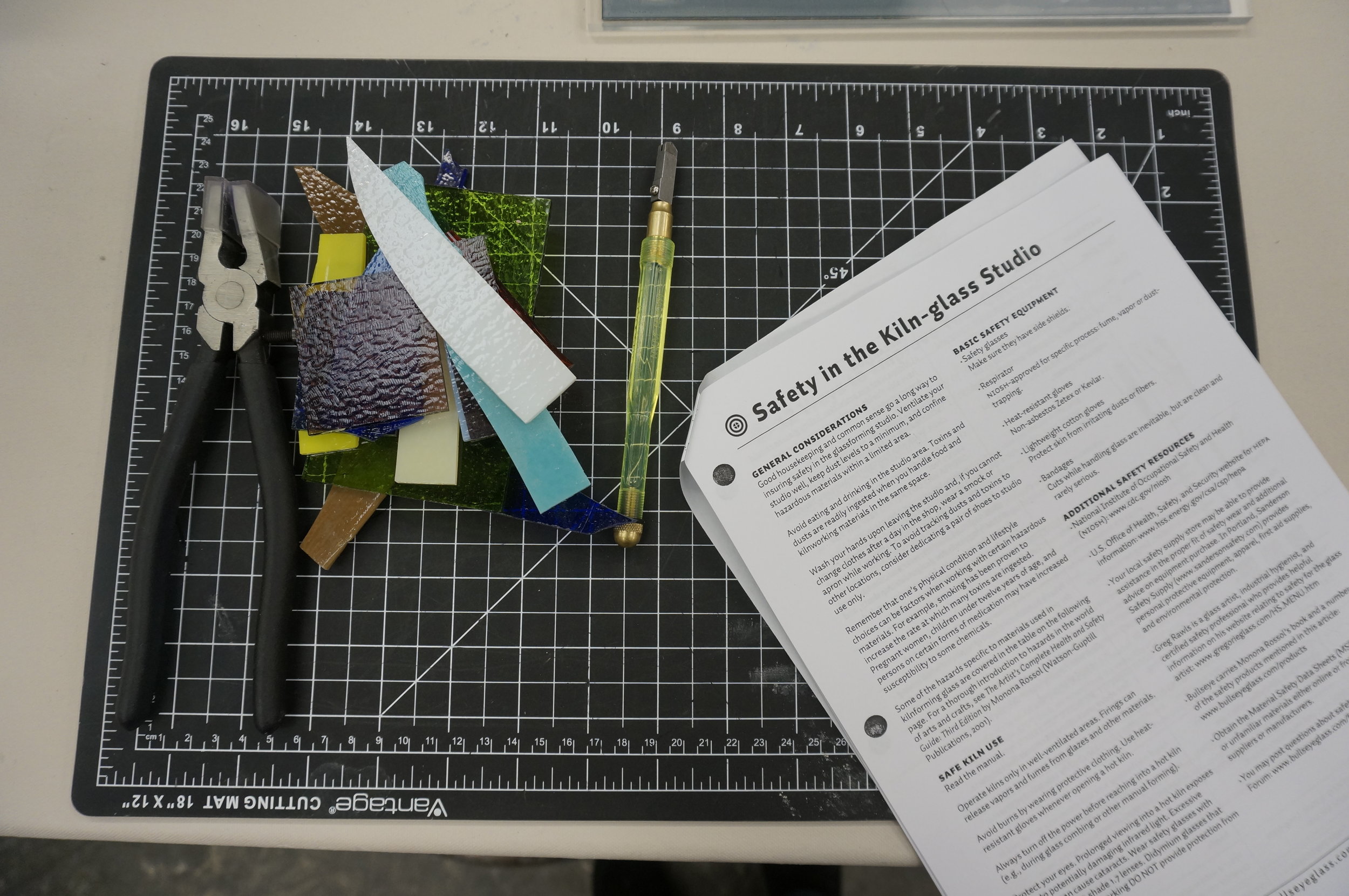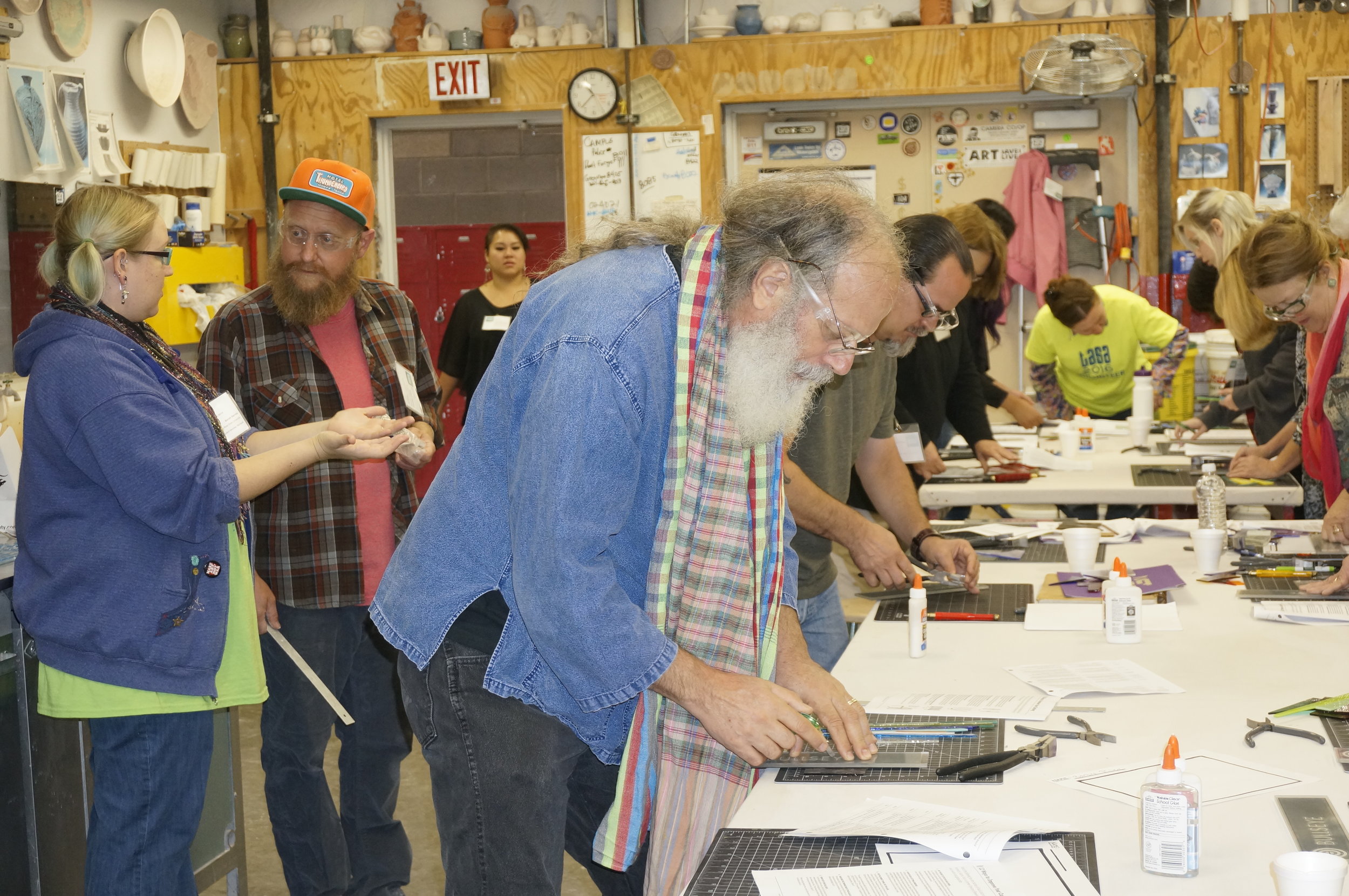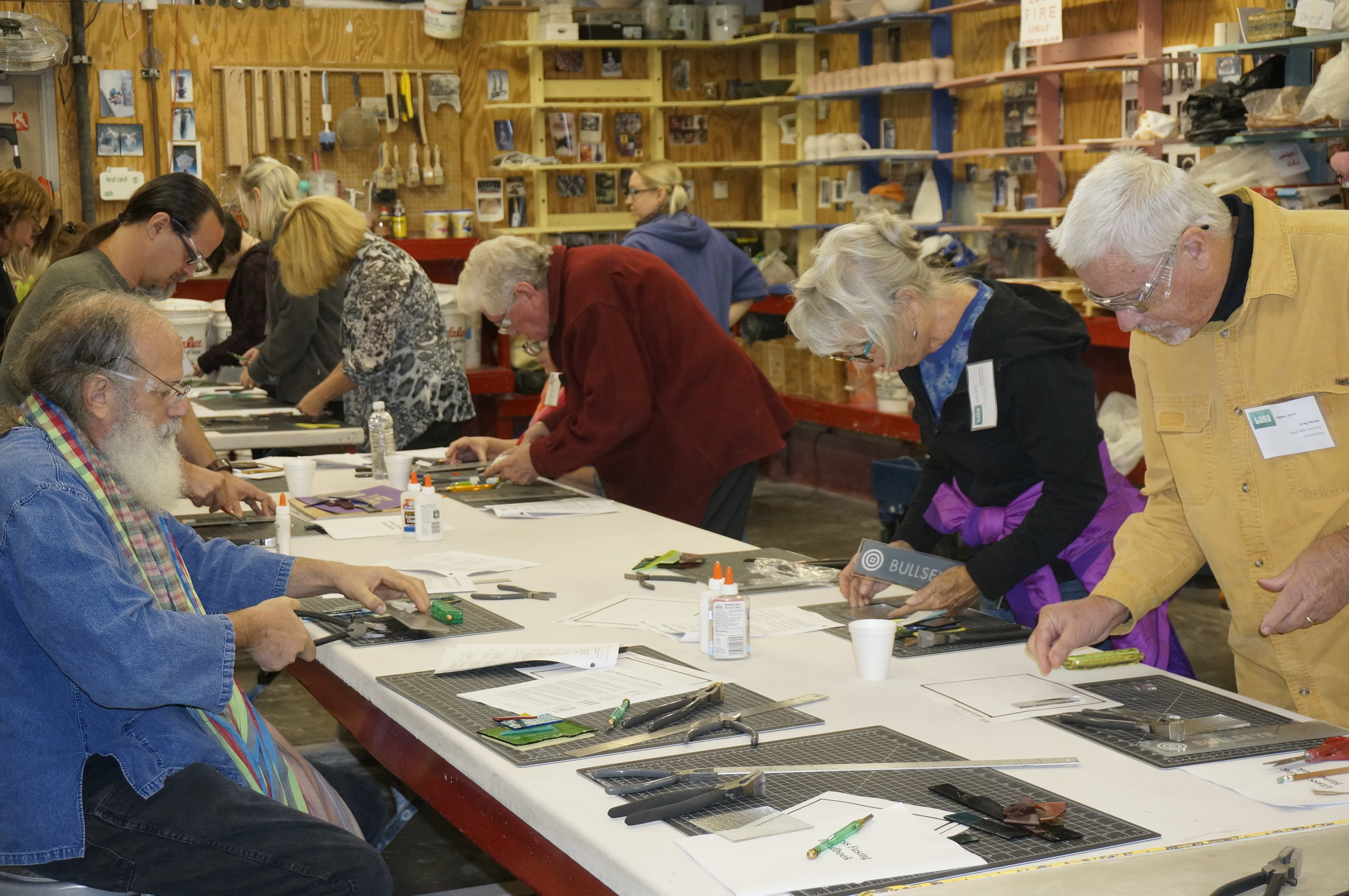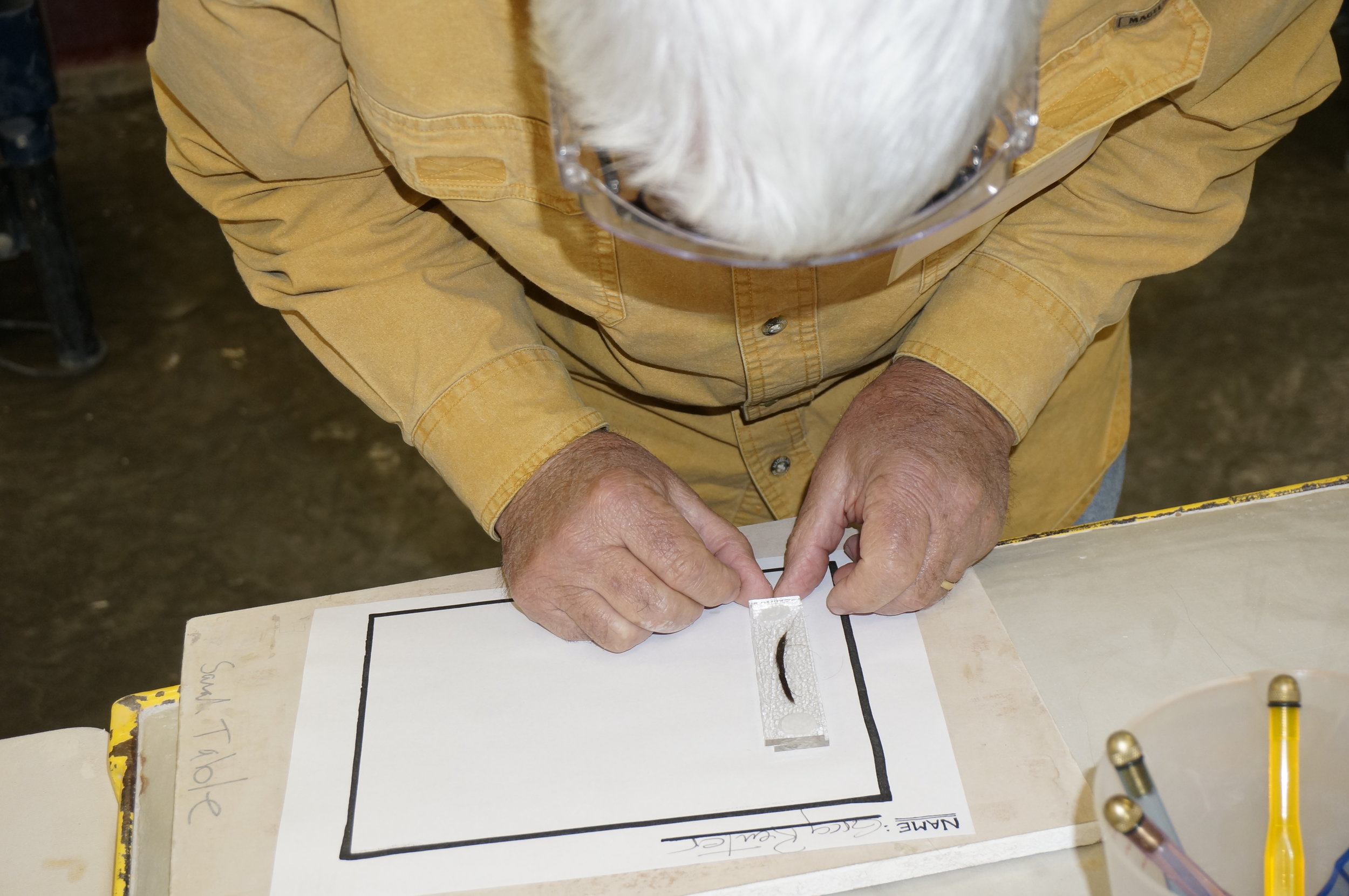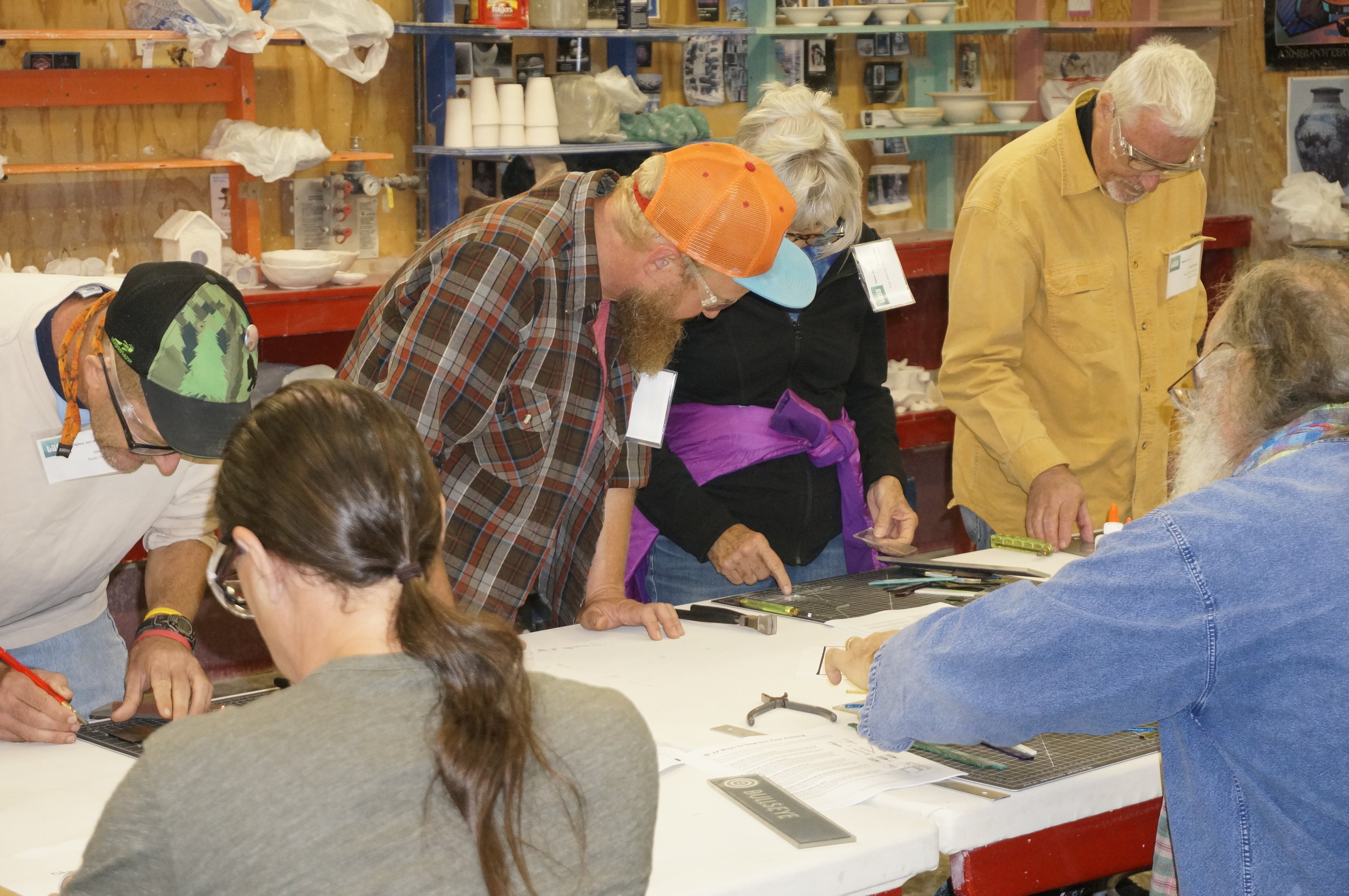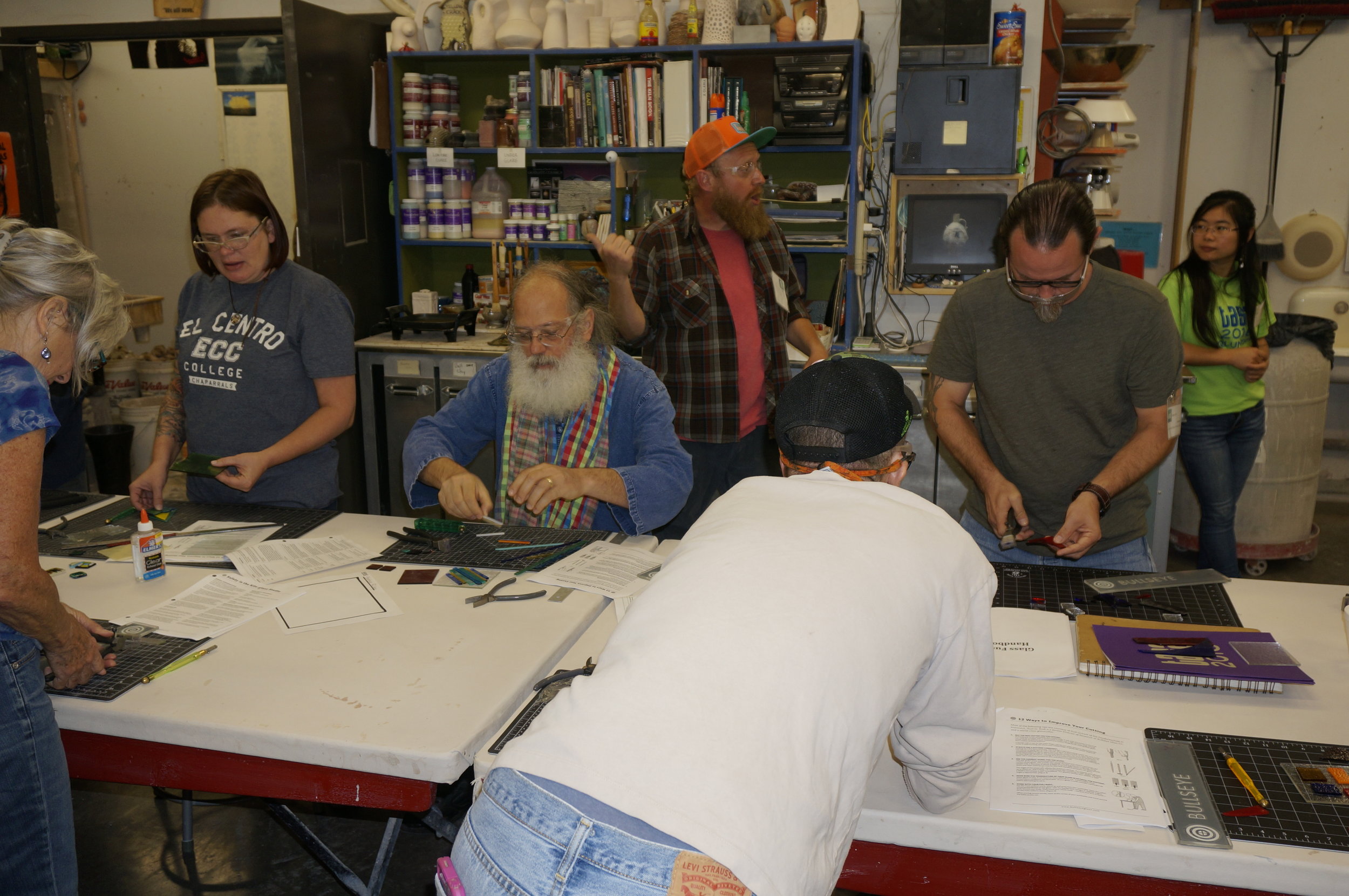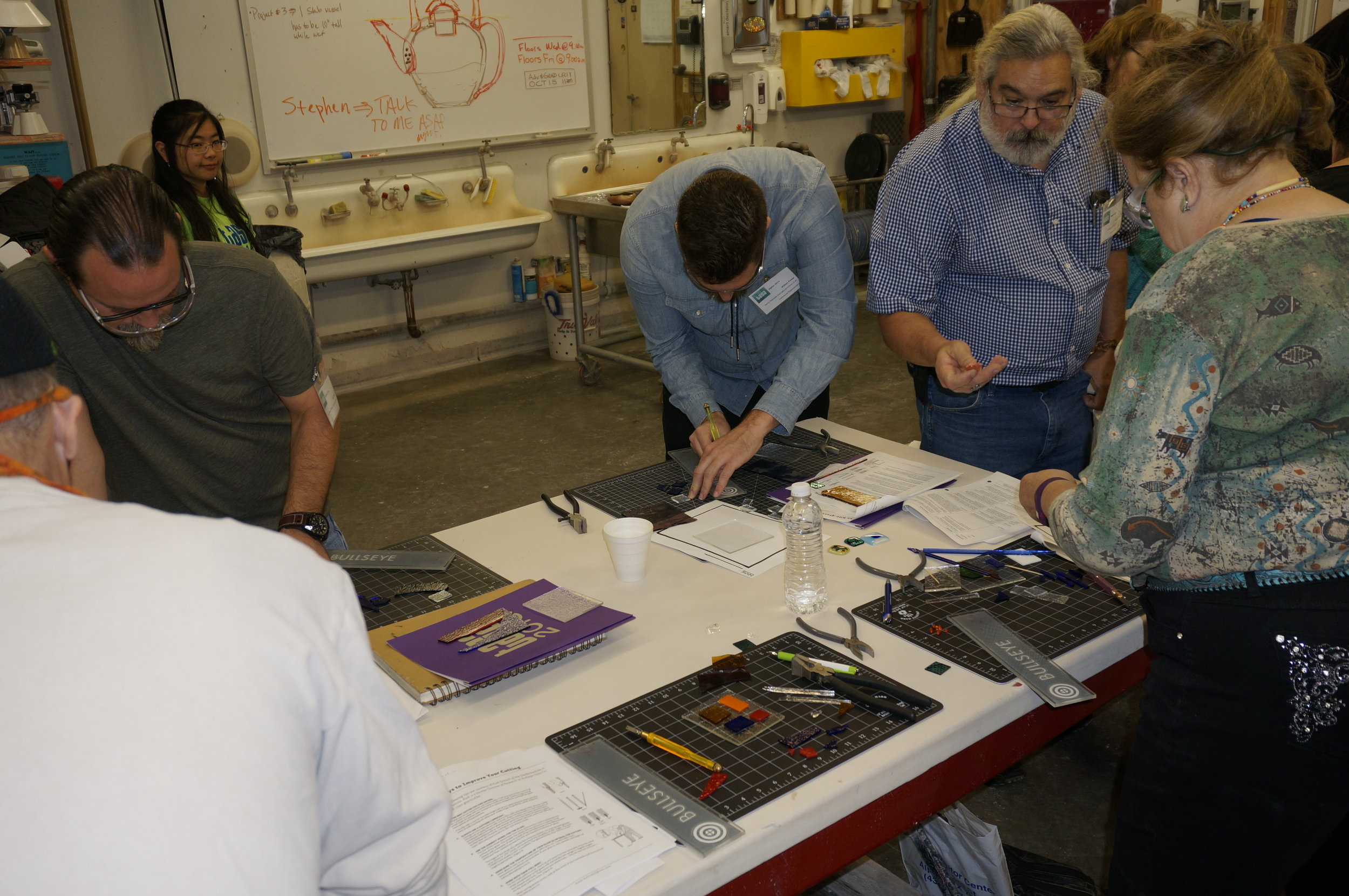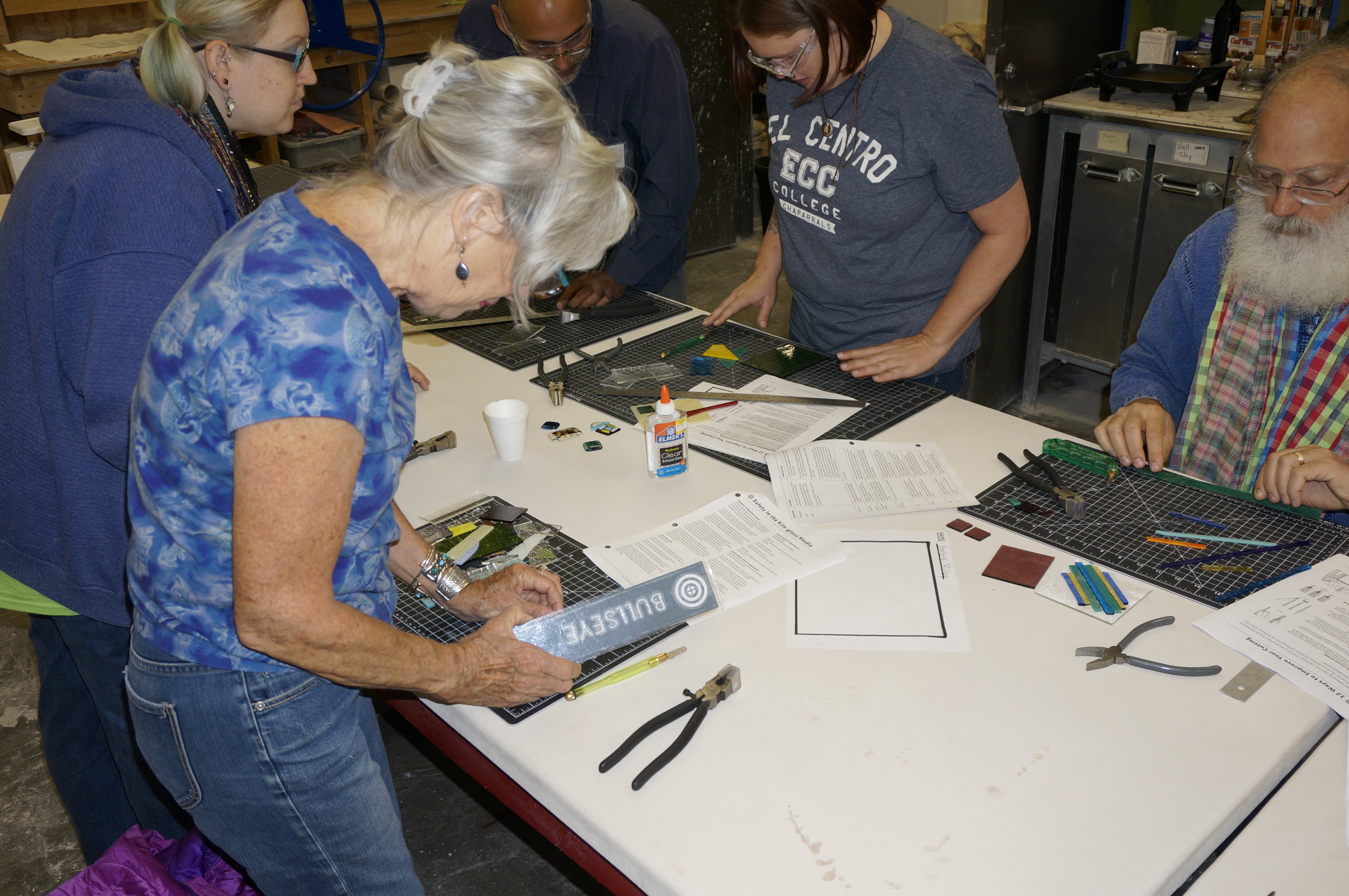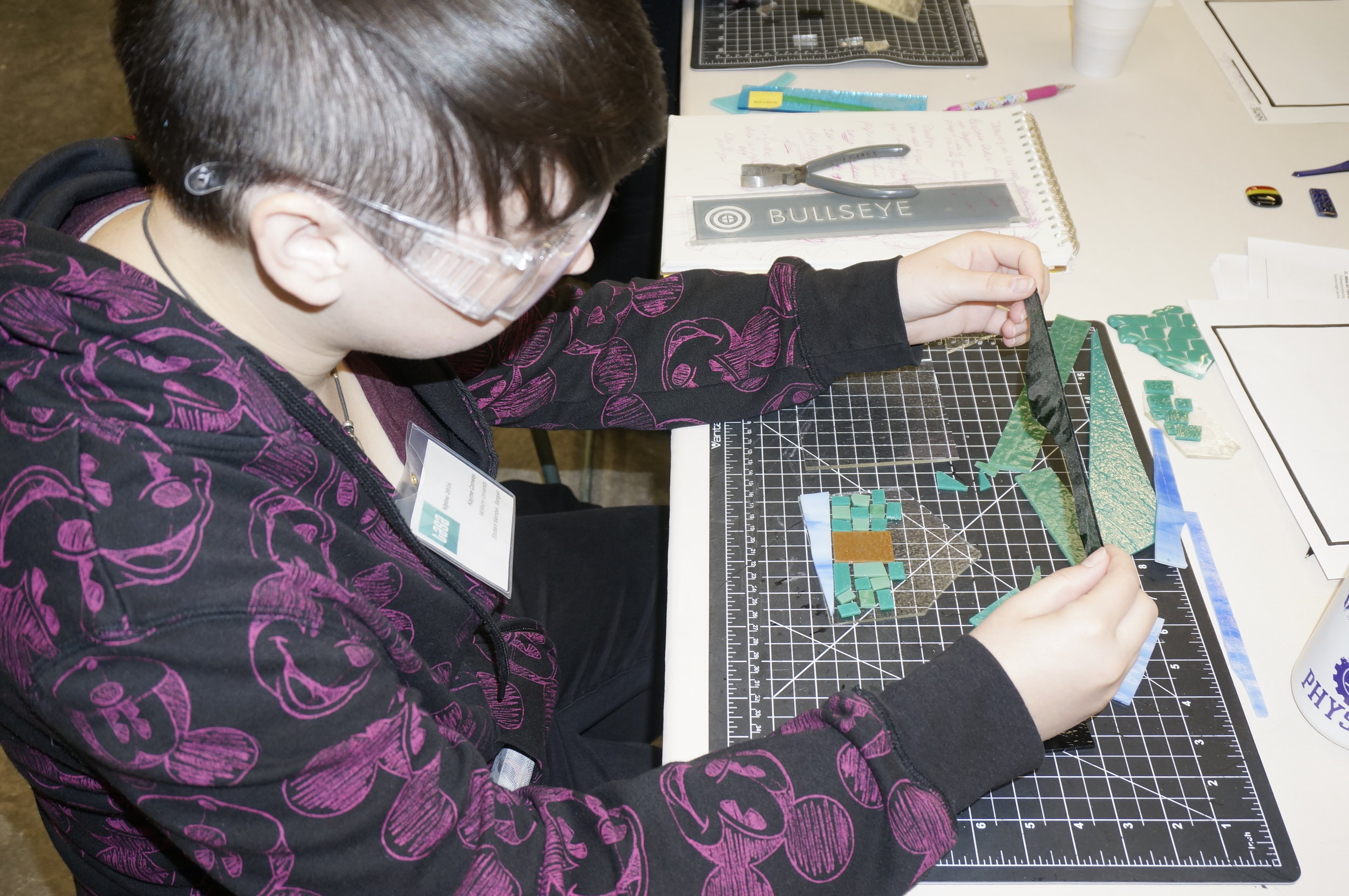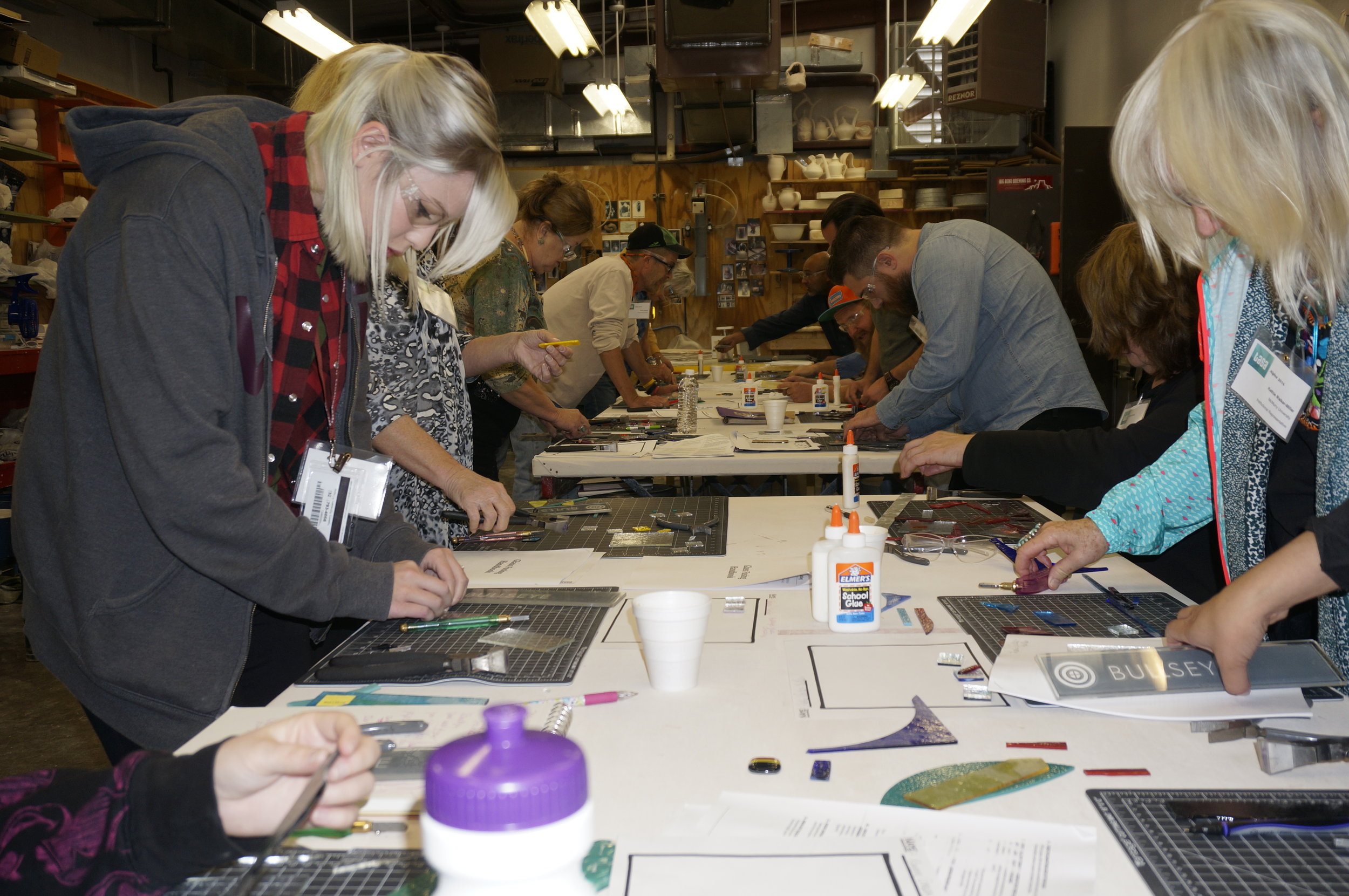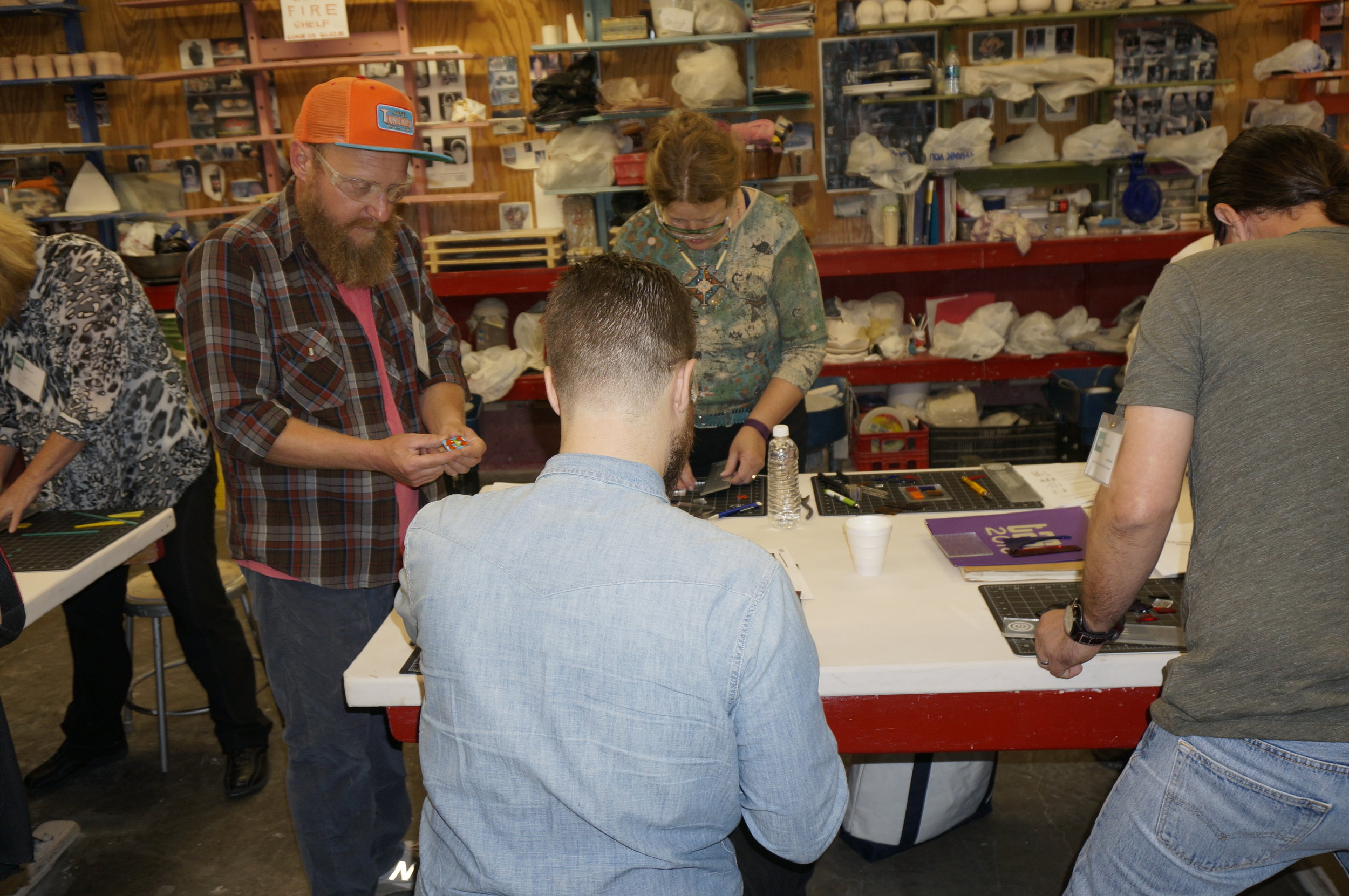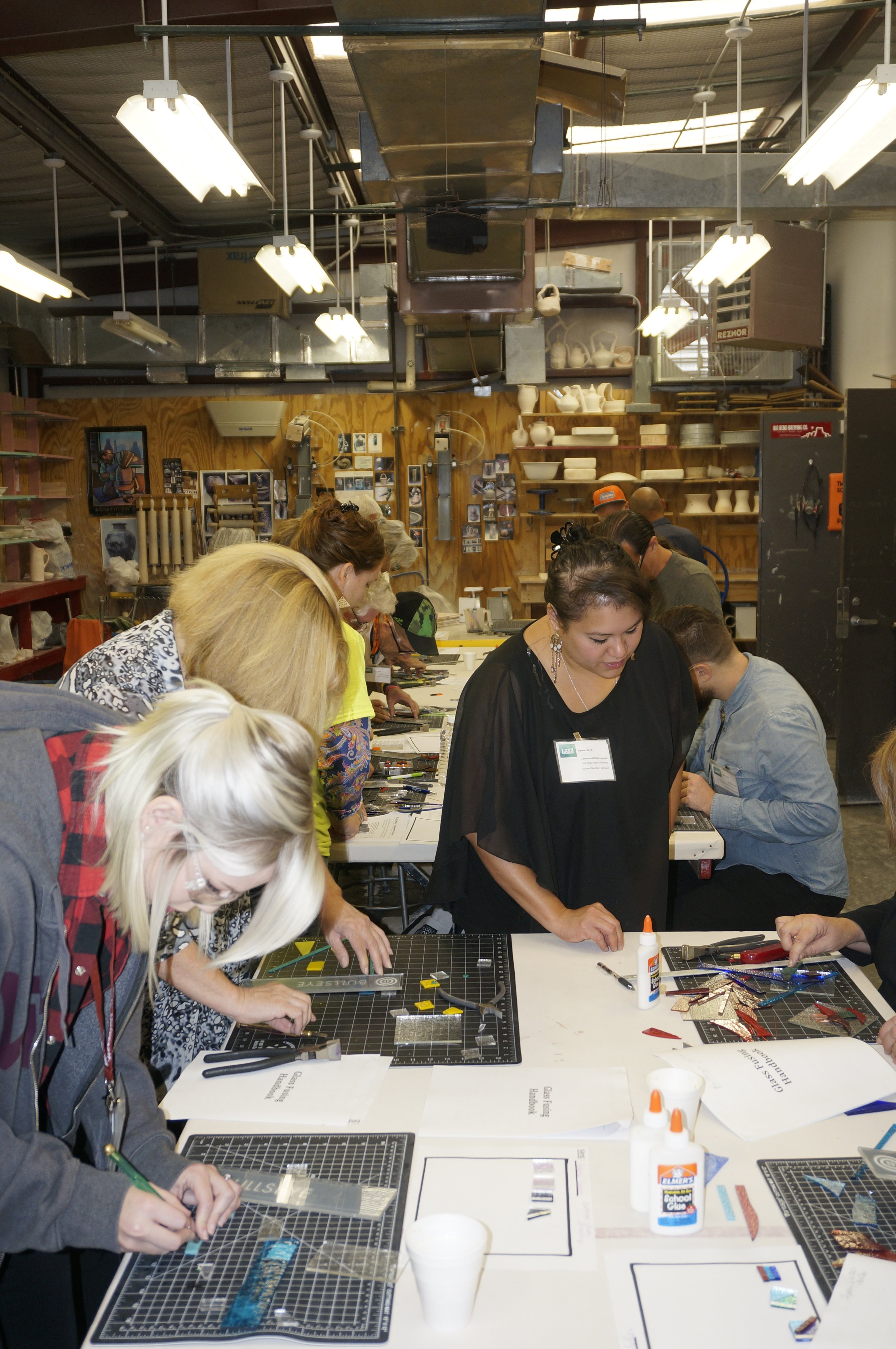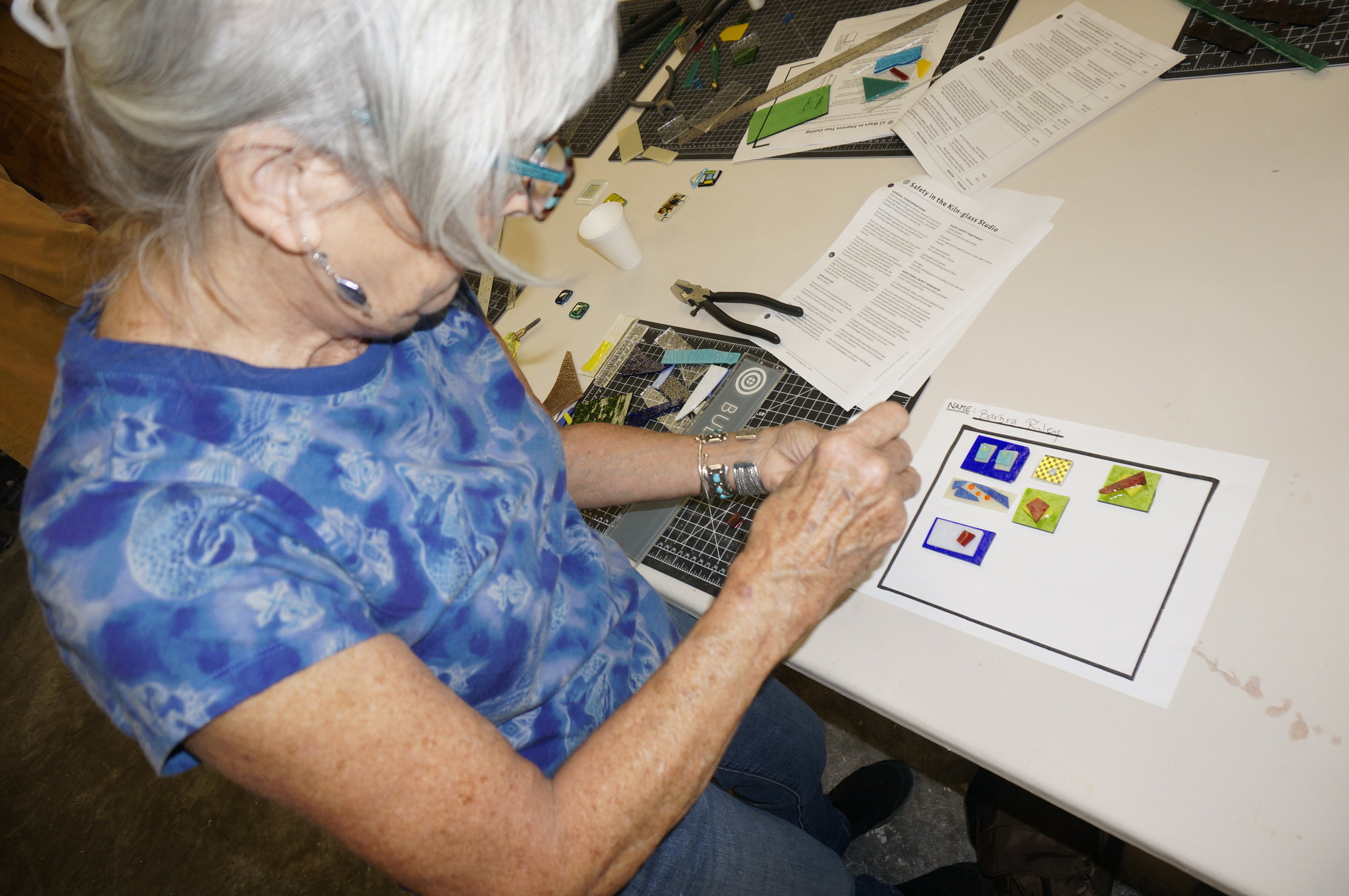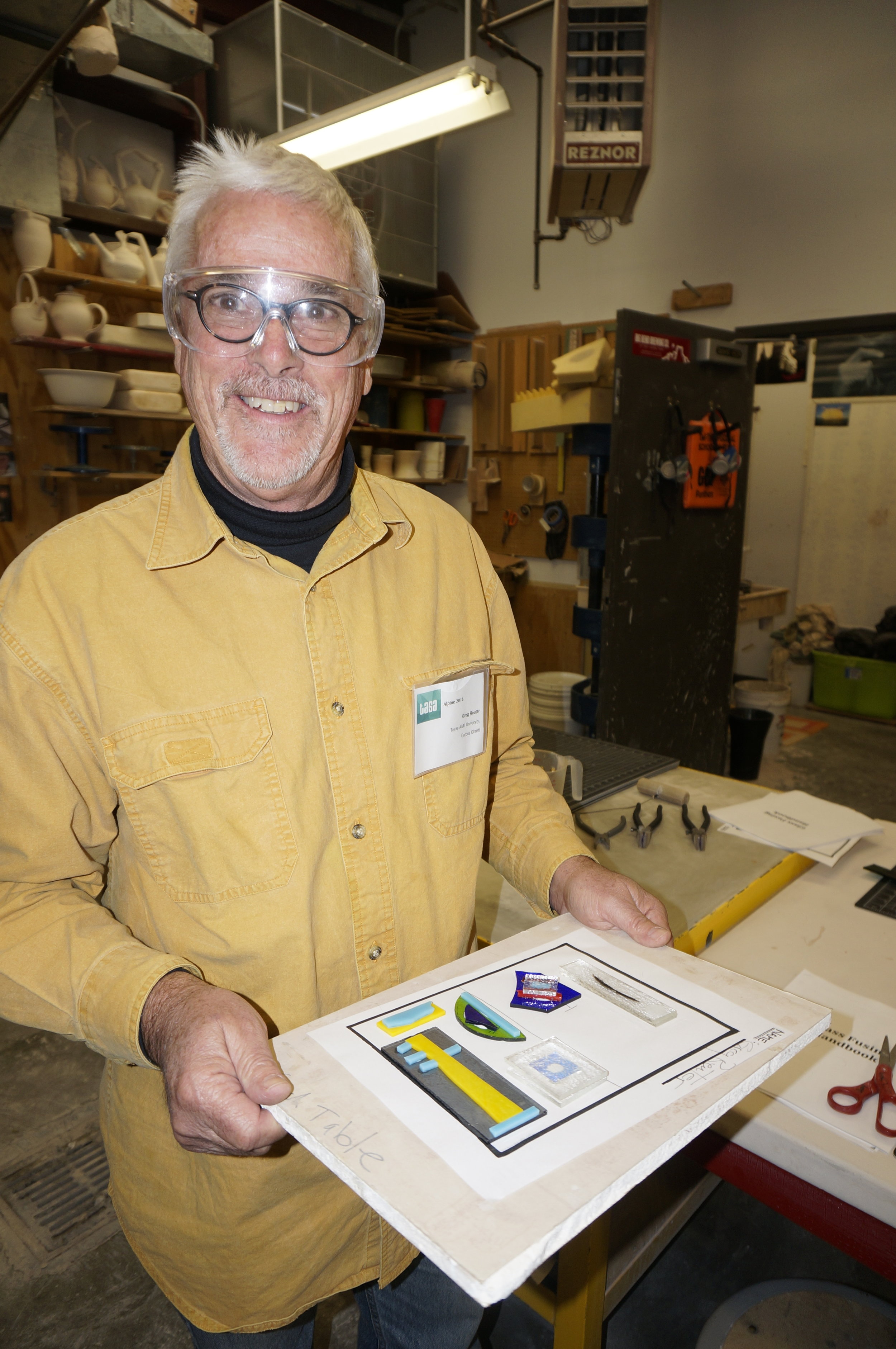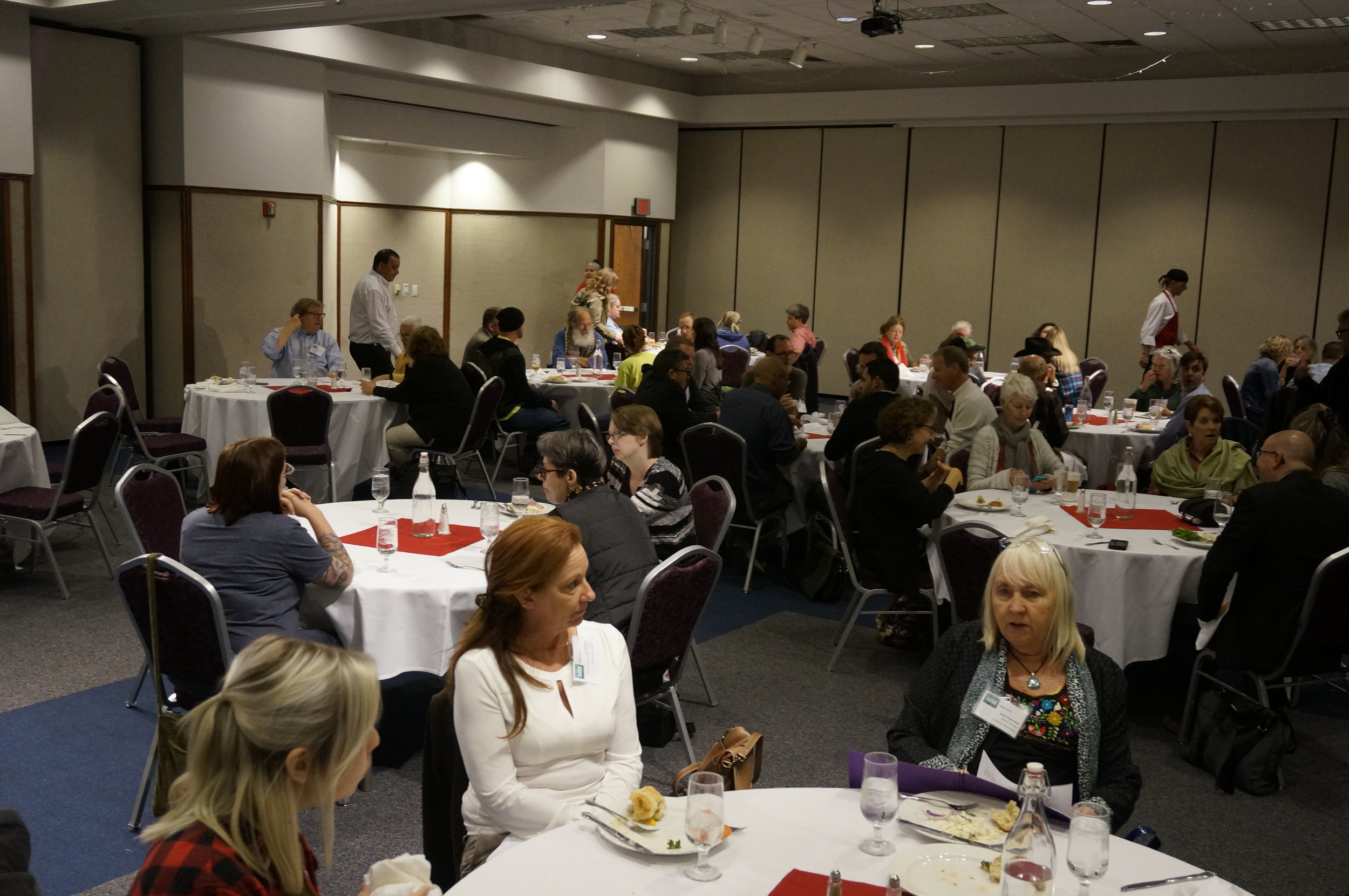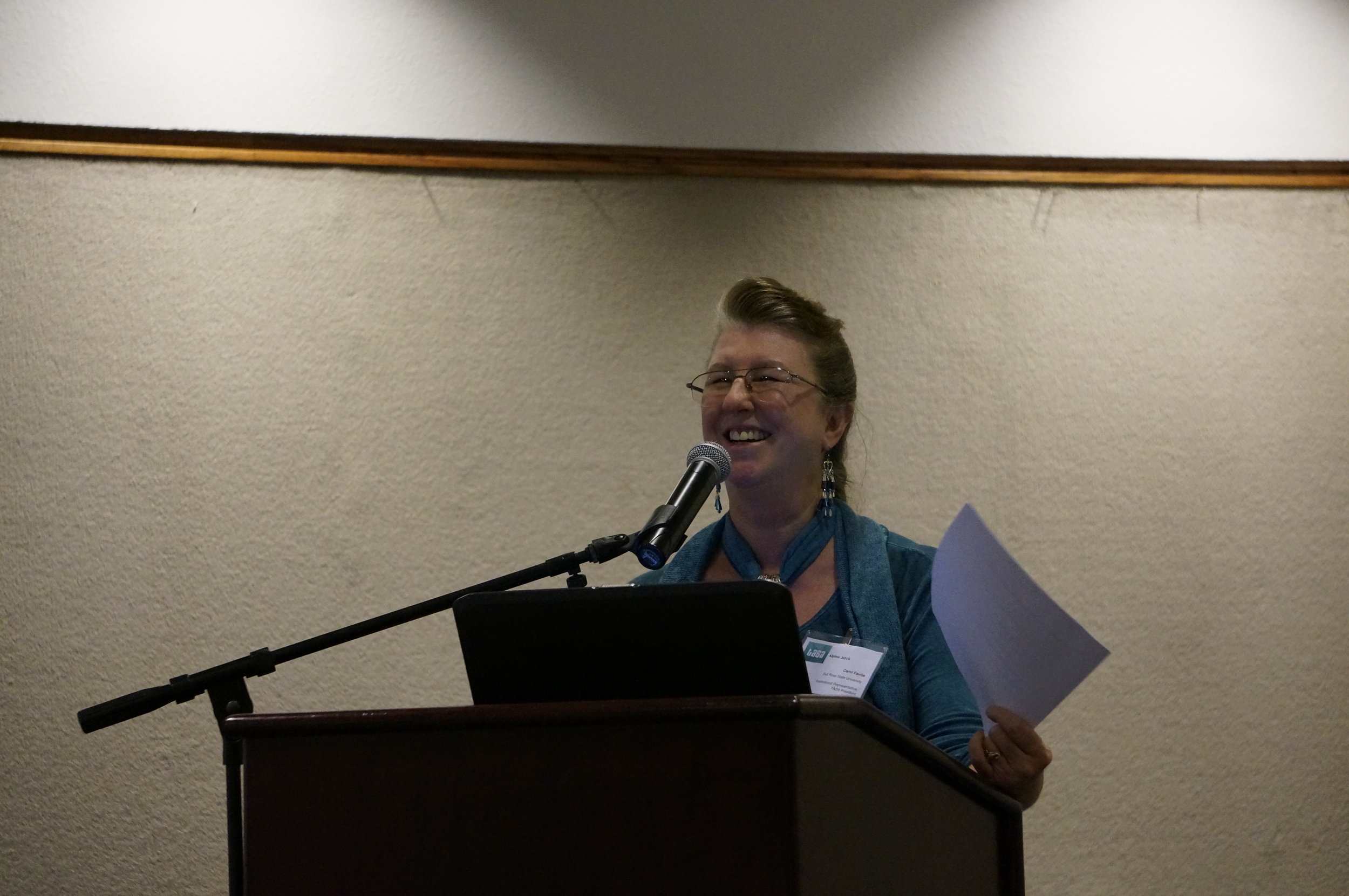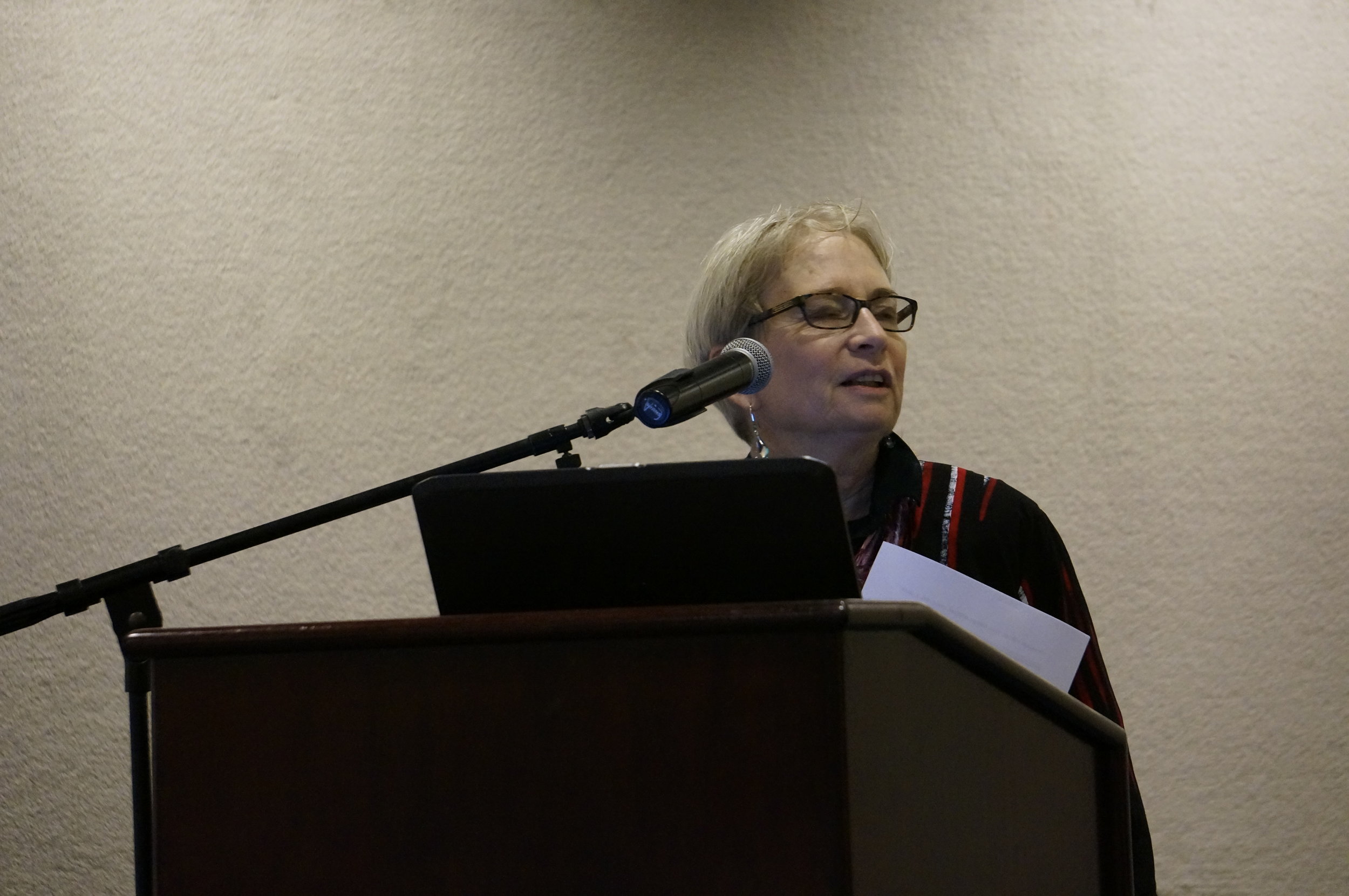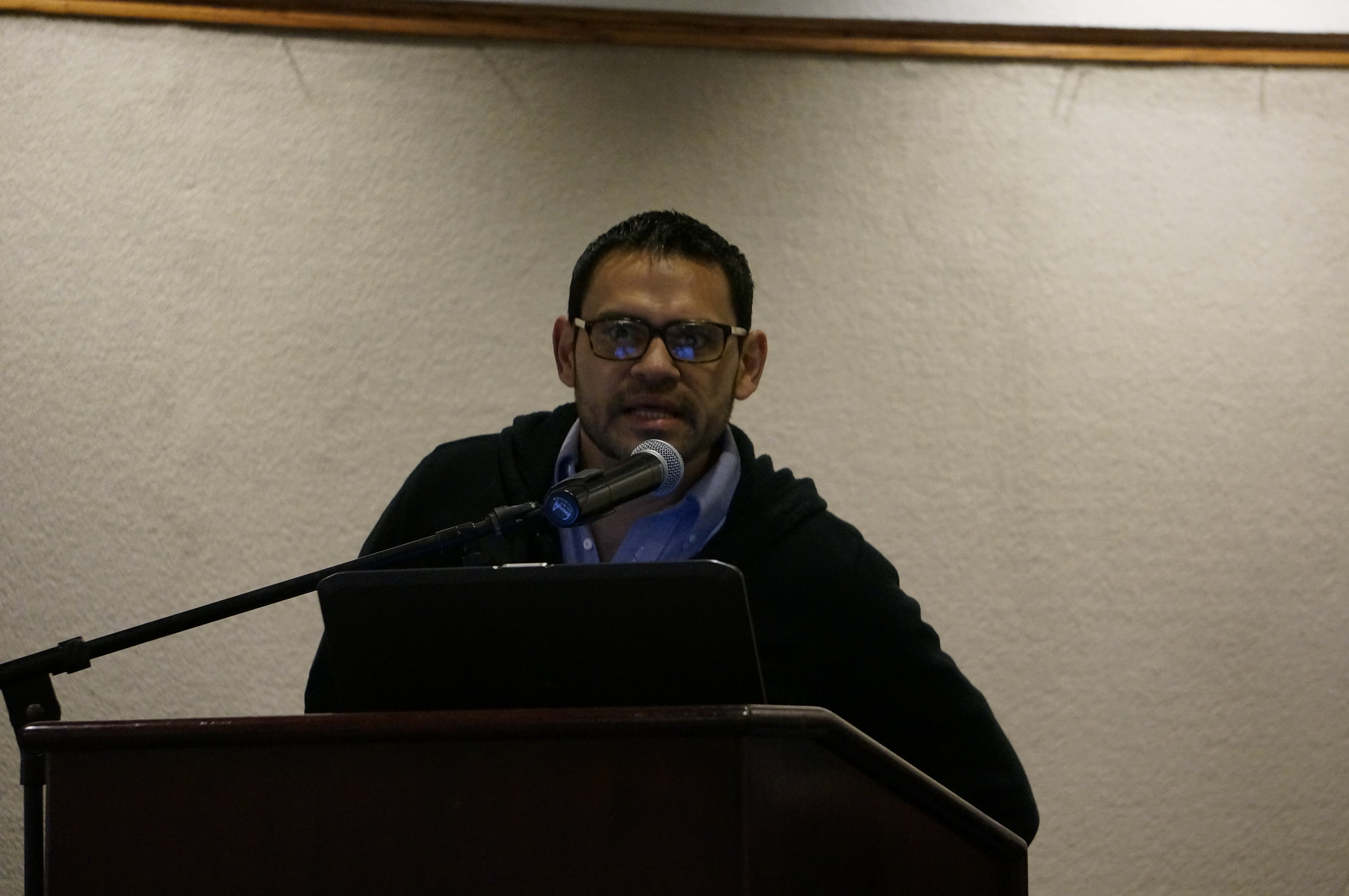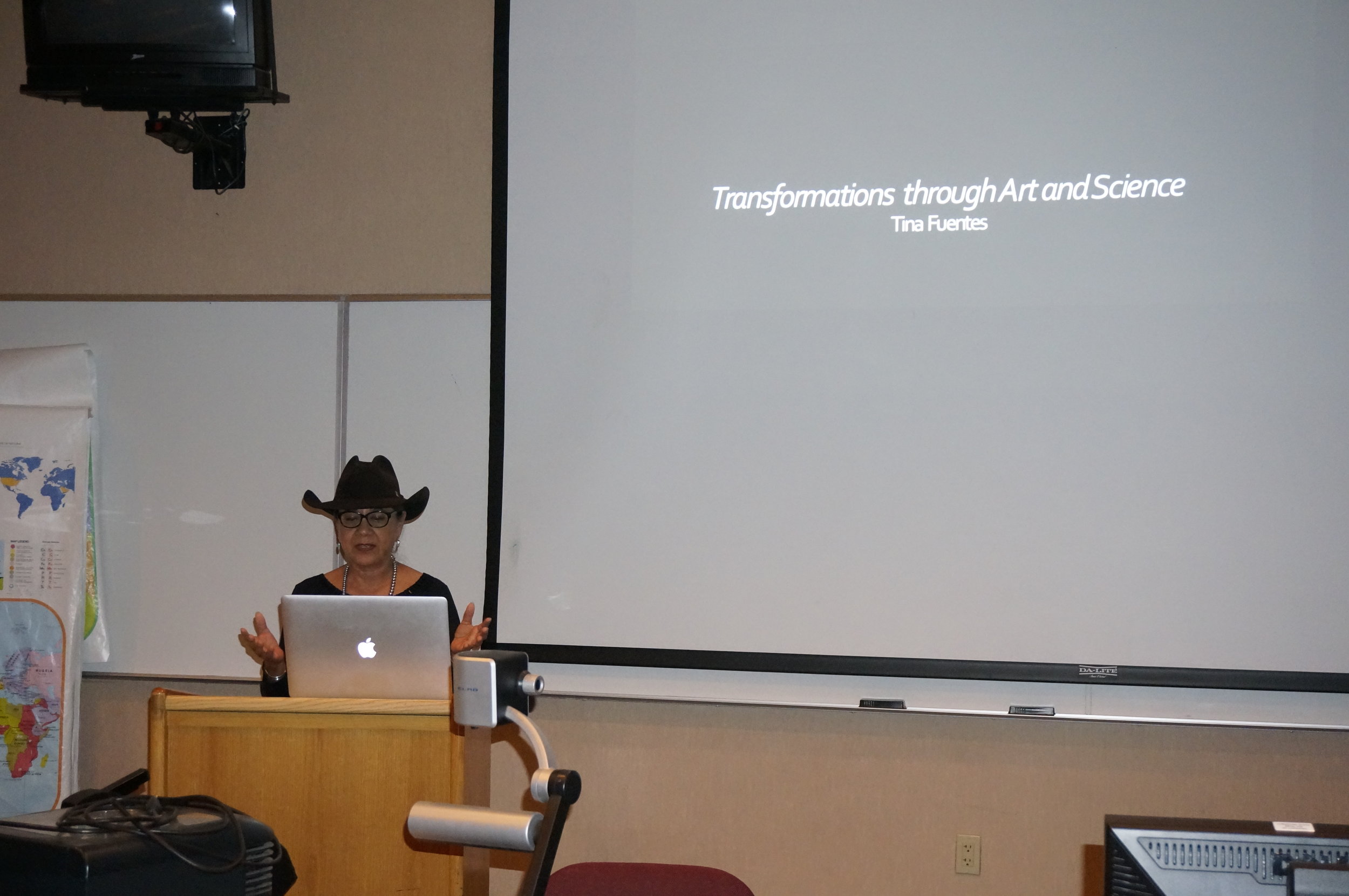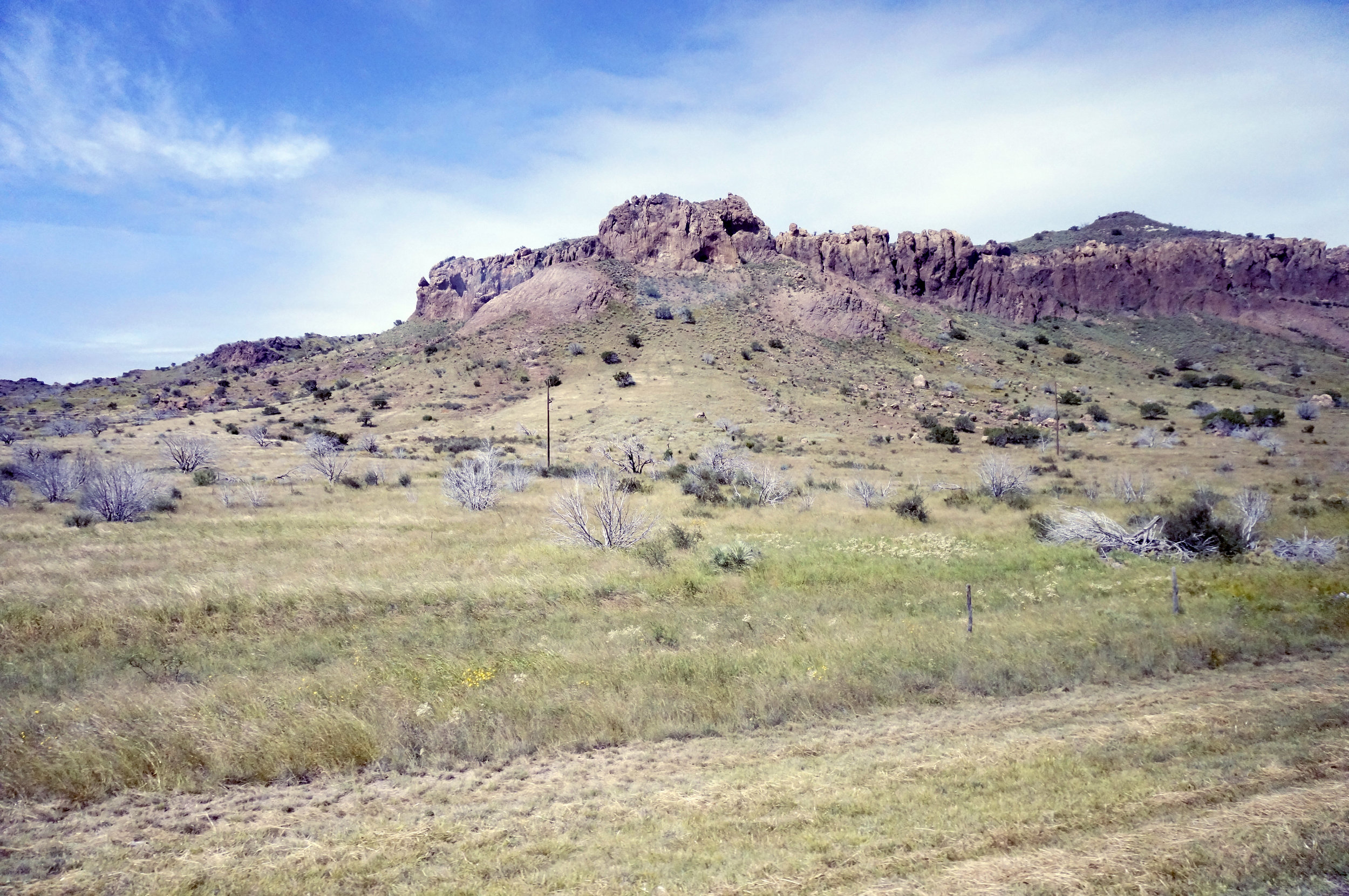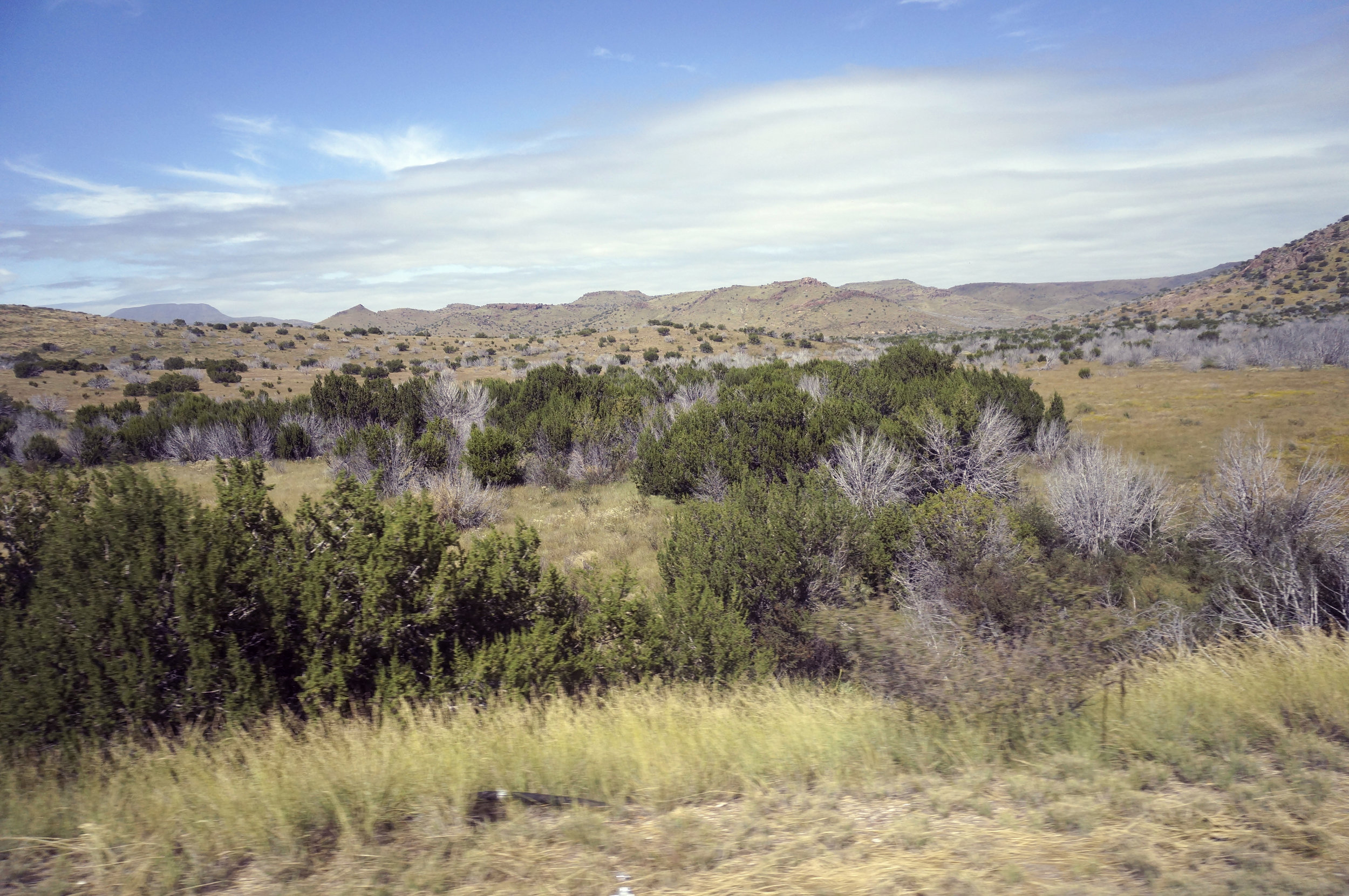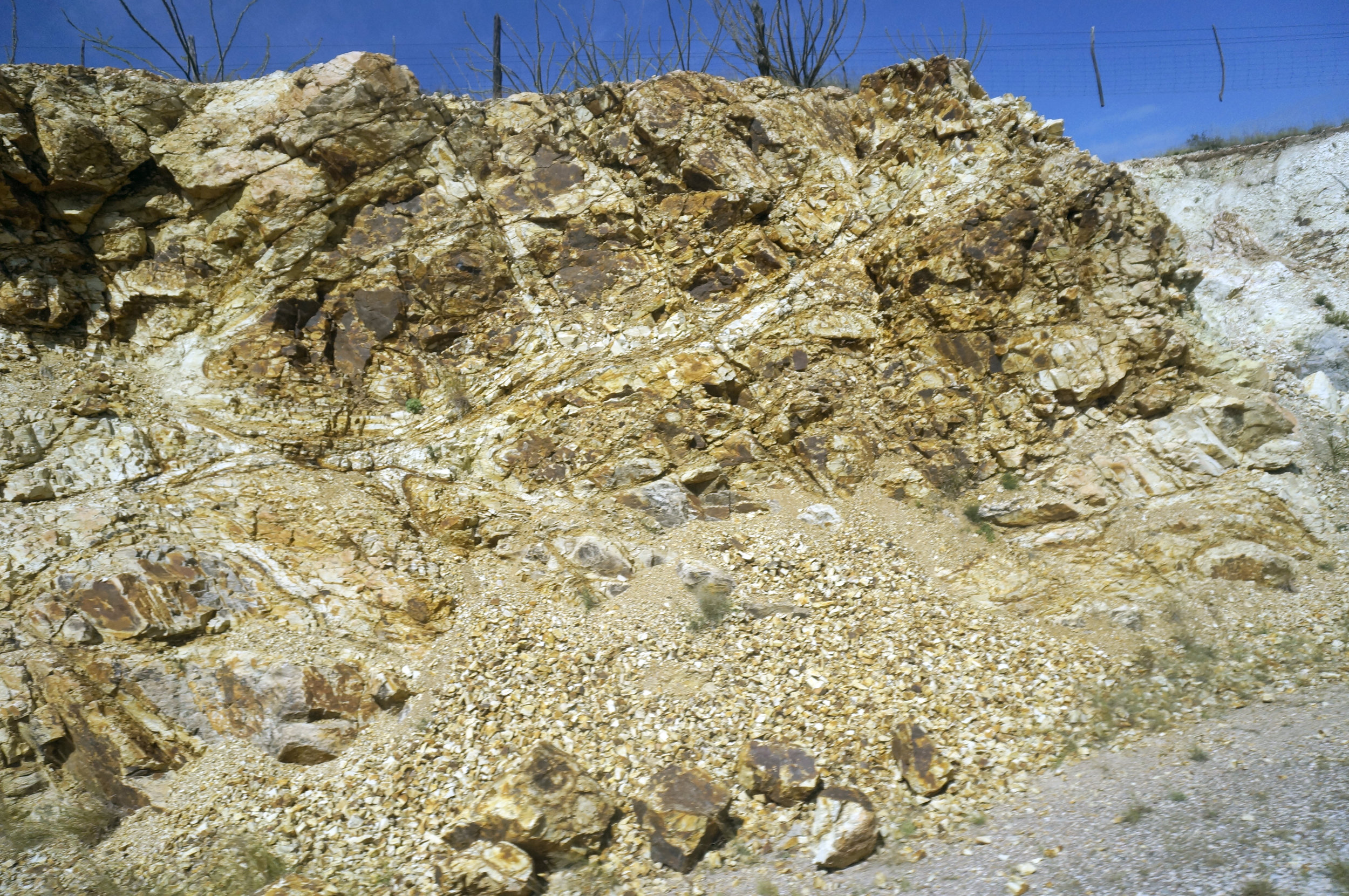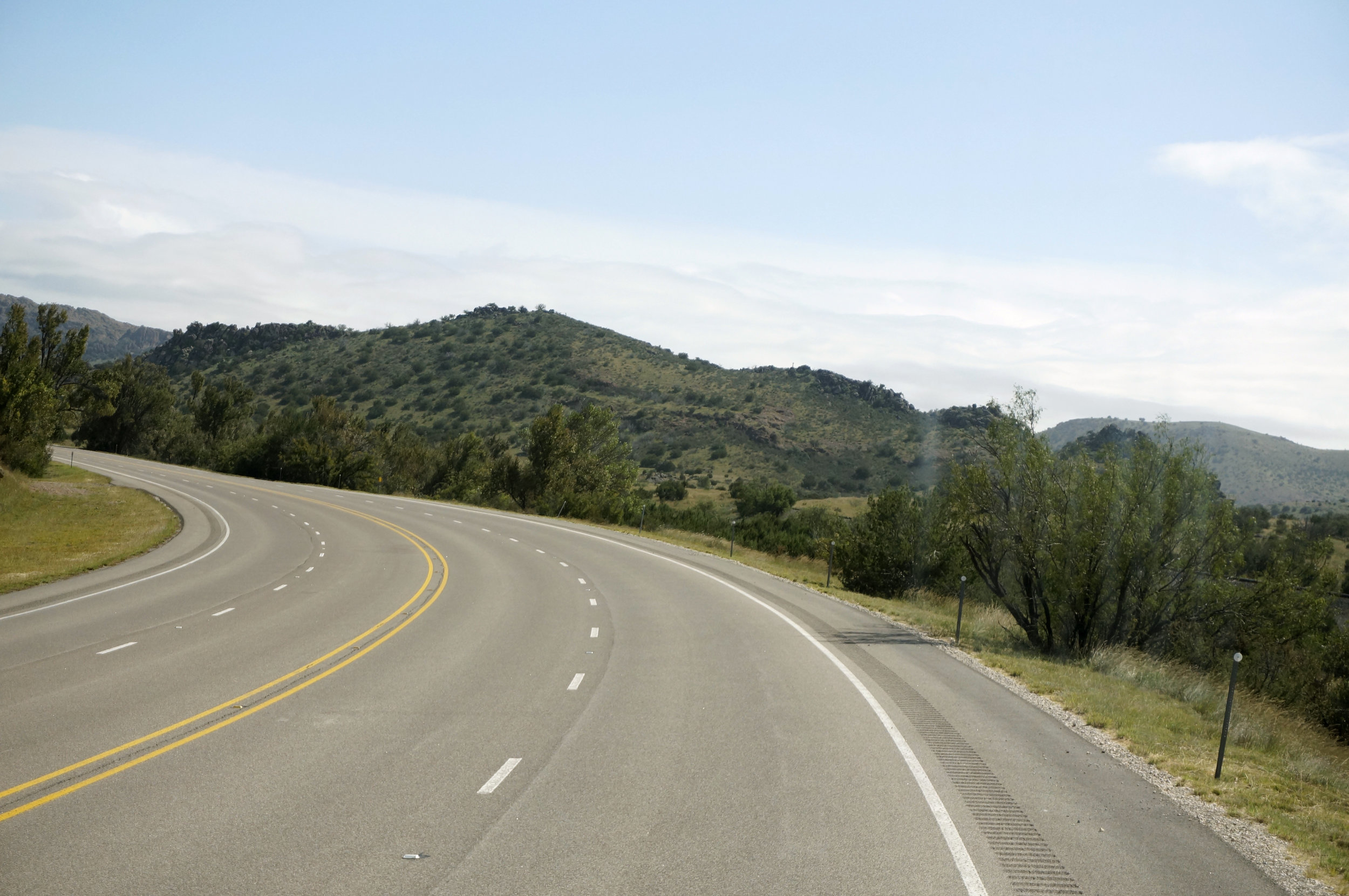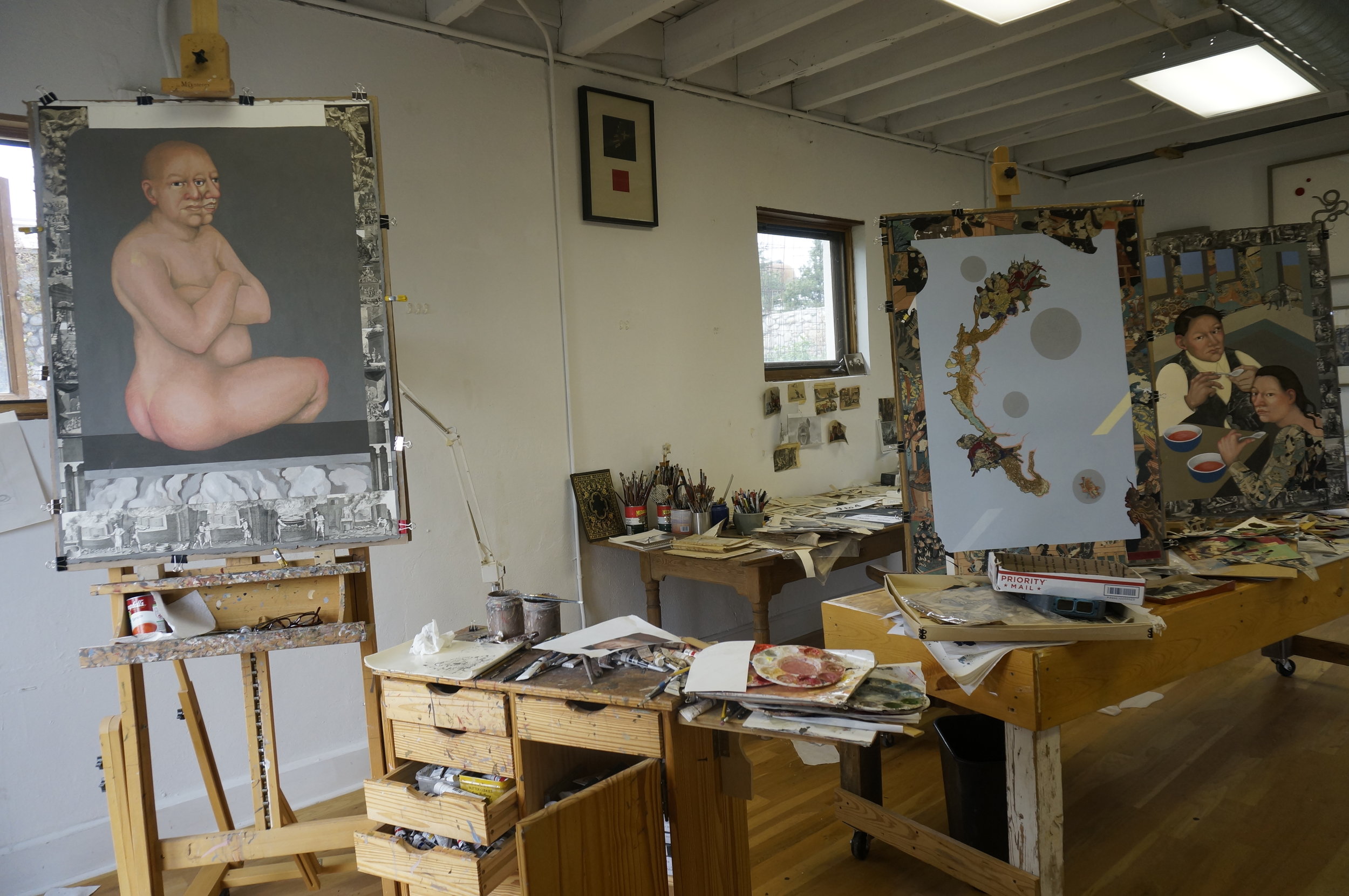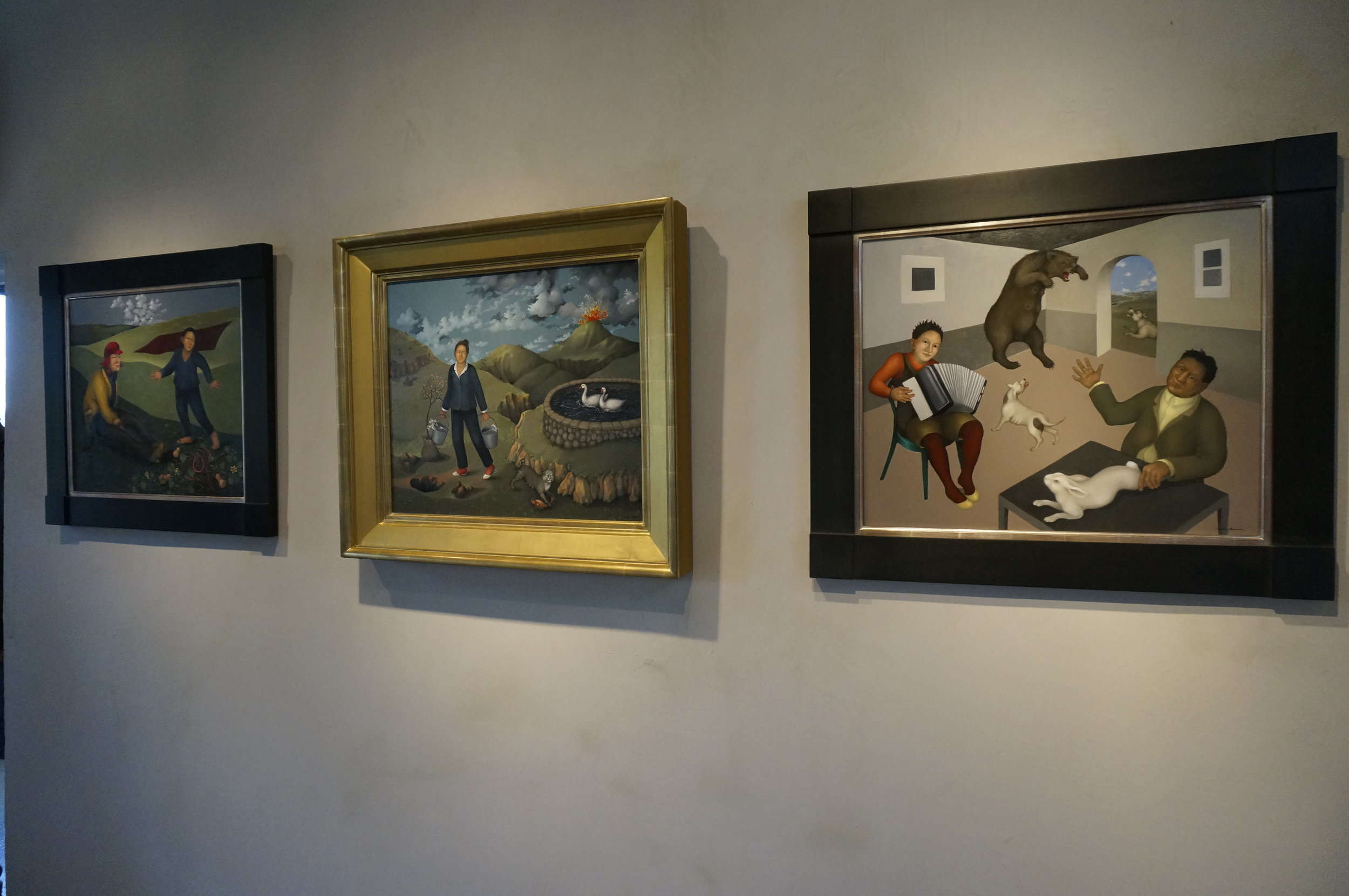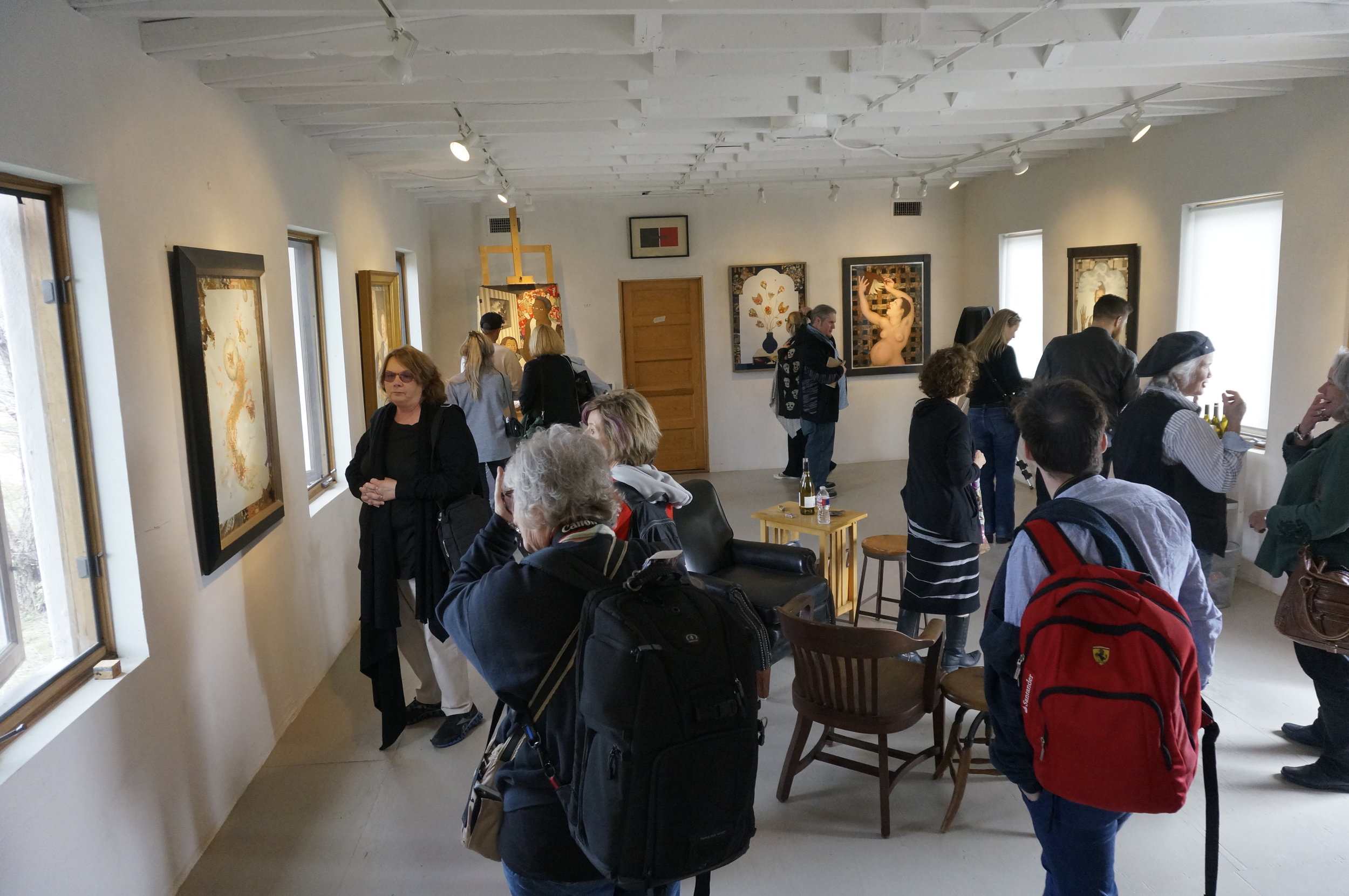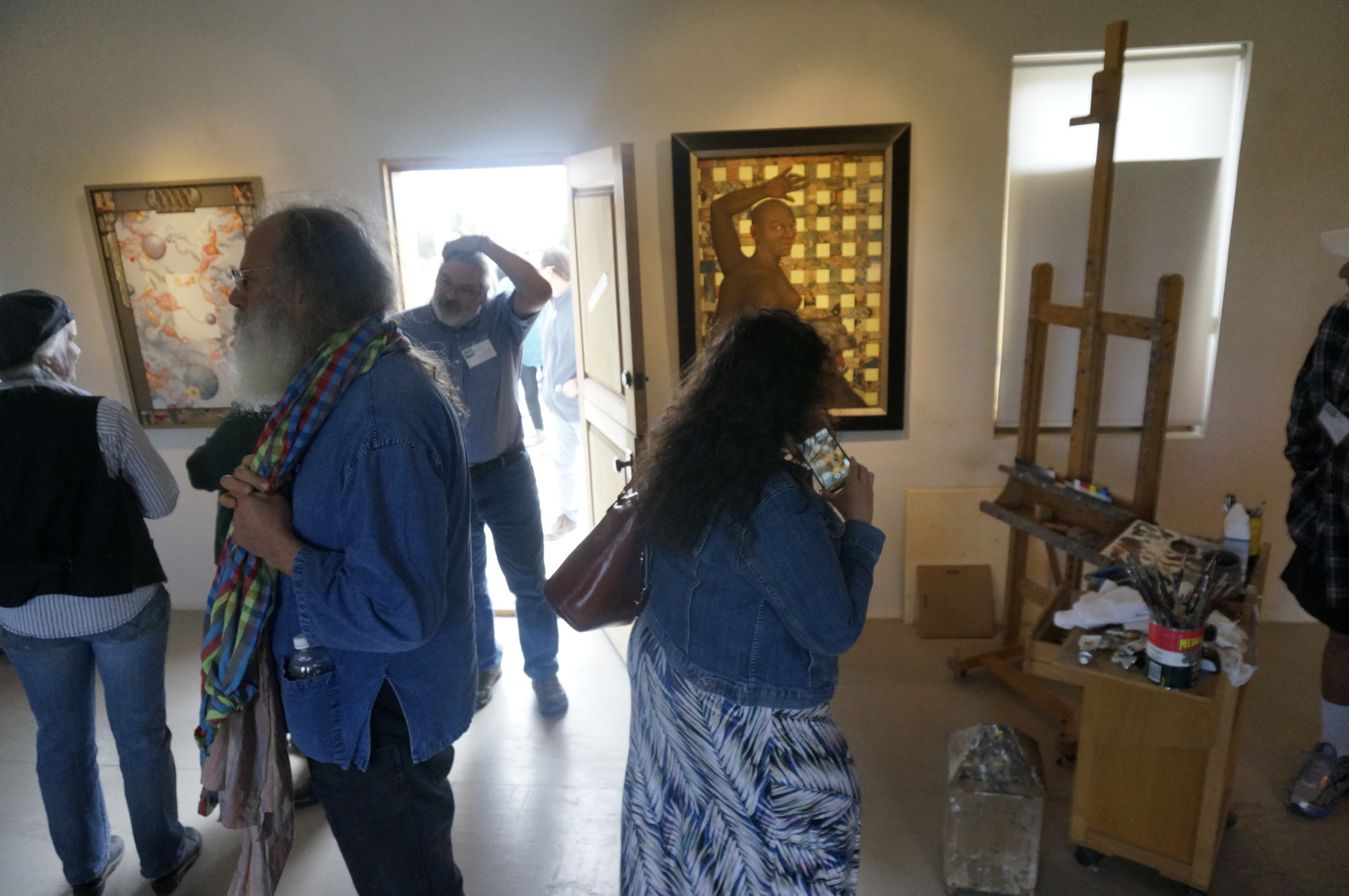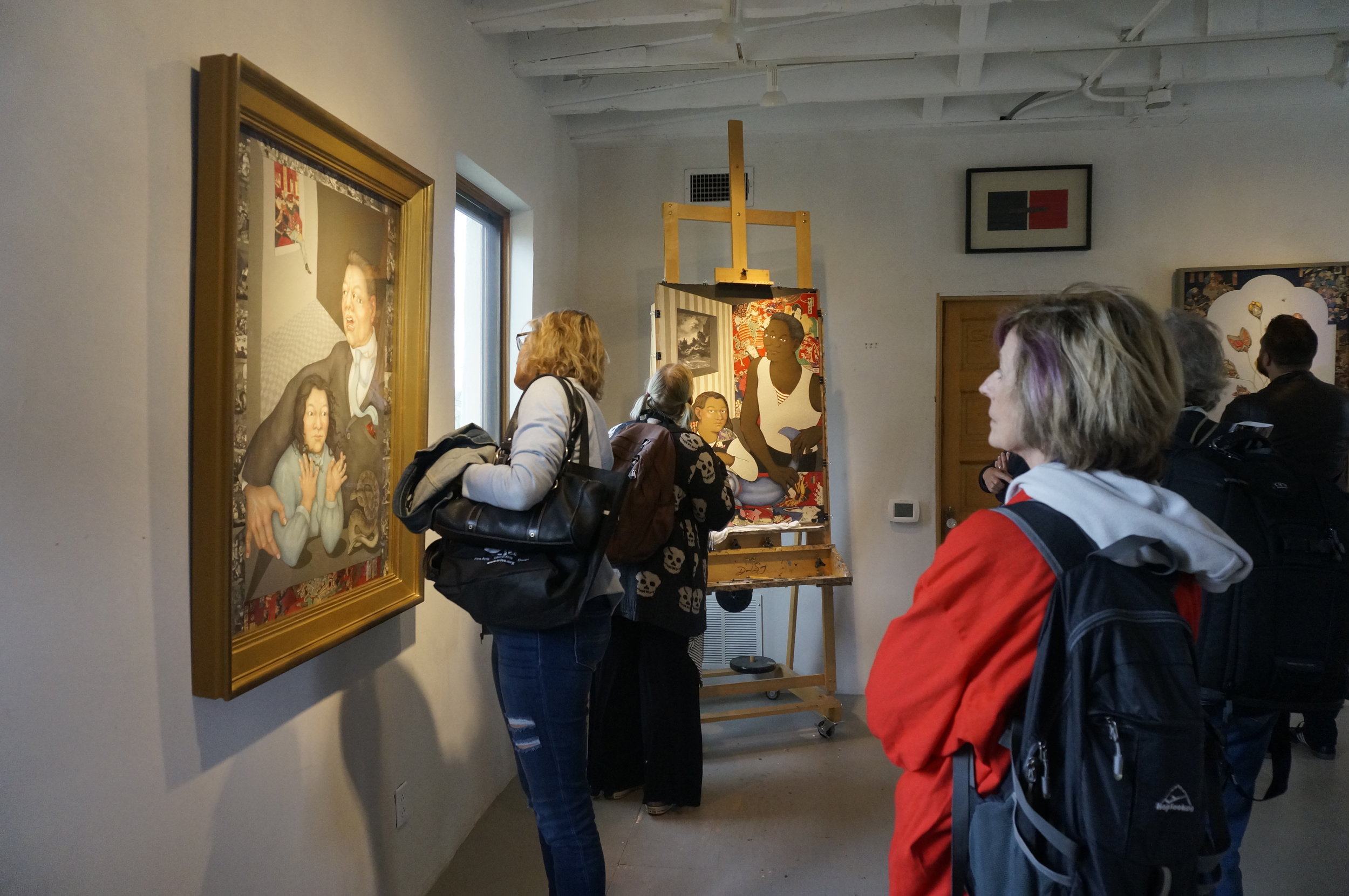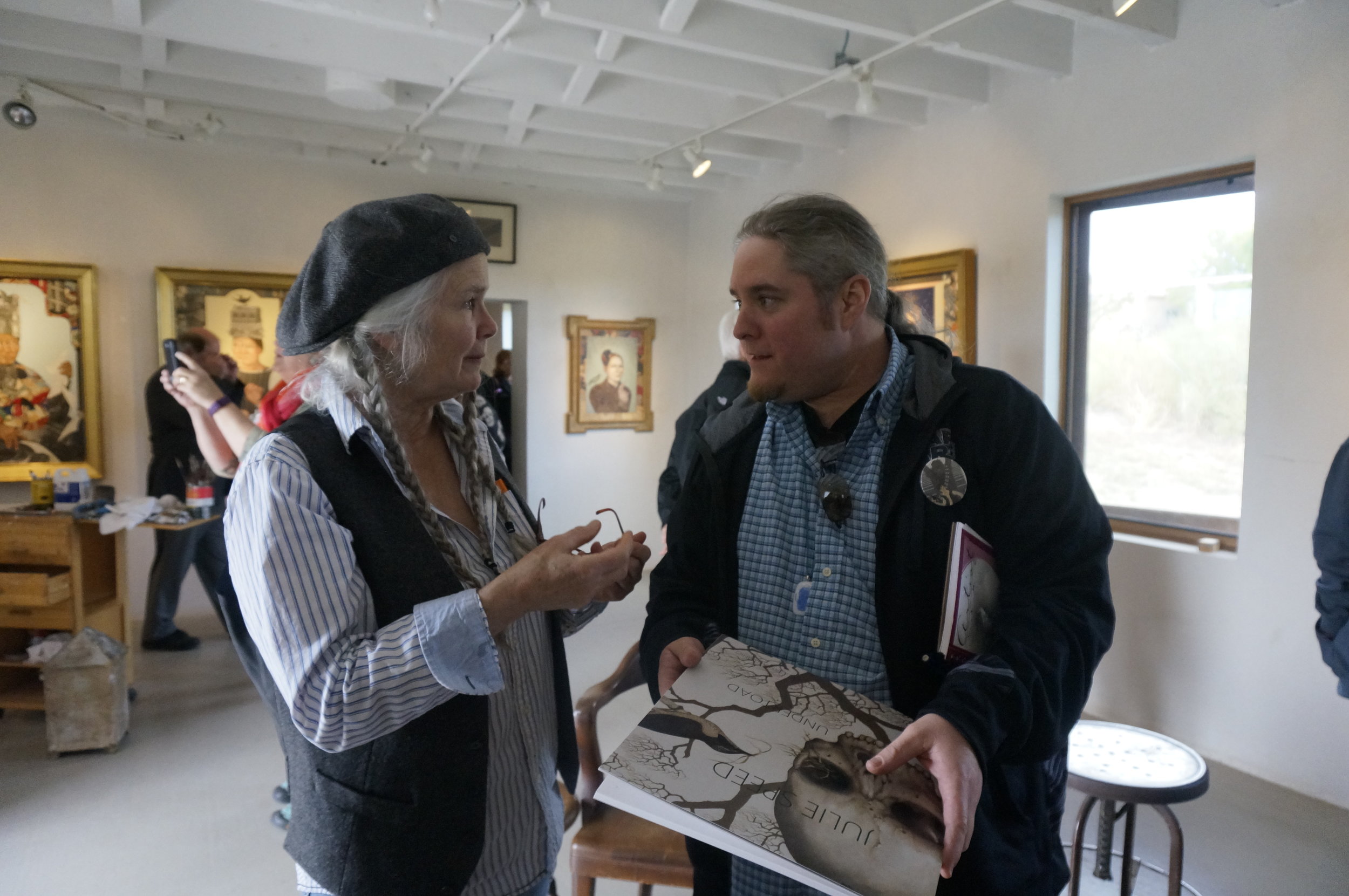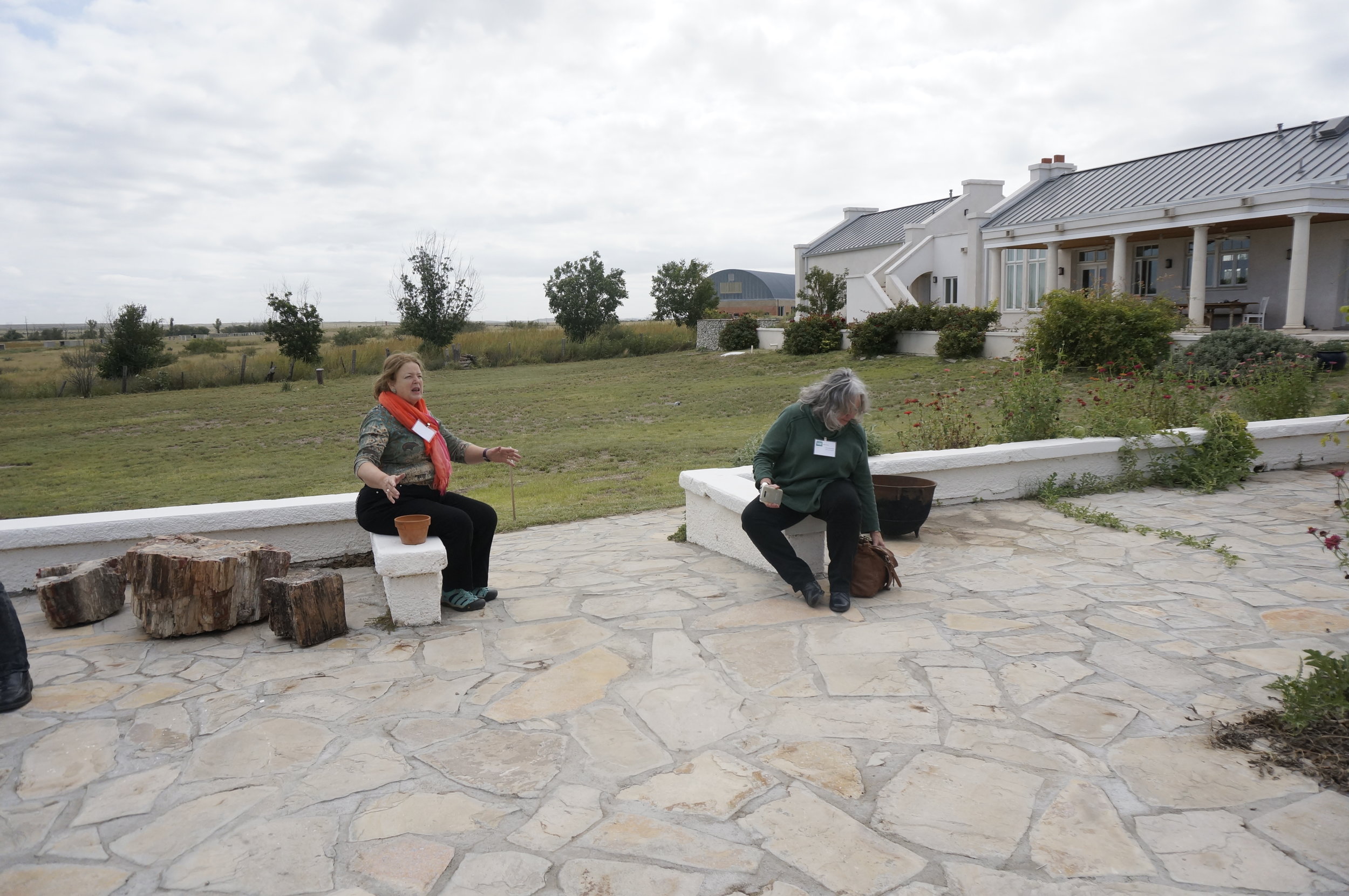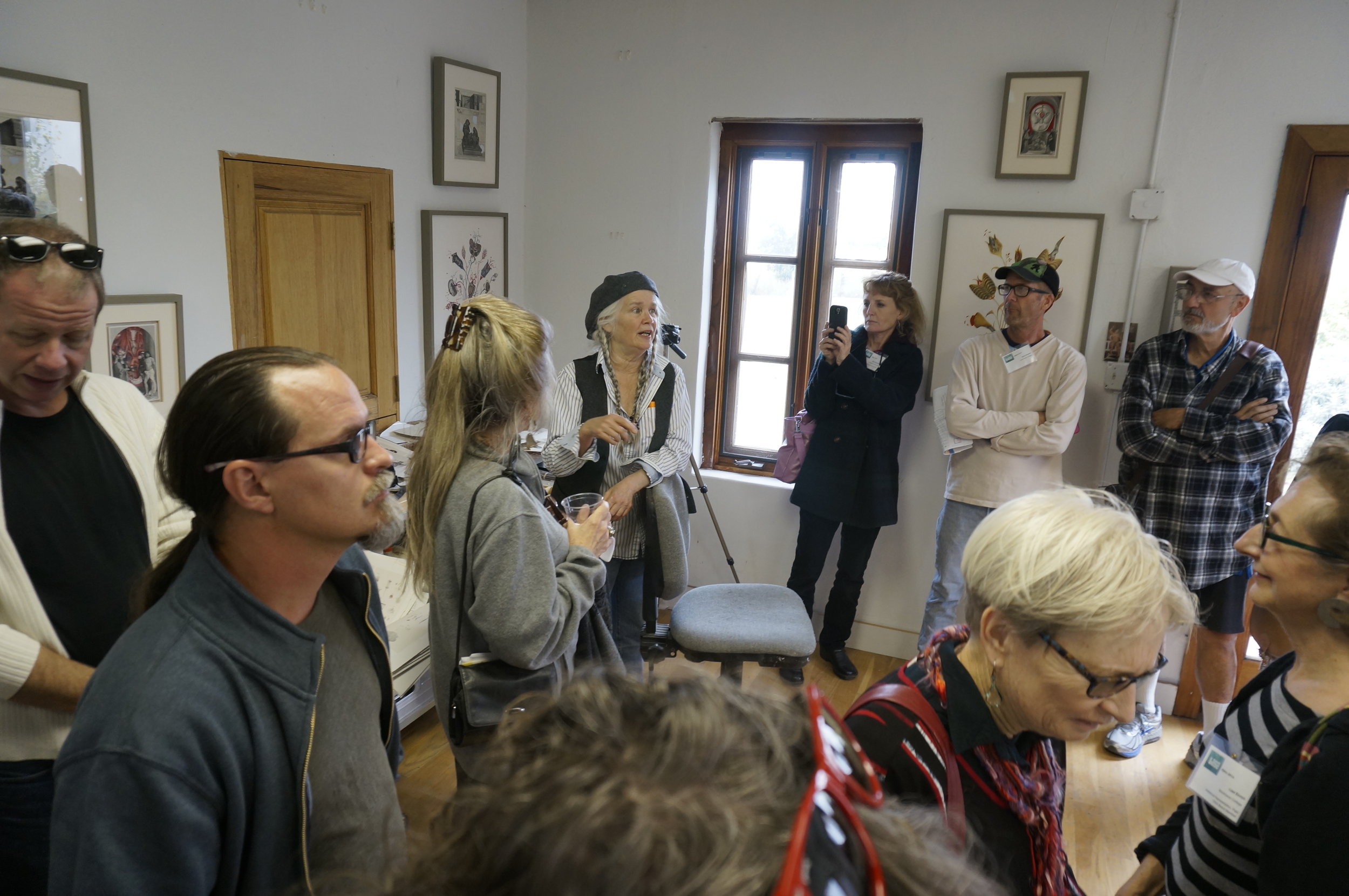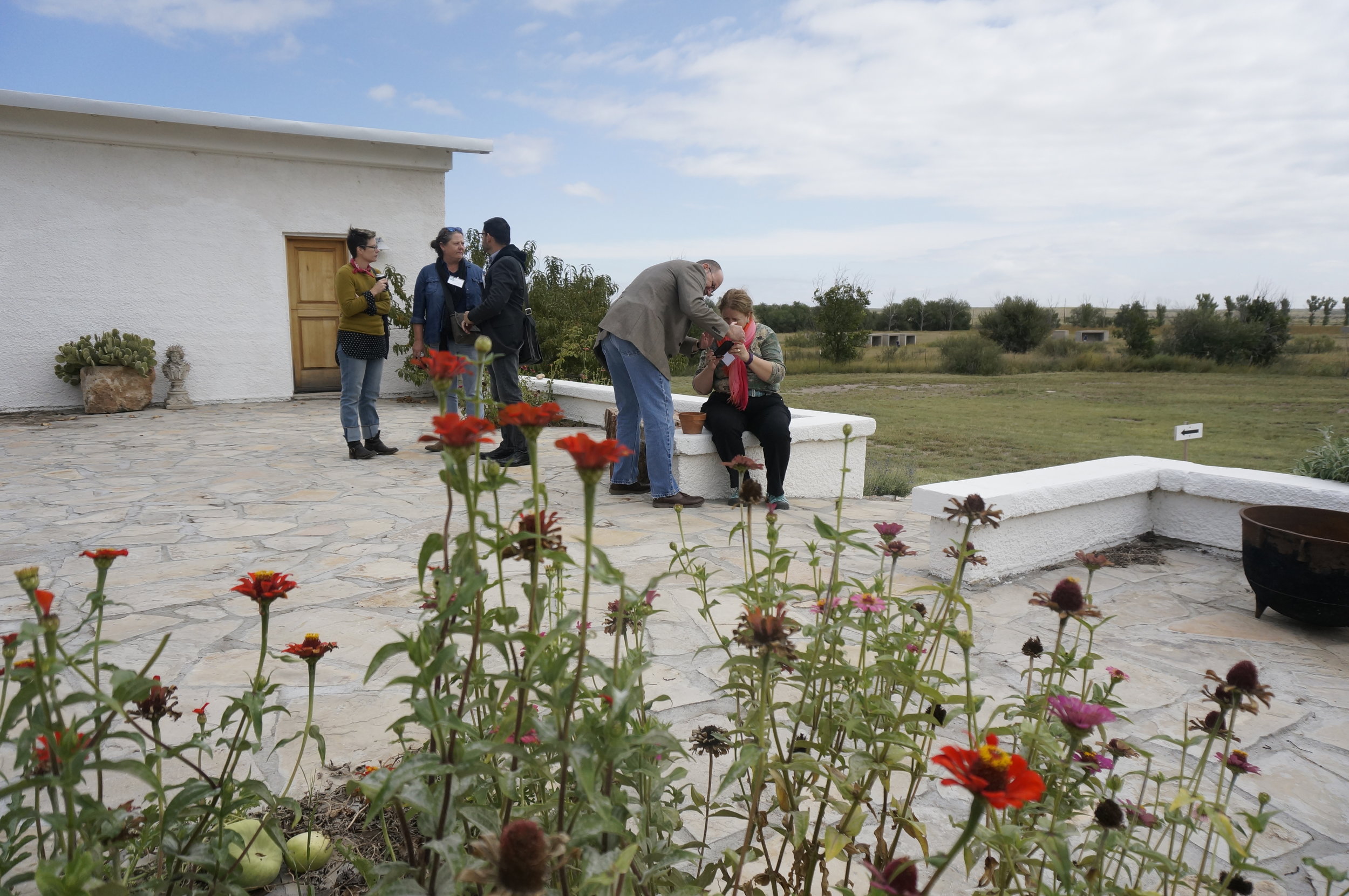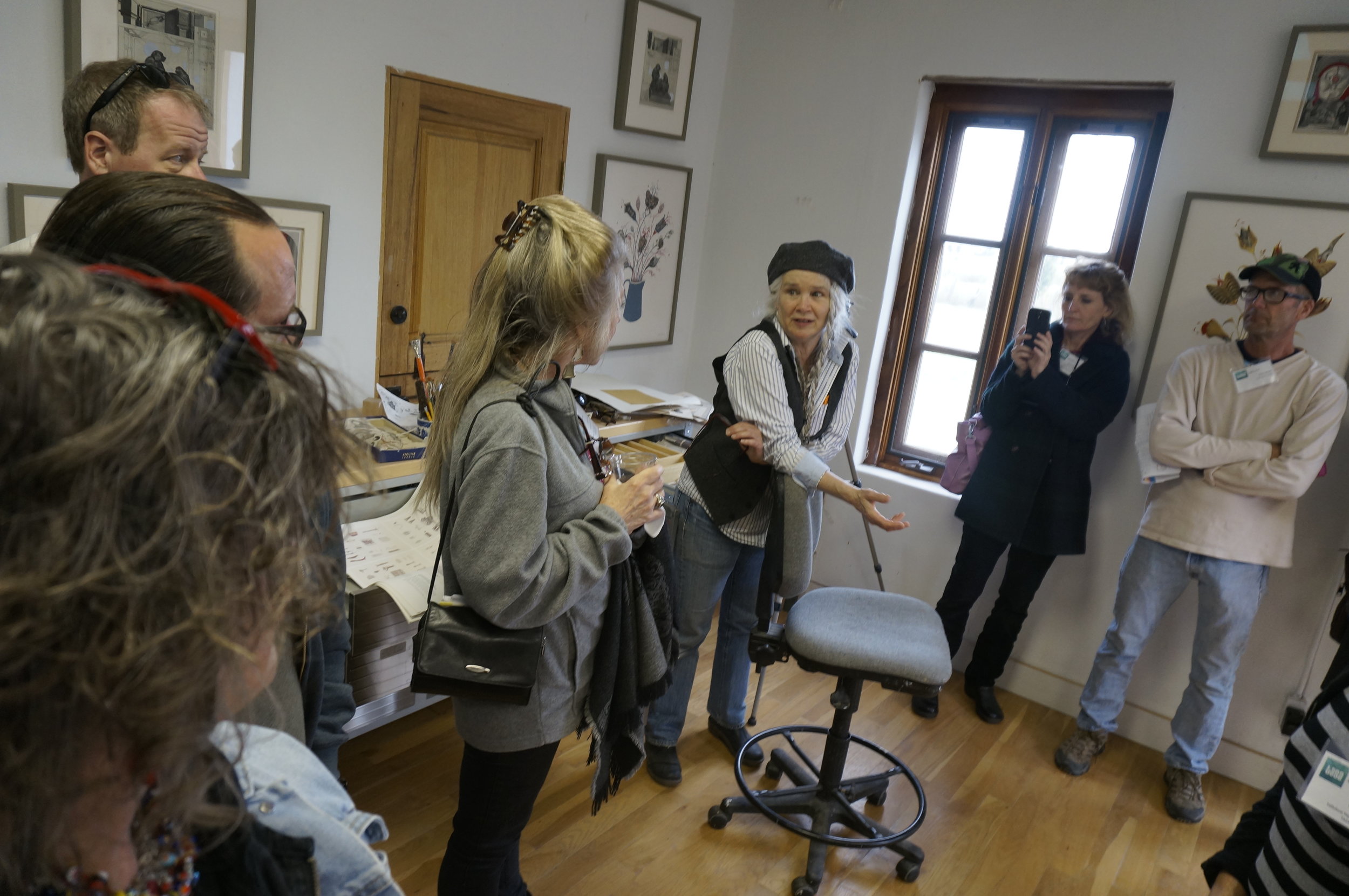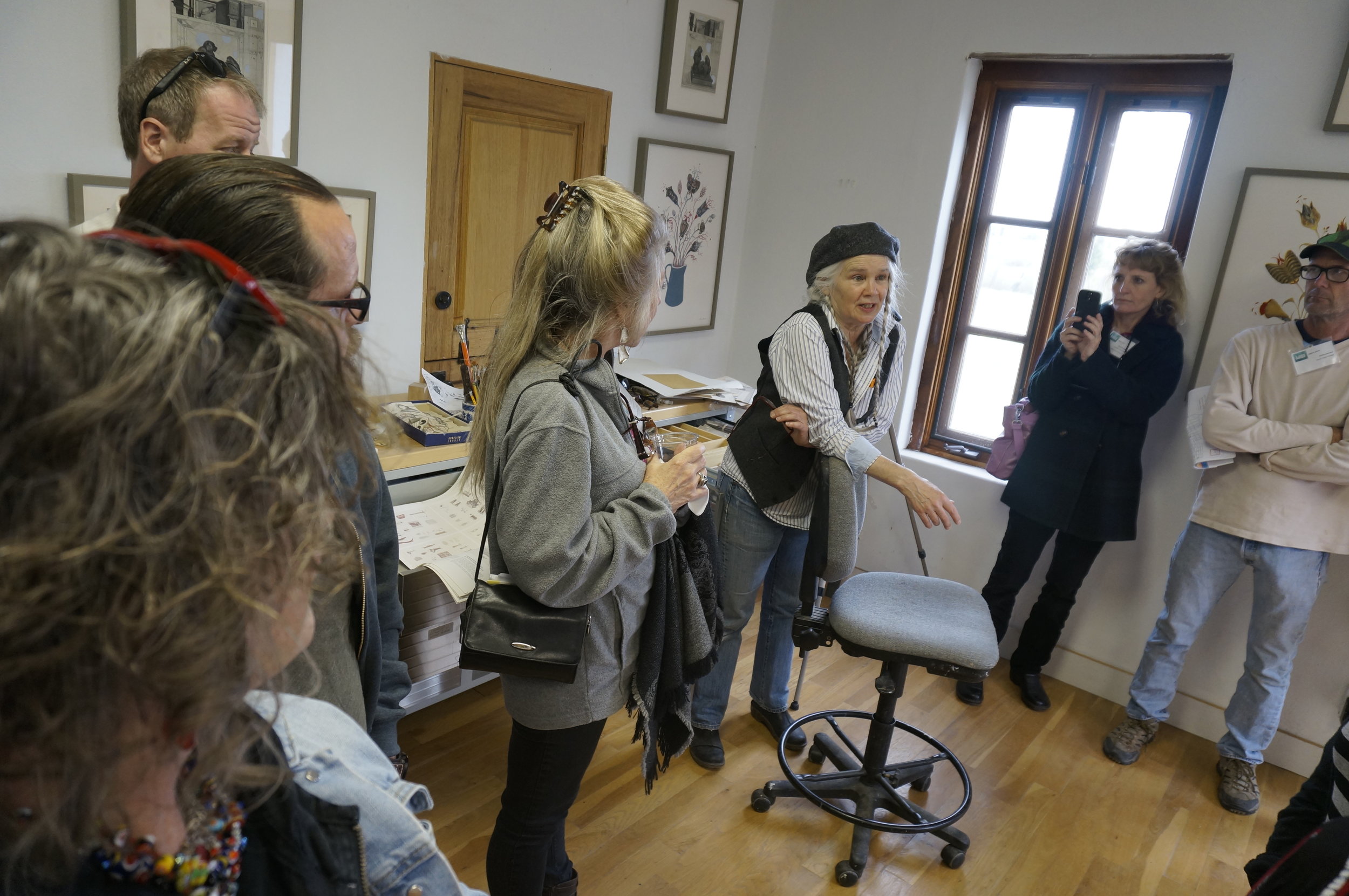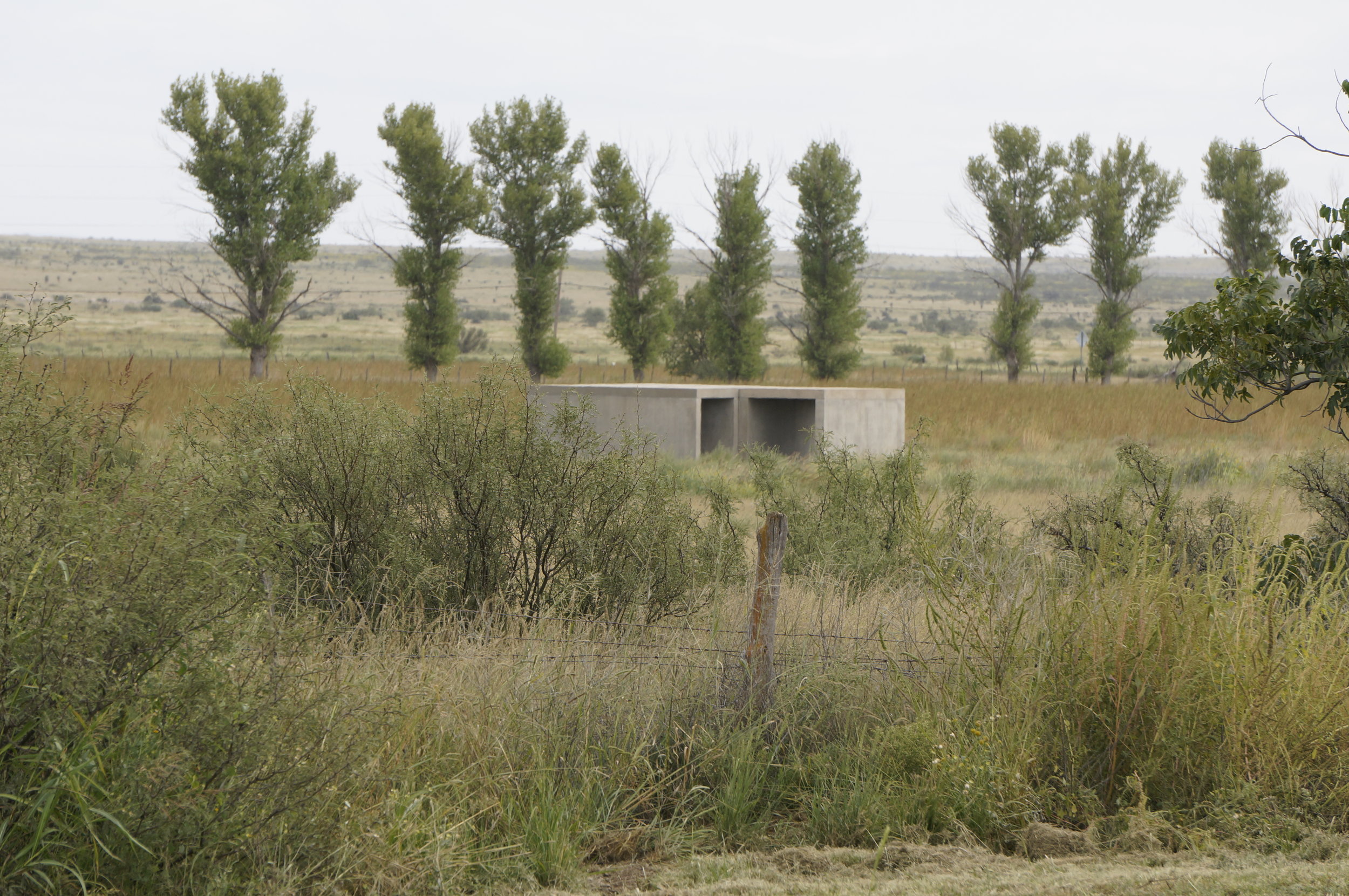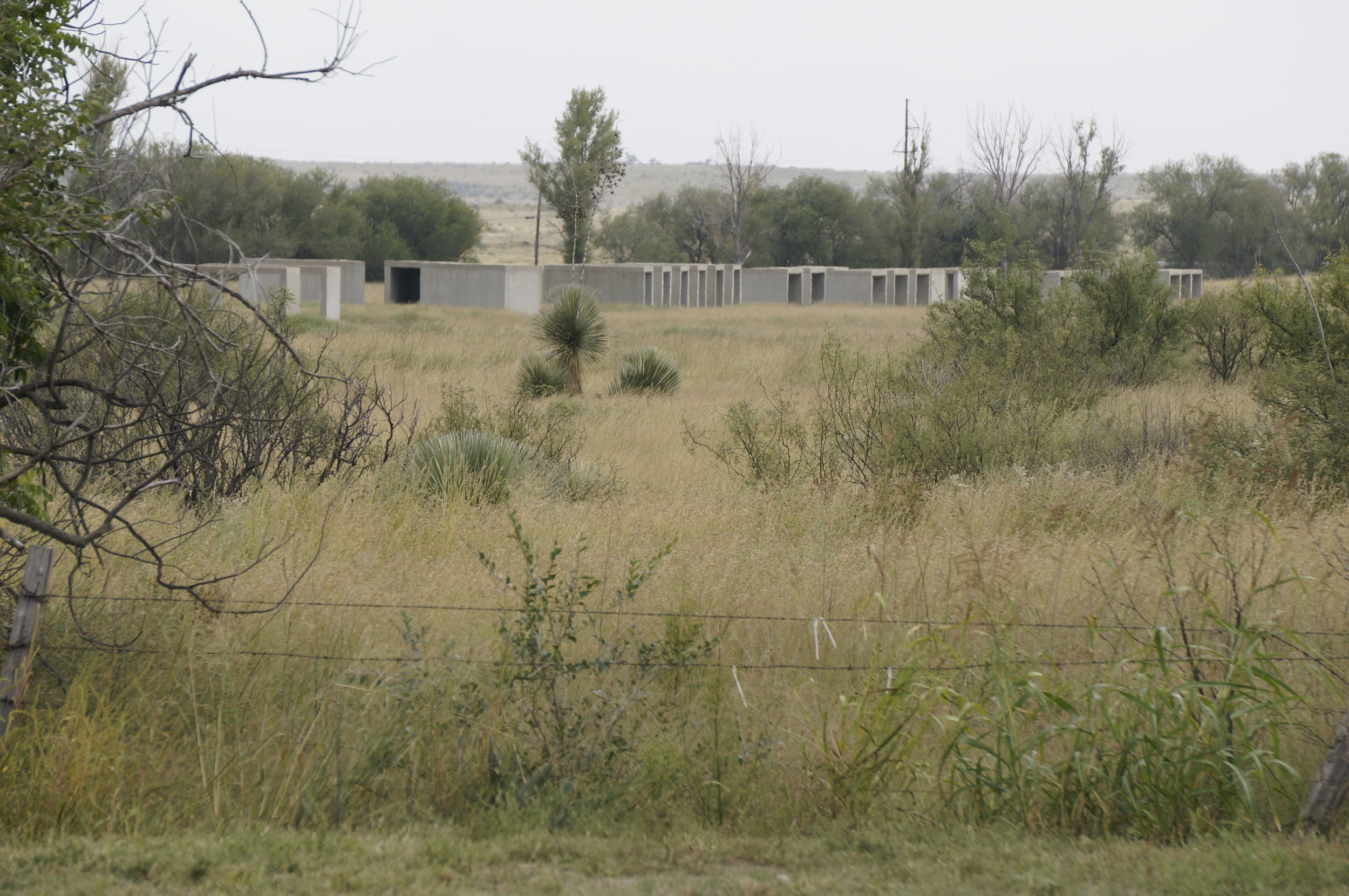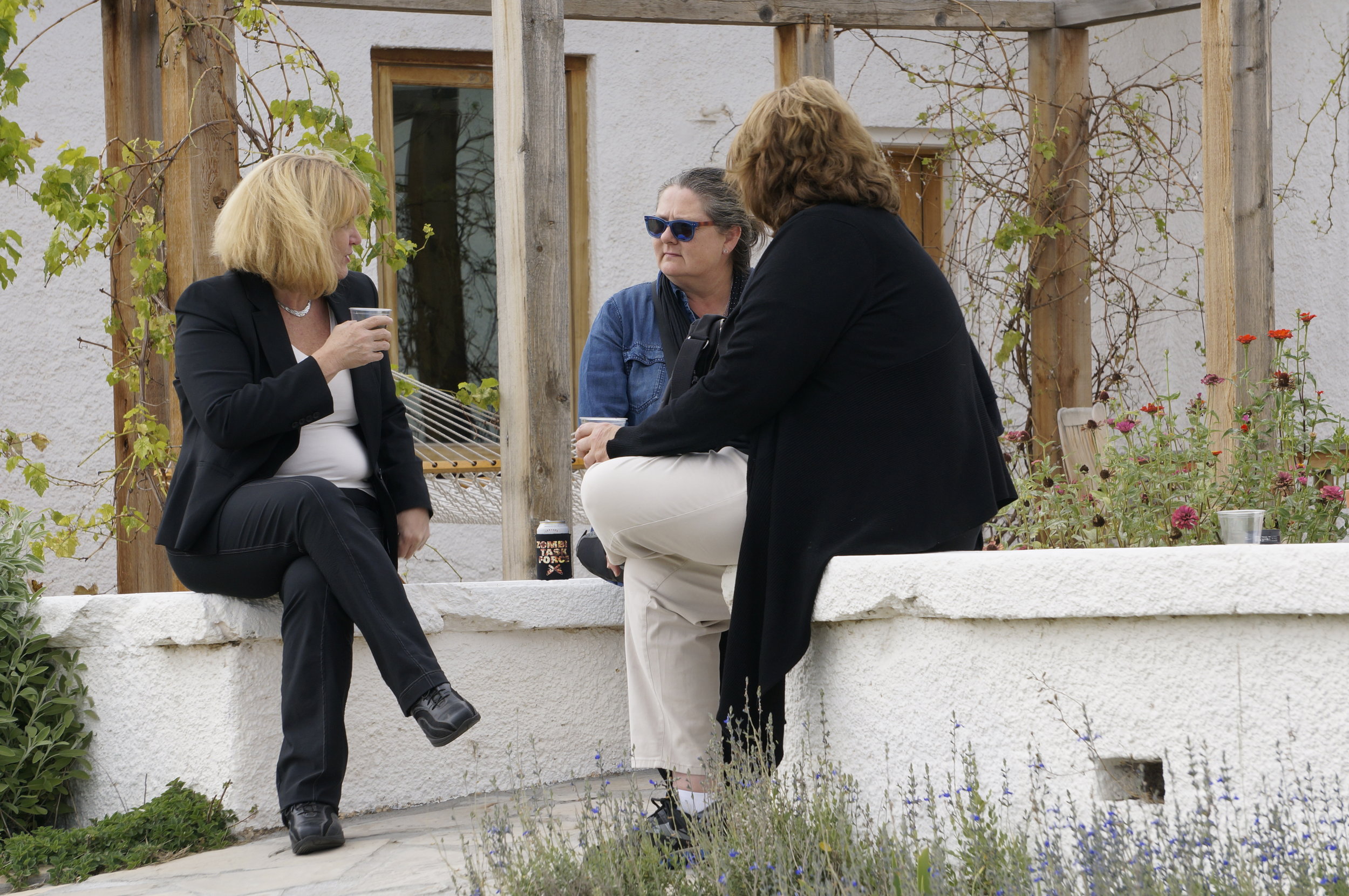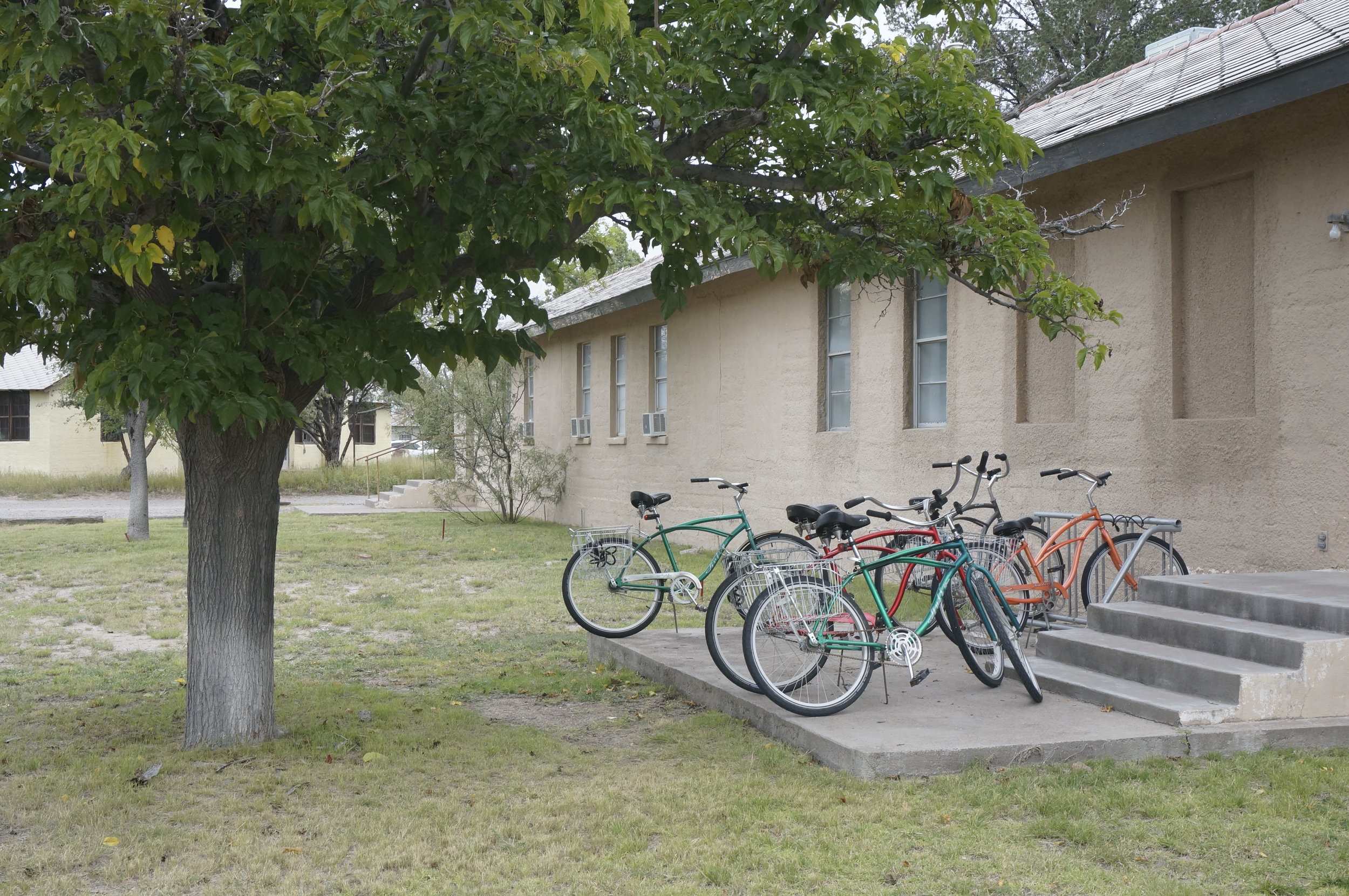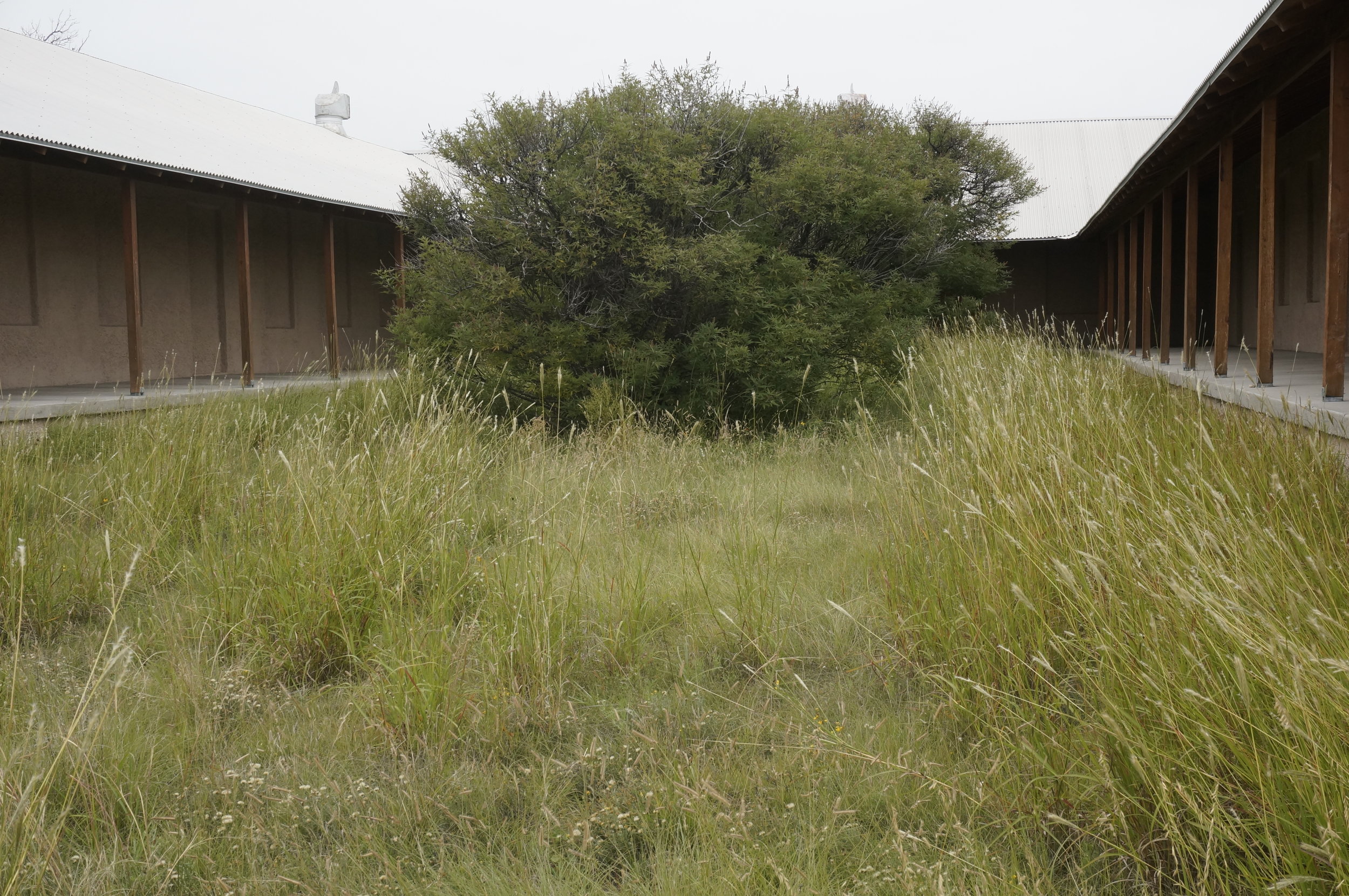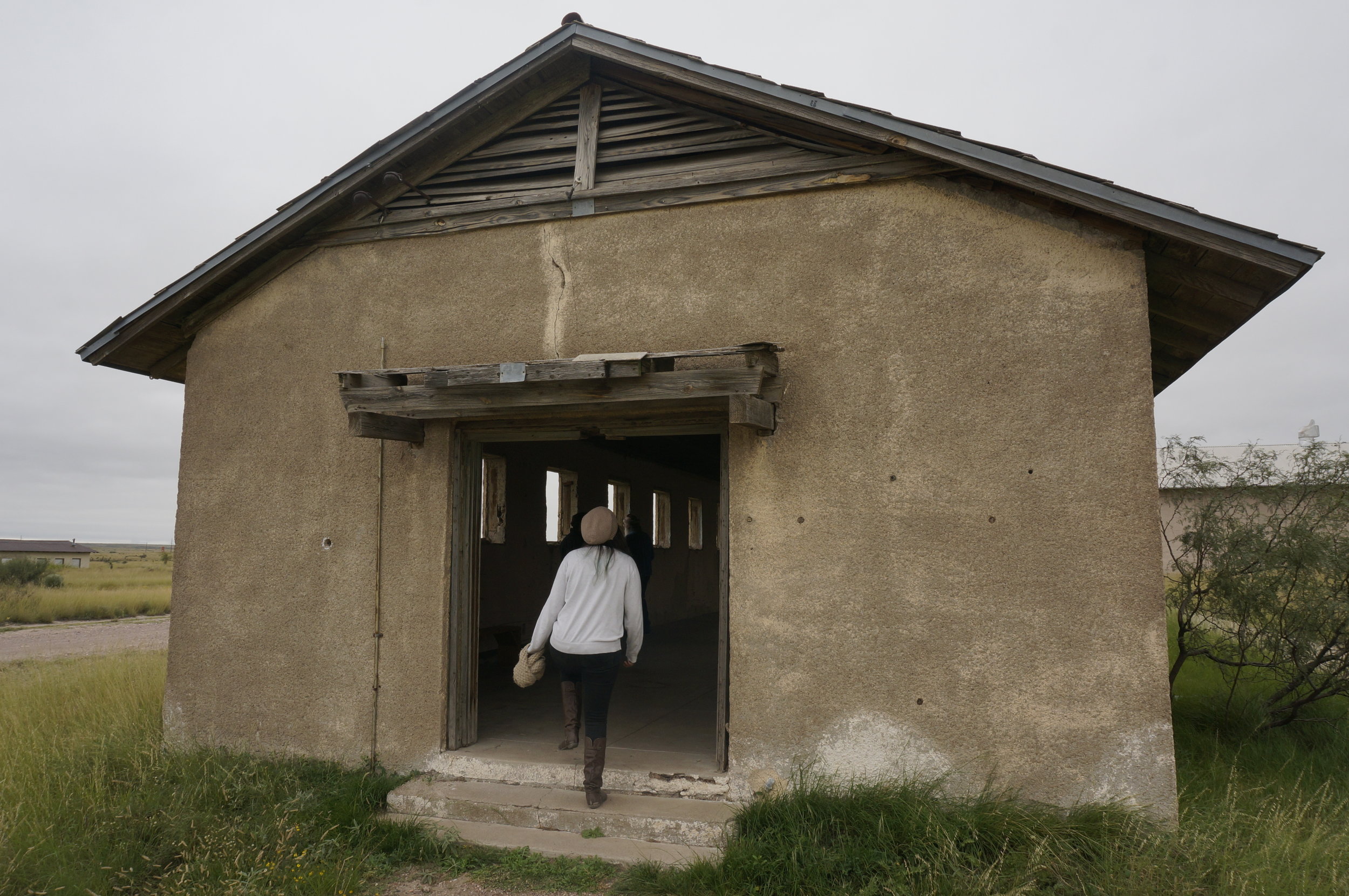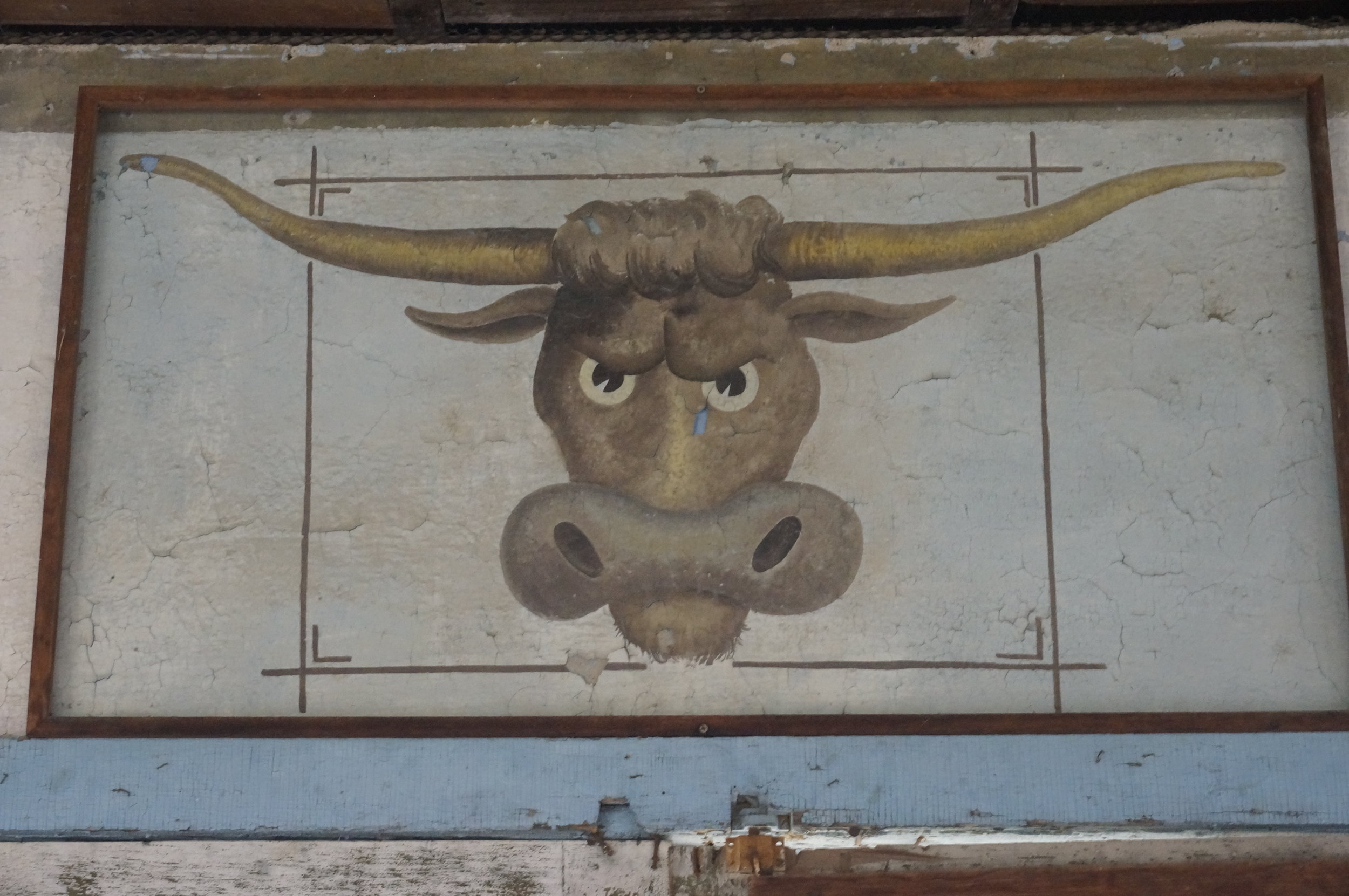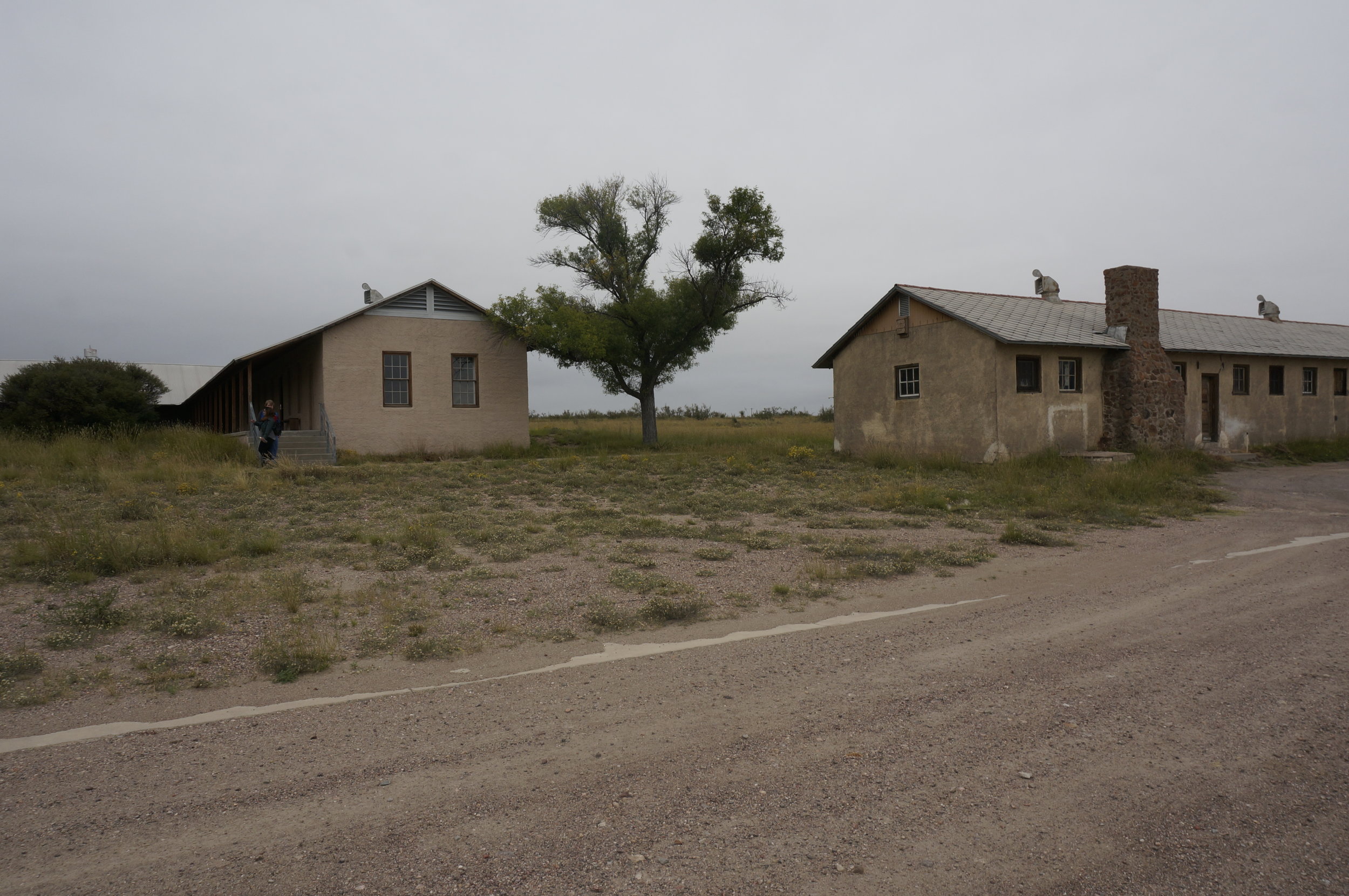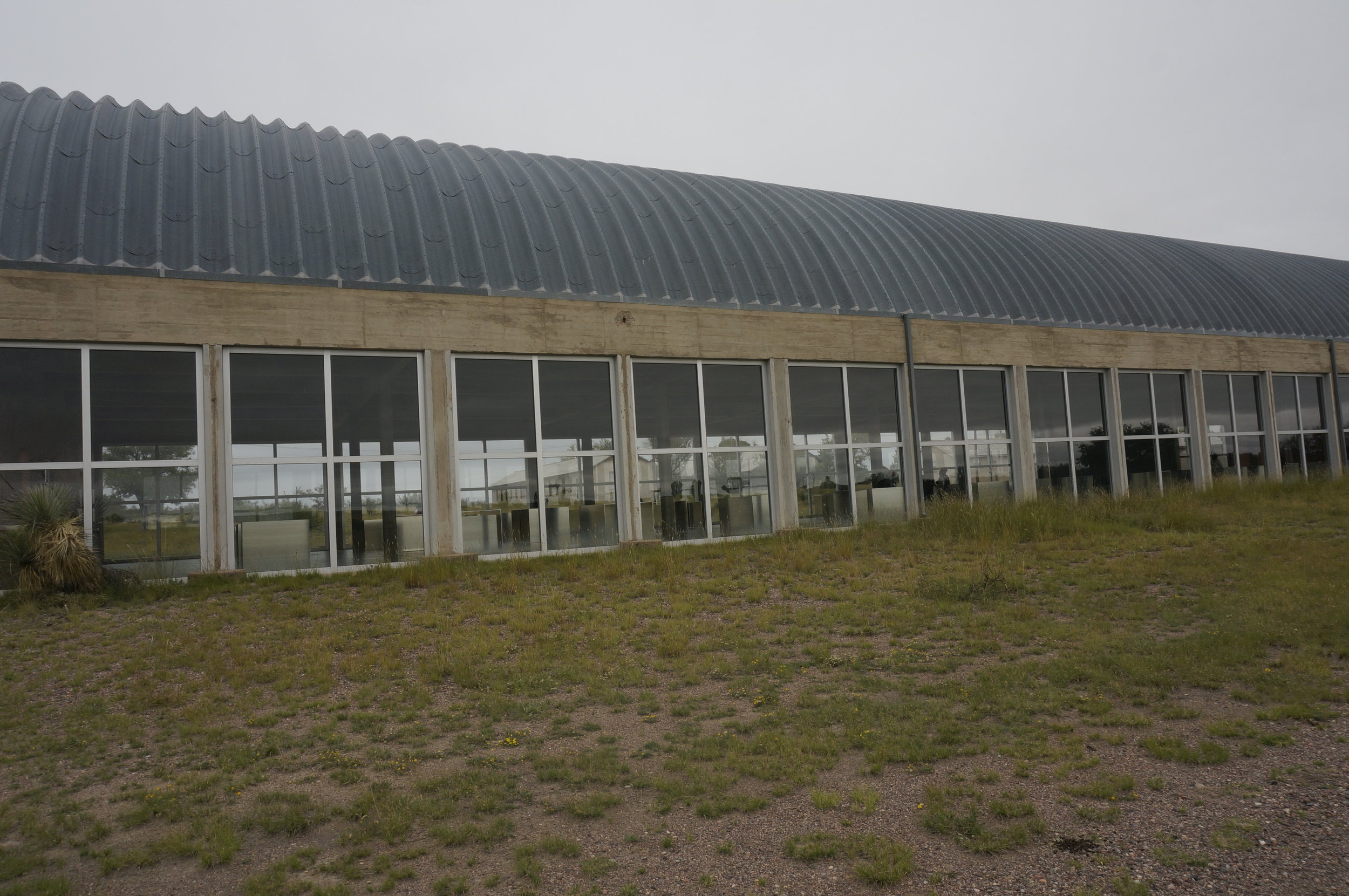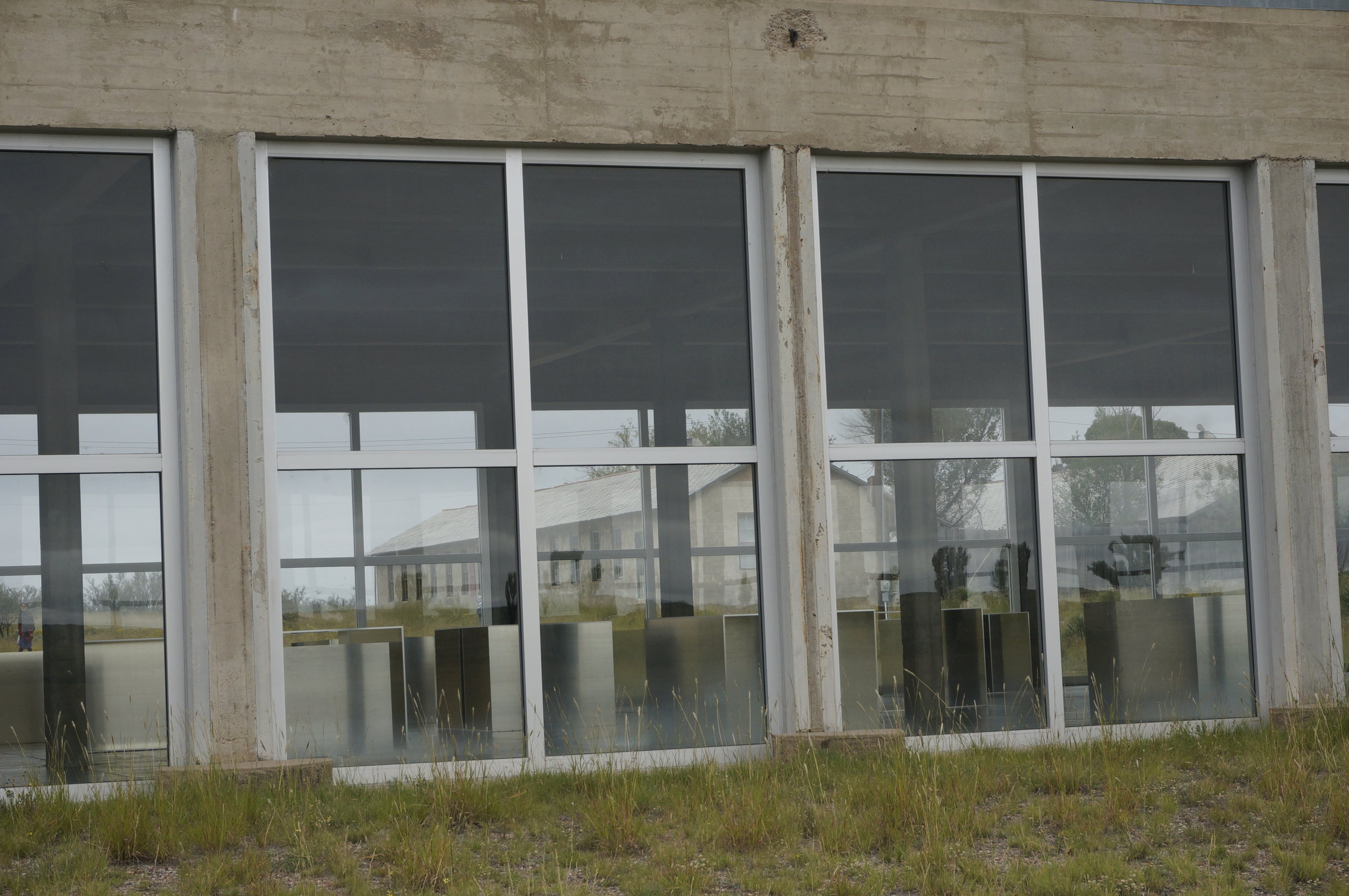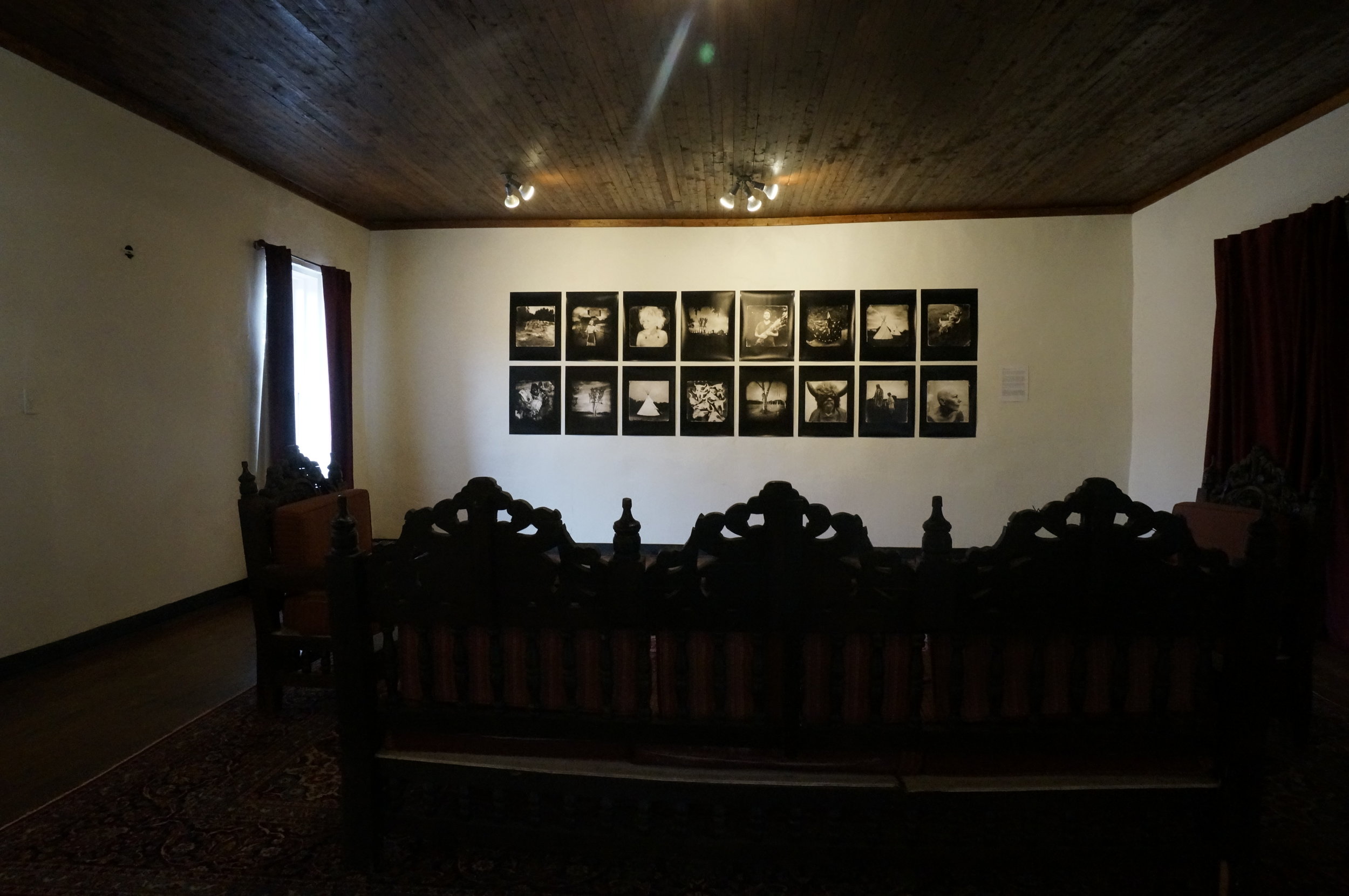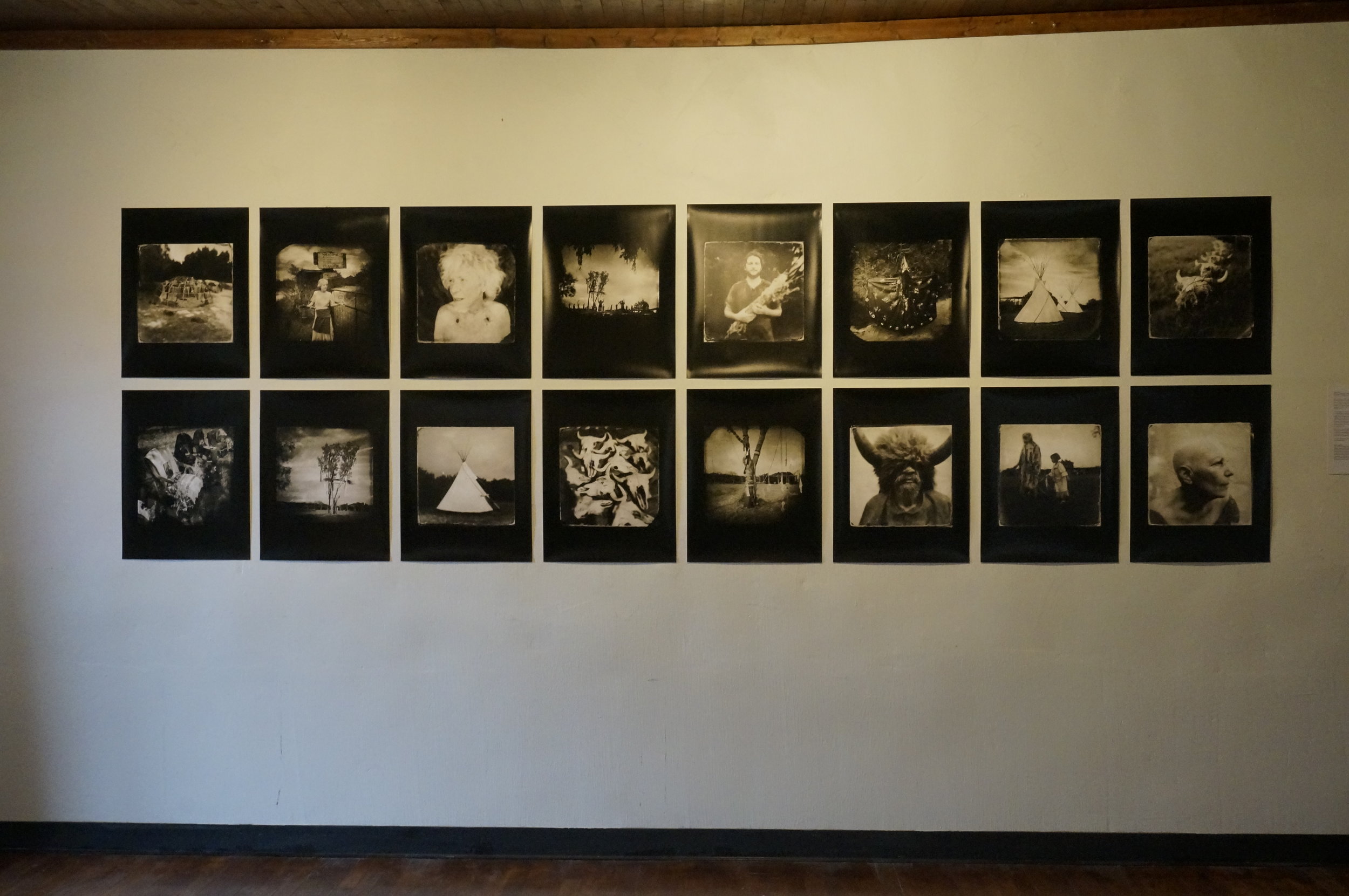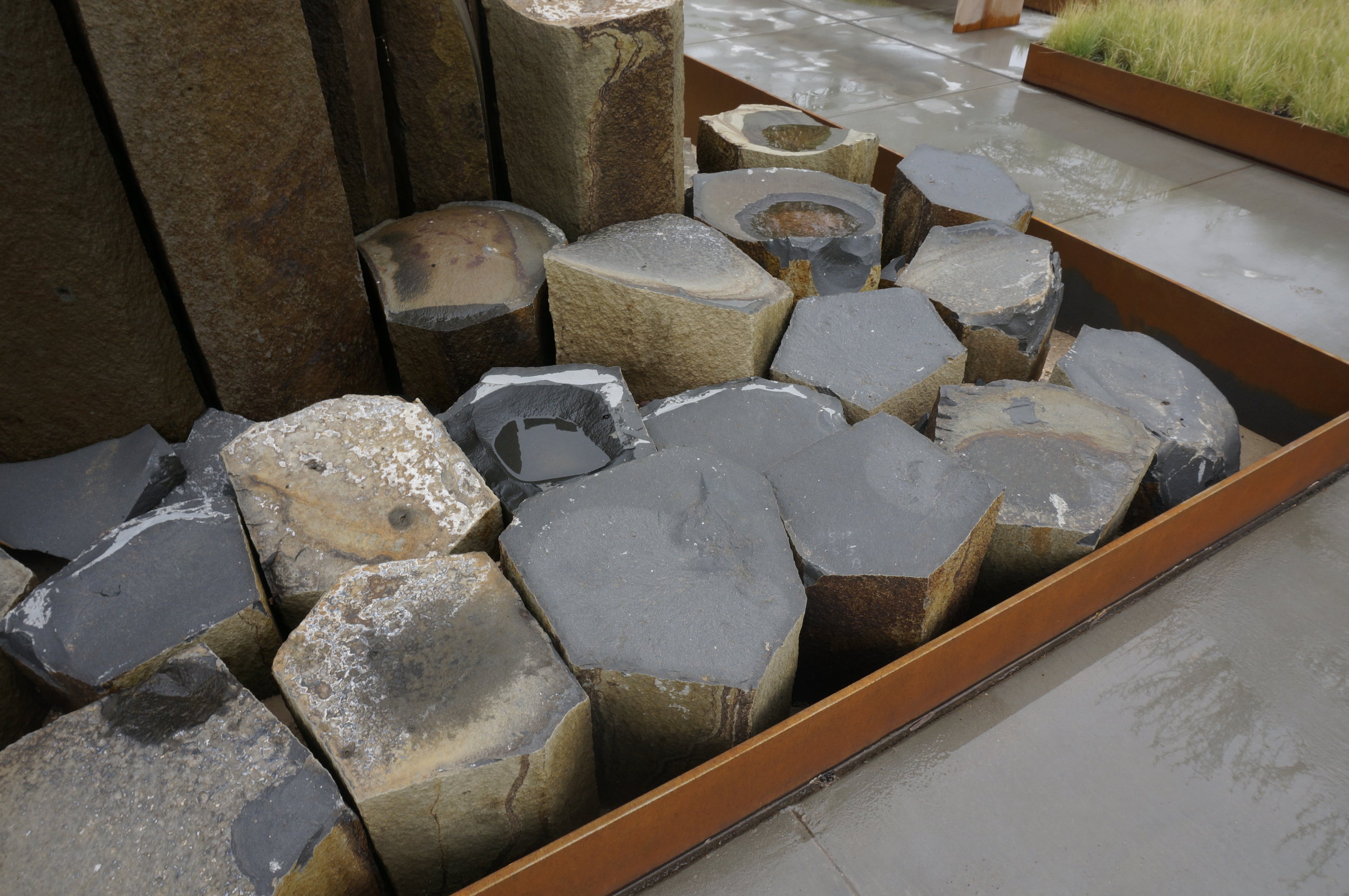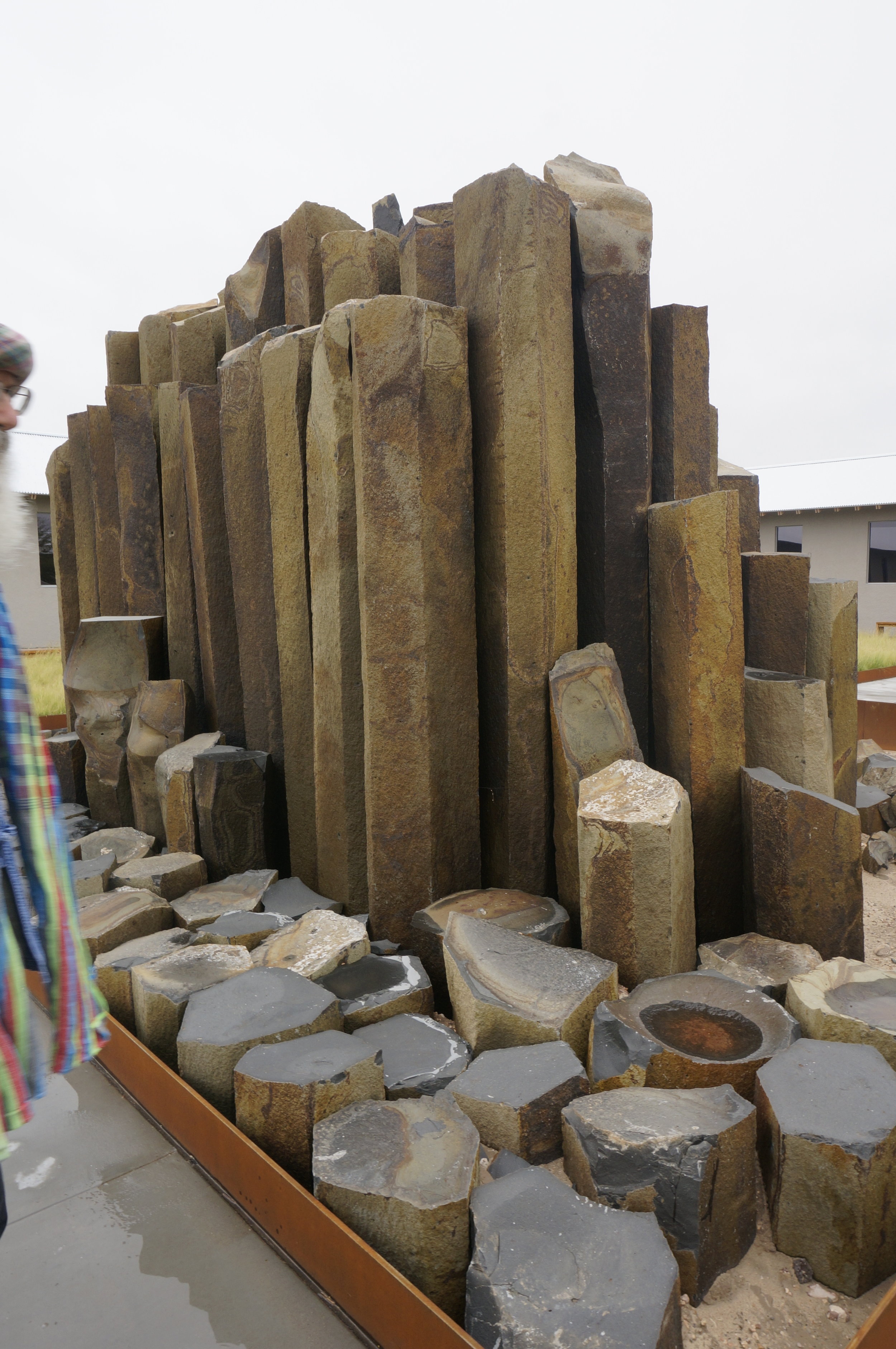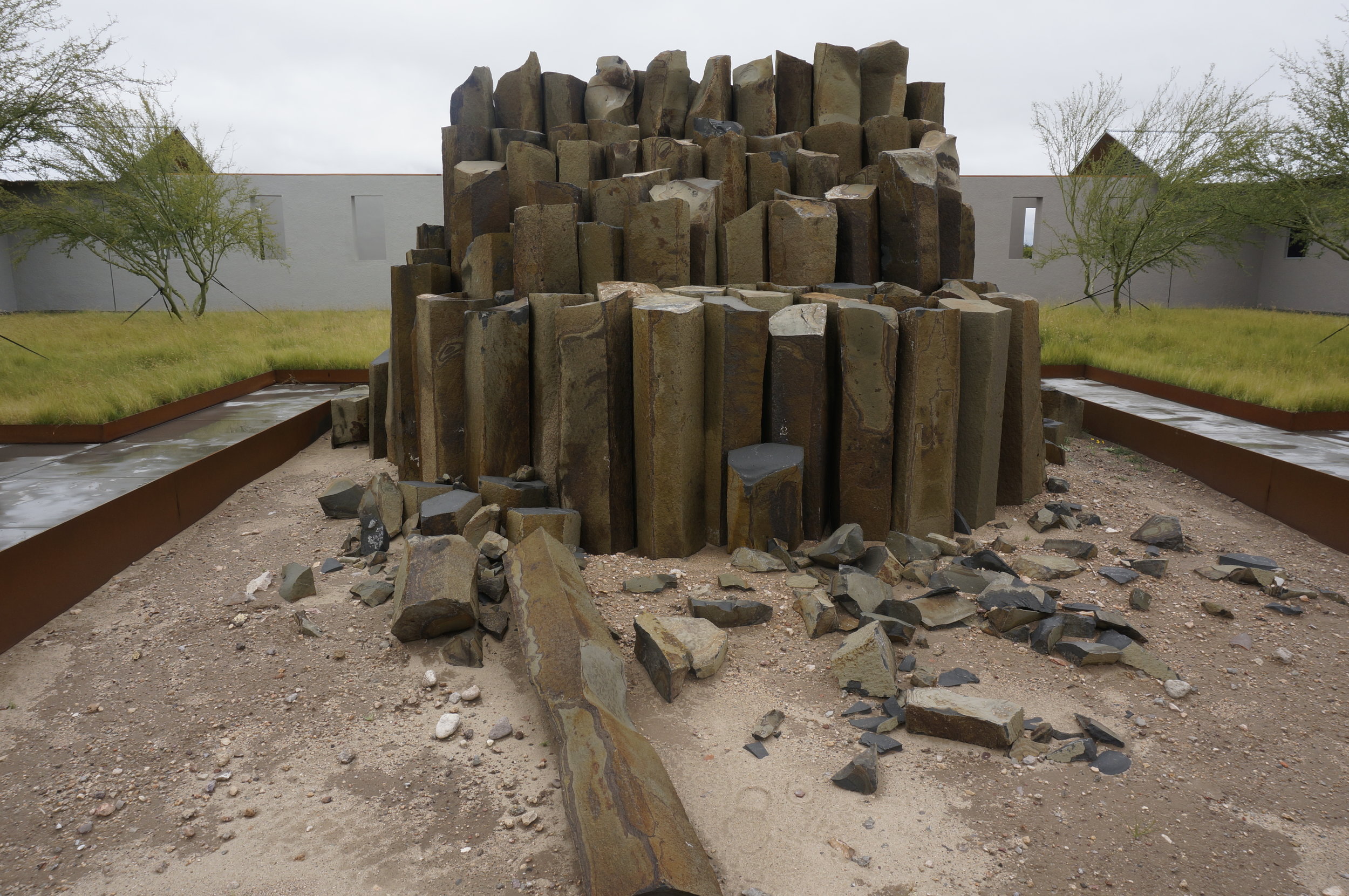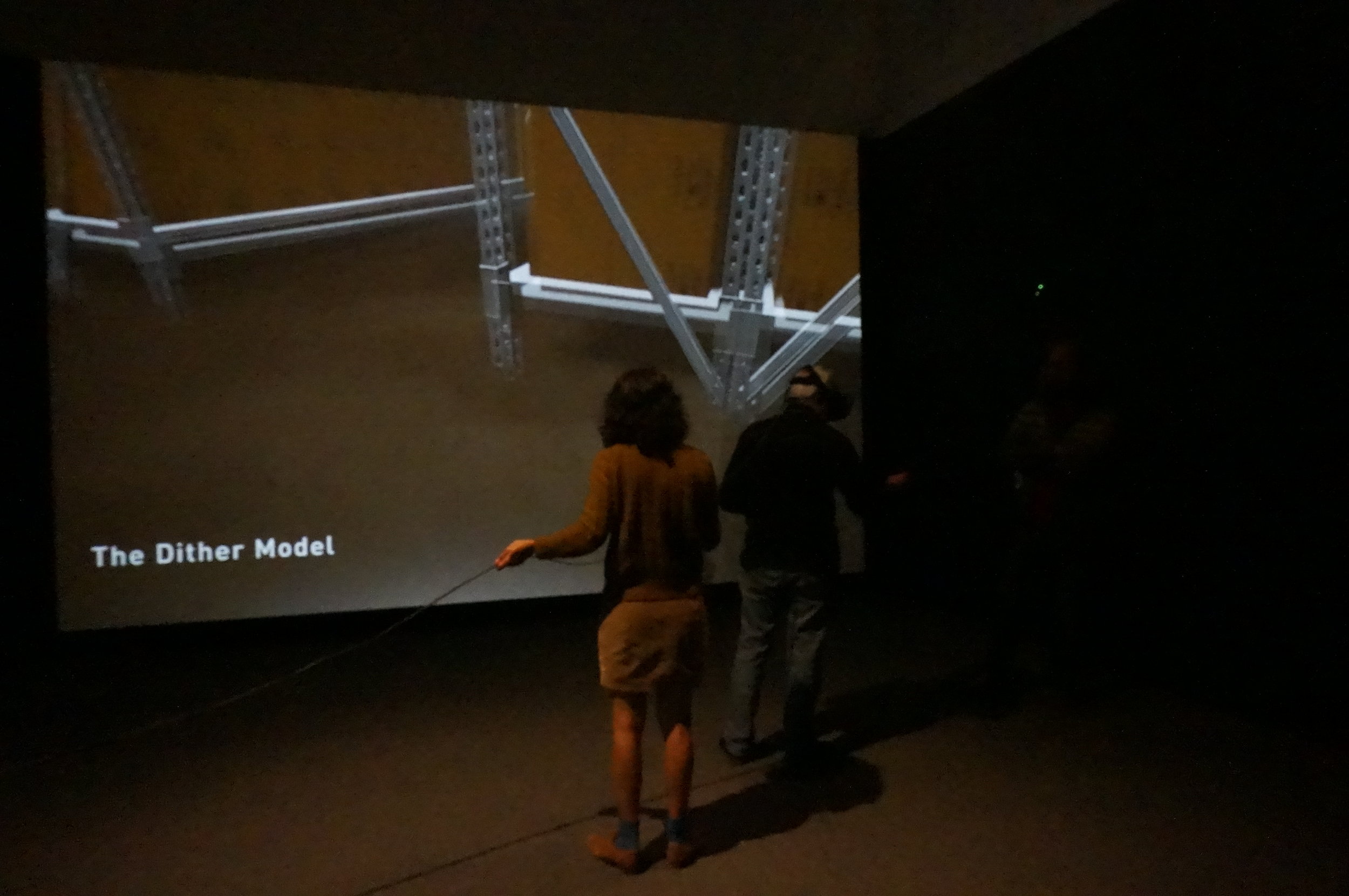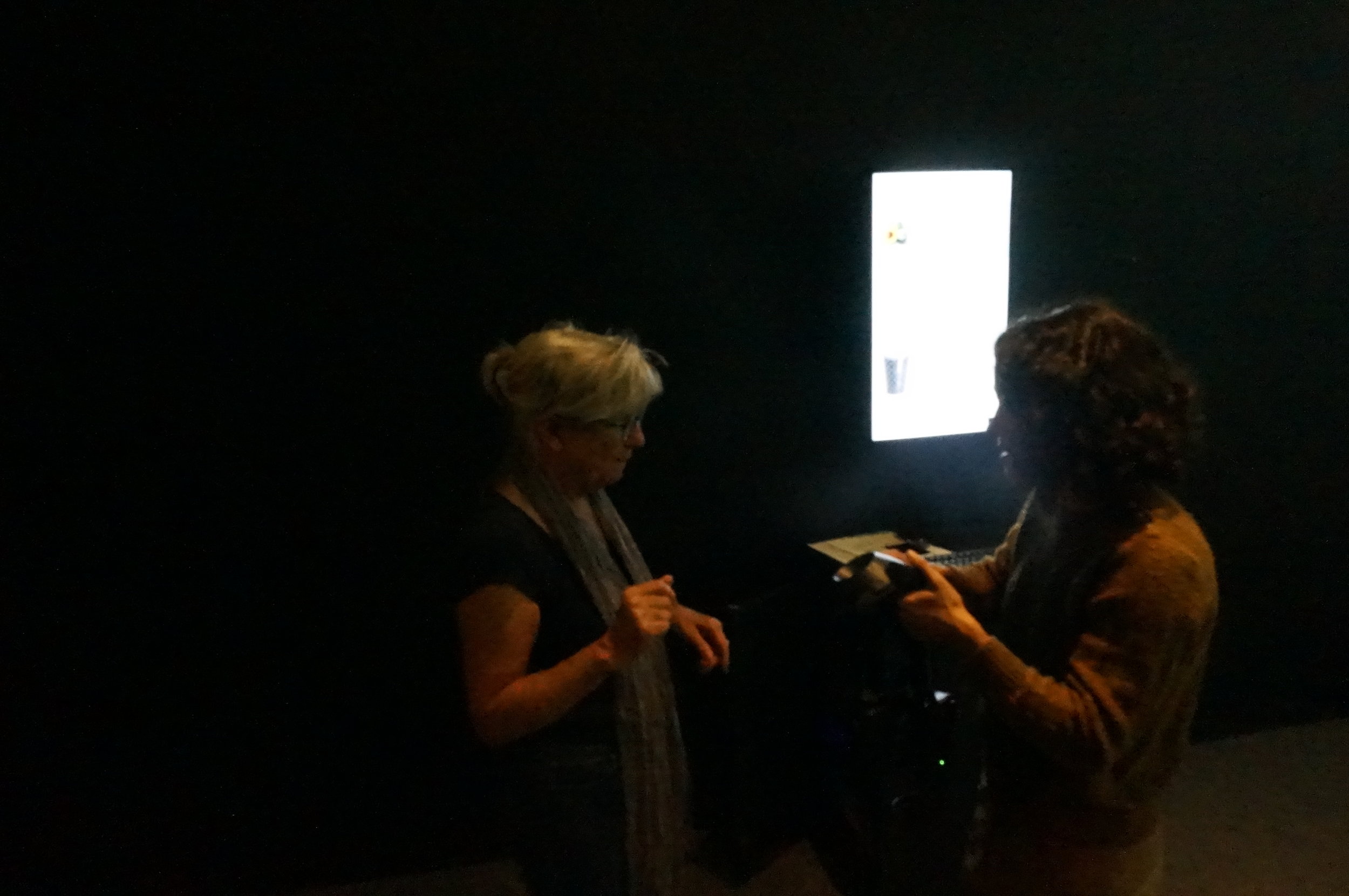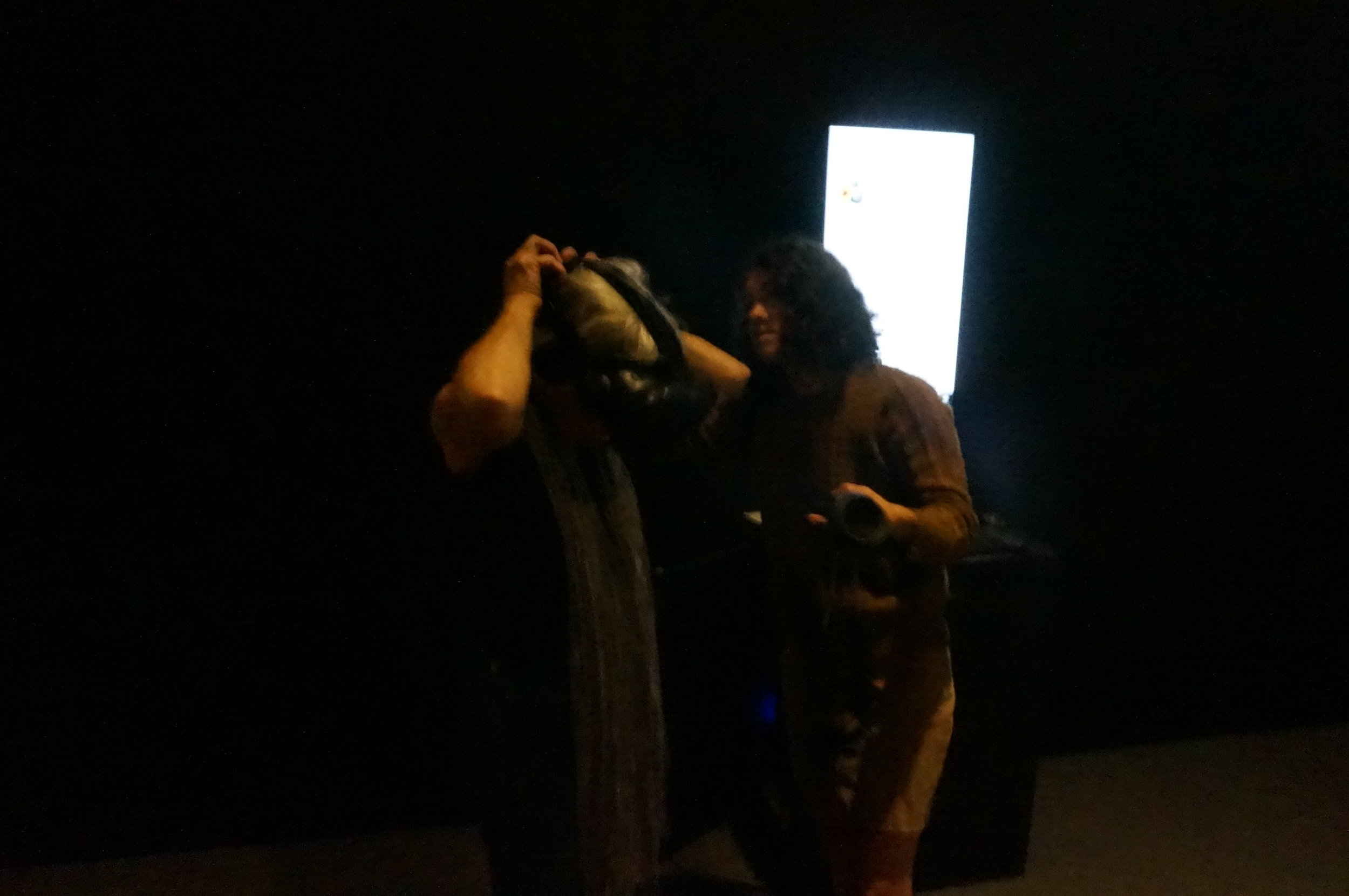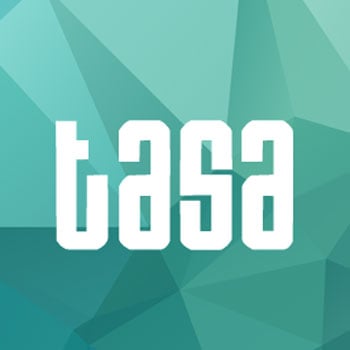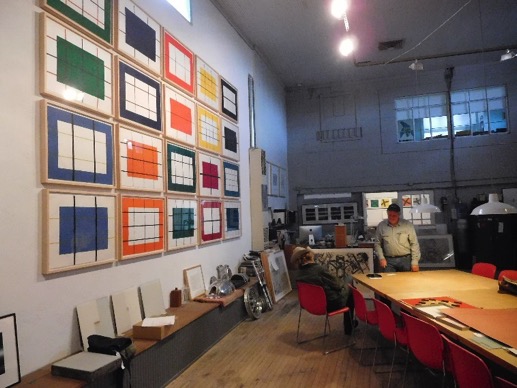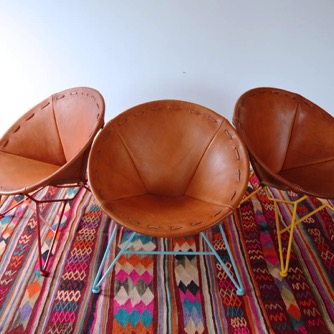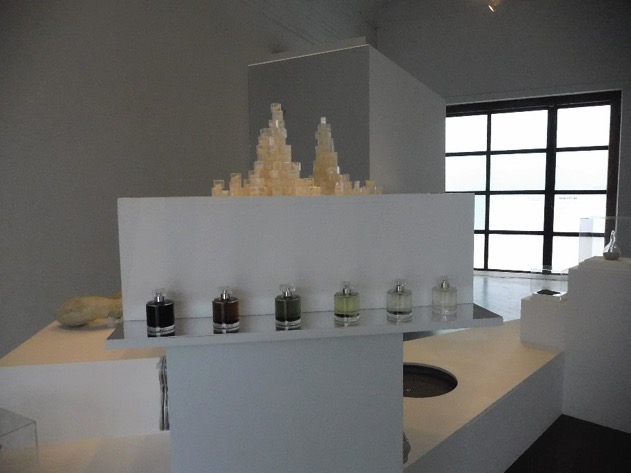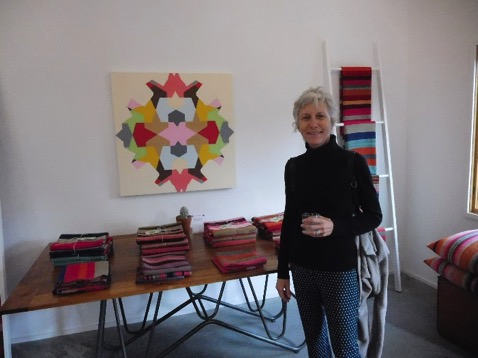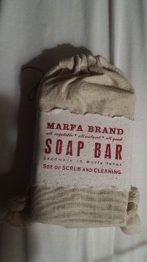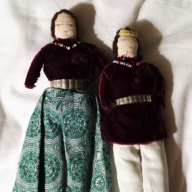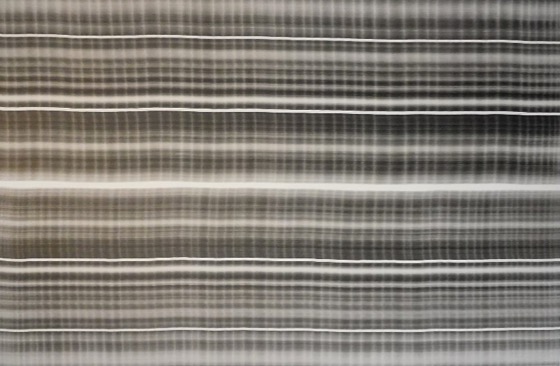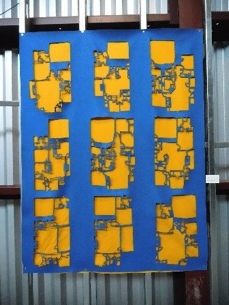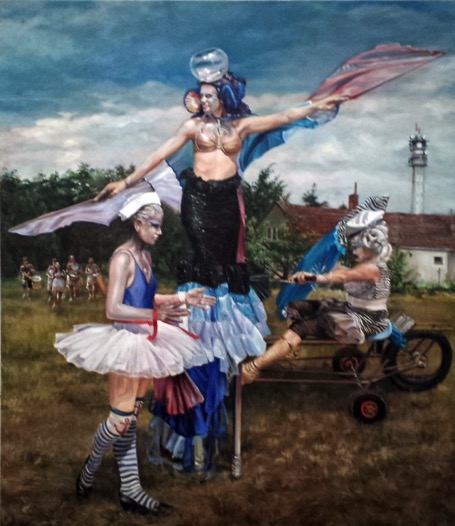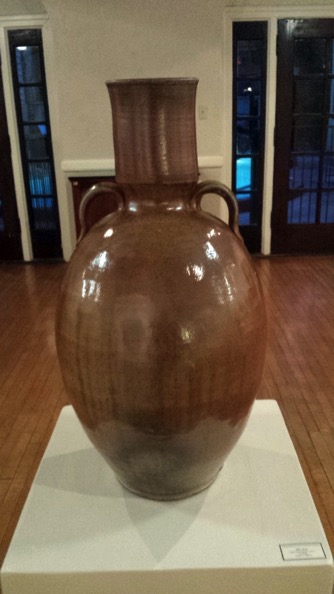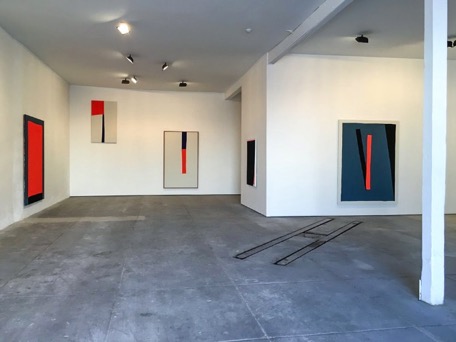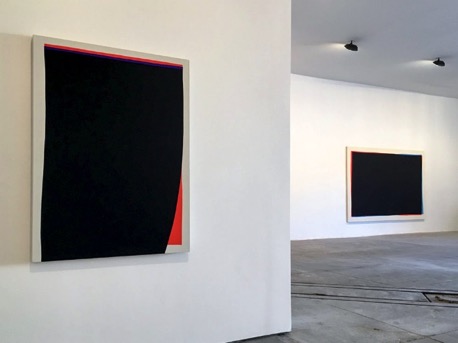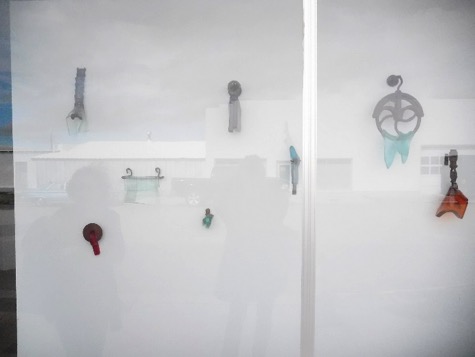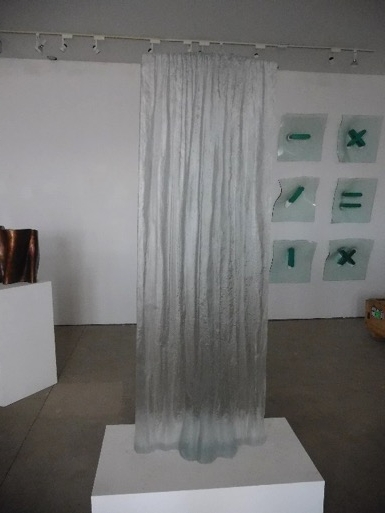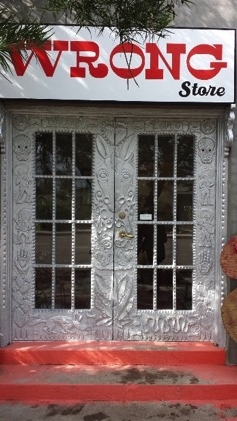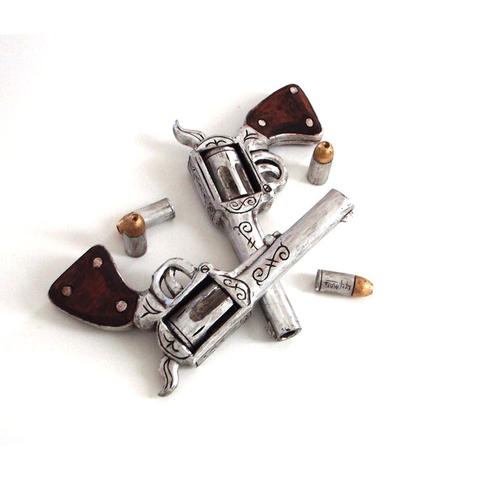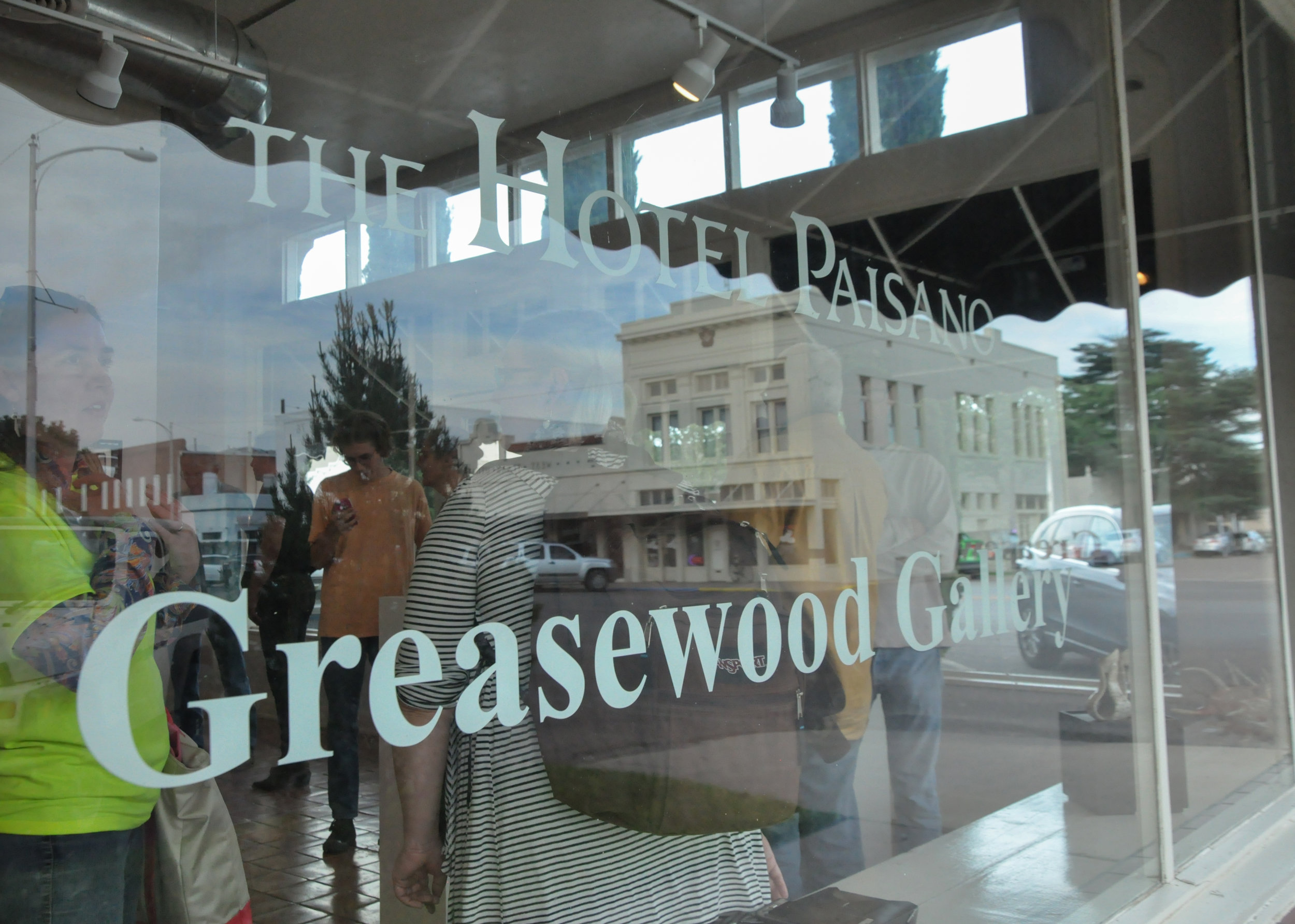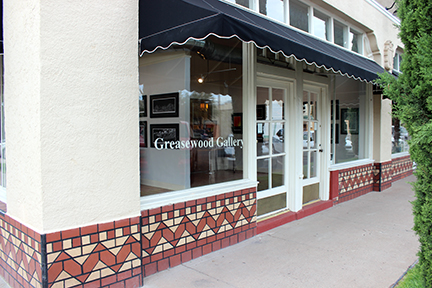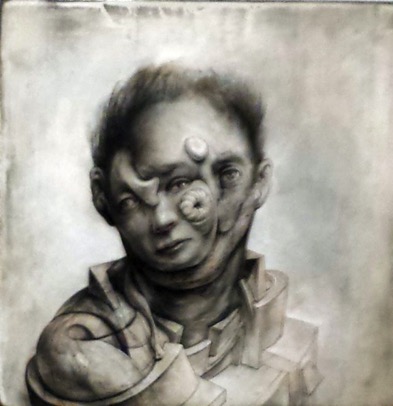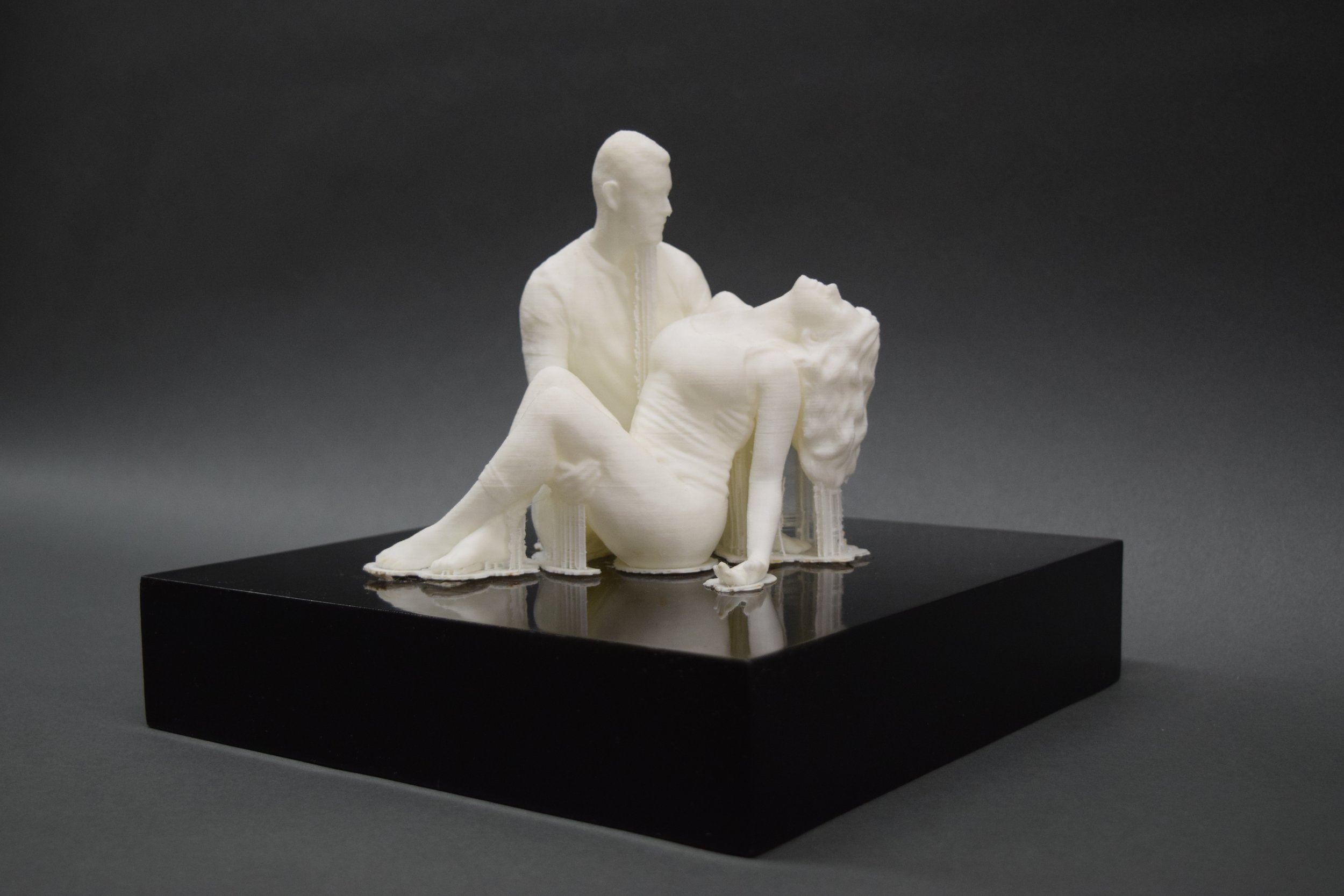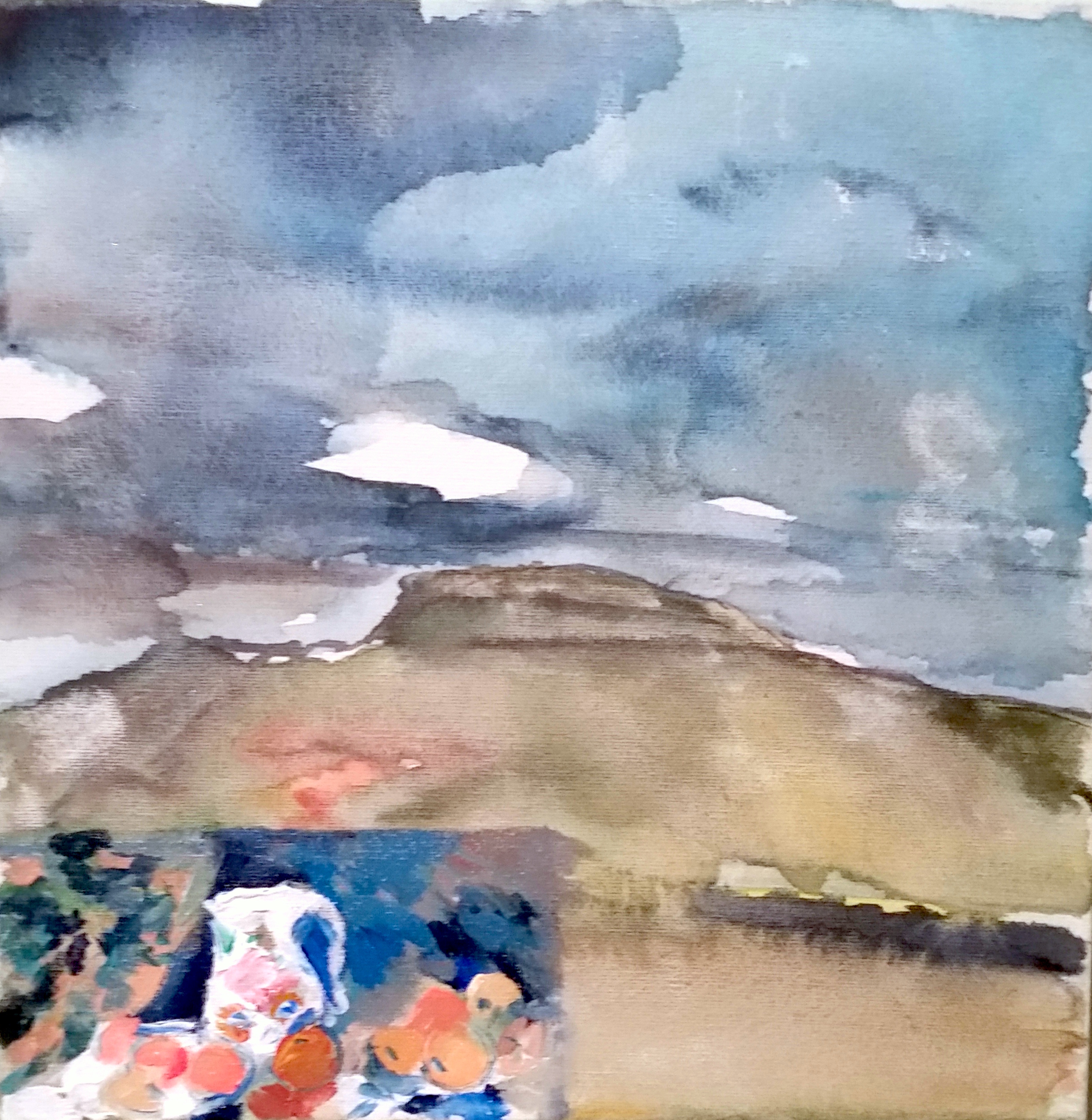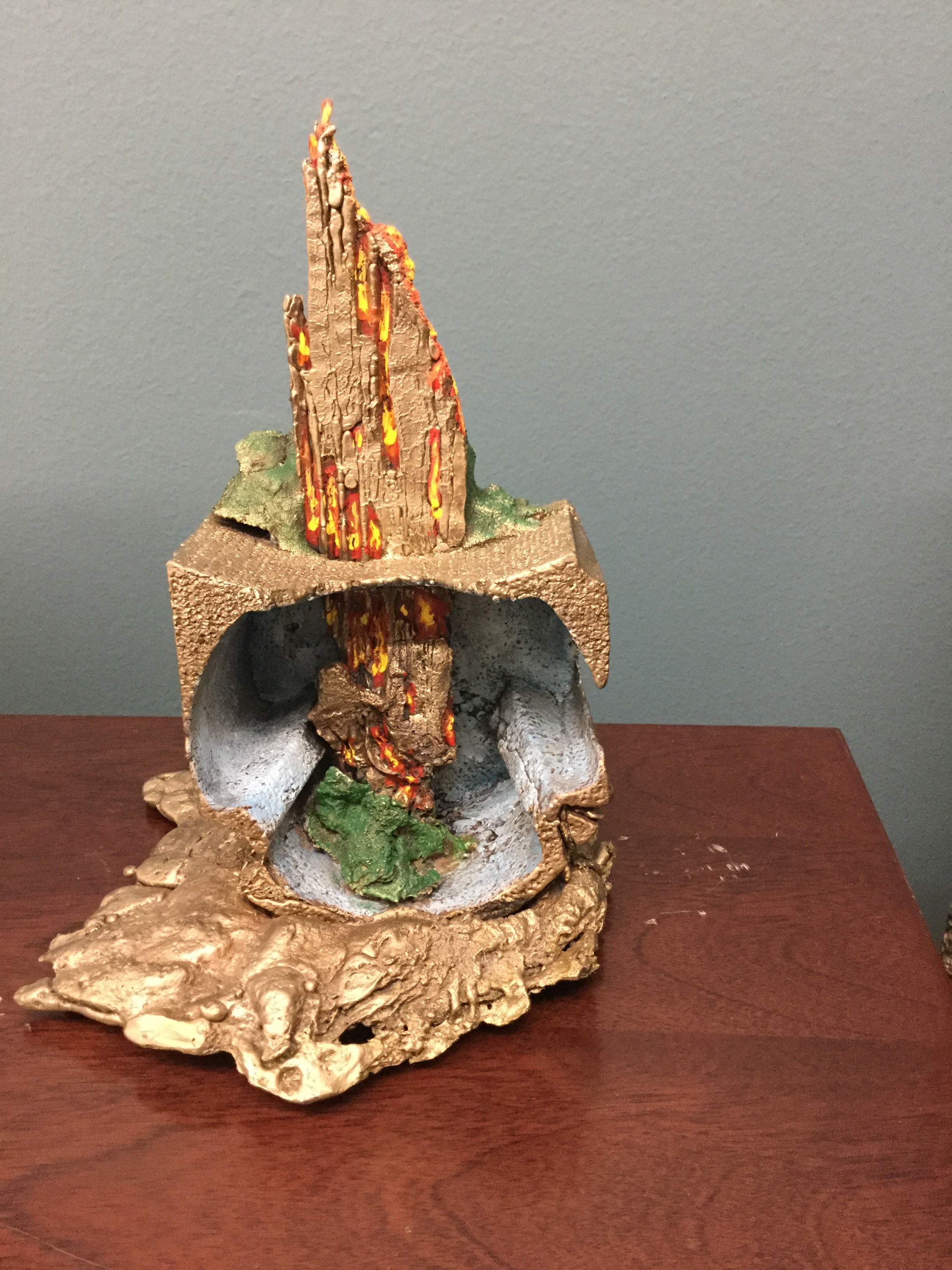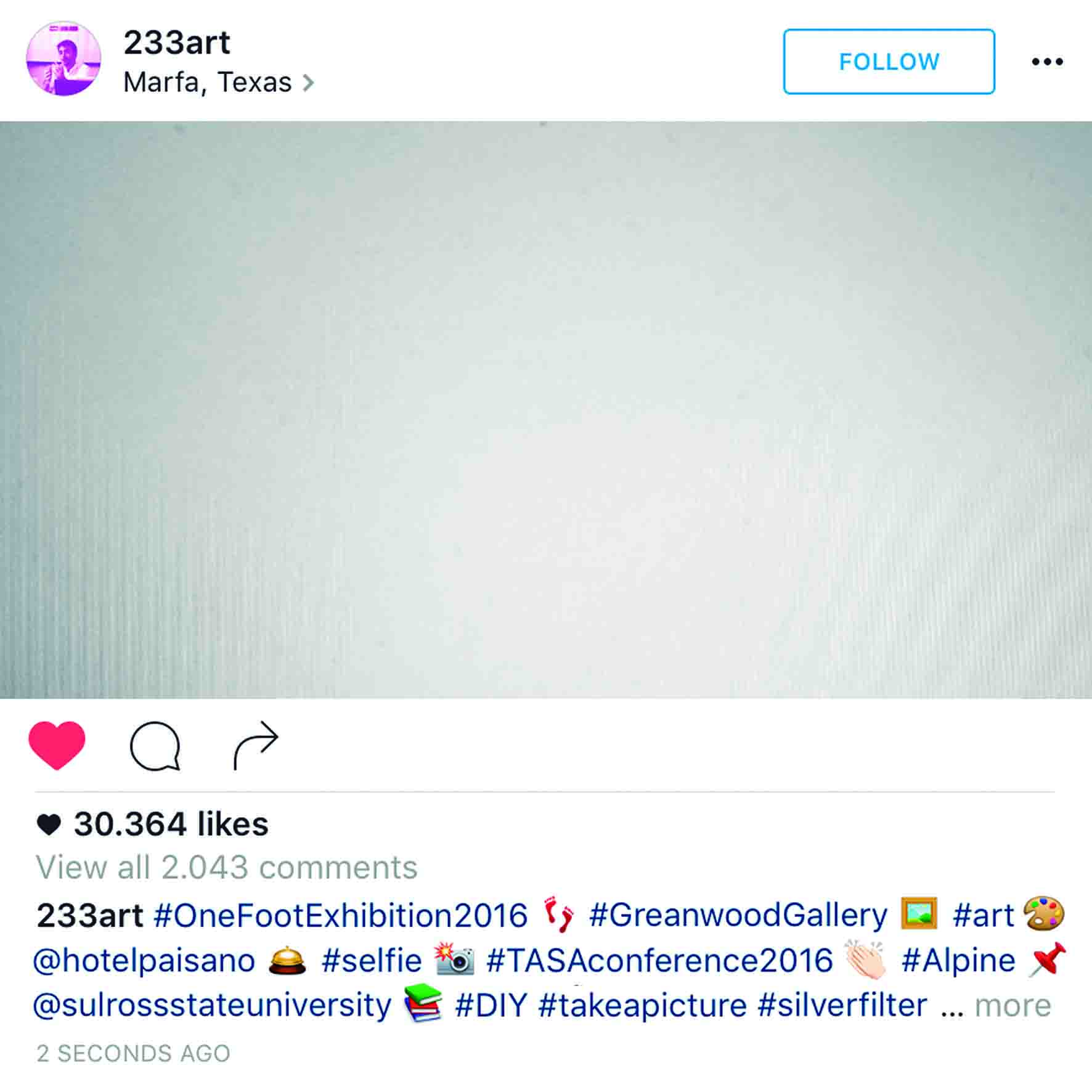Author Note
Andrew Tegarden, Department of Art and Visual Culture Education, University of Arizona, Tucson.
Andrew Tegarden has taught with various schools and programs in New Mexico and Texas, including at Sul Ross State University, teaching art history, art appreciation, and art education. He is currently working on a Ph.D. at the University of Arizona in art education. Rock art is a major topic of research for him, both art historically and in terms of its prospects for students.
Correspondence concerning this article should be addressed to Andrew Tegarden, 2865 E. Sylvia St., Tucson, AZ85716. Contact: ategarden@email.arizona.edu
TASA Conference 2016 Review: Texas Rock Art and Education
The attendees had to do a fair amount of driving to get to Alpine, Texas, but the annual TASA conference this year hosted by Sul Ross State University was an exciting one. Along with the art administration-specific discussions and TASA work sessions, there were workshops on digital sketching and glass fusing, as well as a large dose of art history presentations and tours. Art history talks filled a large portion of the Friday sessions, and the TASA conference included bus tours to the Chinati Foundation Open House and the rest of Marfa, where artist Donald Judd kept a residence and established permanent installations. The conference was a chance to take stock of a wide range of contemporary, historic, and ancient art in far-west Texas.
On the ancient end of things, I presented on Texas rock art and its educational opportunities. It stands to reason that where there’s rock—canyons, boulders, and geologic outcrops—there’s rock art, and the western half of the state has a lot of both. The rock art in Texas, like Texas itself, is unique and convoluted. The first half of my presentation focused on a short survey of rock art regions in Texas and publicly accessible rock art sites. Hueco Tanks State Park, Big Bend National Park, Seminole Canyon State Park, Paint Rock in Central Texas (privately owned but accessible by special permission), and Palo Duro Canyon State Park all have rock art sites that can be visited by school groups.
The second half of the presentation focused more specifically on educational approaches. Most of the audience was studio professors, and I thought it would be useful to talk about how rock art was made. It’s basically taboo to make rock art today, except maybe for graffiti artists, but it’s interesting how rock art can represent a do-it-yourself process and aesthetic. We looked at how rock art was applied and how brushes, pigments, and binders were made prehistorically (see Wright, 2016, and Malotki, 2007). I’ve always been intrigued by rock art because it creates a direct connection for the artist between the materials and the art. The ‘making’ is pure, and for us today, it’s an example of a stark alternative to buying supplies and selling art as a commodity.
The presentation also brought up various art education pedagogies that can be employed by educators, either in lecture format or during field trips. I emphasized place-based, environment- and community-engaged, and post-colonial education. Place-based education is grounded in the resources, issues, and values of the local community and environment, and uses place and geography as integrating contexts (see Powers, 2004, and Coutts & Jokela, 2008). Ecological and social thinking are activated together in place-based education. Fieldtrips are opportunities to get different places and different voices involved in education. I’ve seen rock art site visits become transformative experiences for students in part because it gets them out of the classroom and studio, out of the urban environment, and into different terrains.
We also talked about a more difficult set of issues related to Texas rock art, like colonialism, cross-cultural conflict, land rights, and heritage. This range of socially-important issues can be put into a unique focus with rock art, and post-colonial pedagogy offers practical ways of dealing with it. One way to do this is to bring in voices in equitable ways from the Native American, Mexican-American, and rancher communities—all people involved with the heritage of rock art sites. It’s a way to counter-balance viewpoints so no single worldview dominates. This is important because it acknowledges that colonial mindsets still exist, and the colonial hold on knowledge still needs loosening (Sefa Dei & Doyle-Wood, 2006). Another acknowledgment is that archaeological research and education can sometimes be exploitive of cultural resources. The aim of post-colonial education is to offer a critical look that helps to give the discussion depth. Other methods include talking about instances of resistance (like Comanche raids against the Spanish, or Apache hold-outs in the Big Bend), Native American diaspora and the history of the border and immigration, and cultural hybridity (like Indian cowboys, buffalo soldiers, and Christianity in Native American communities) (Kanu, 2006, Kincheloe, 2006, and Sefa Dei & Doyle-Wood, 2006). Rock art in Texas offers a visual and place-based context for all of this.
The talk generated a good audience discussion at the end. It was one of the earliest presentations on the docket the morning after everyone’s long trip out to Alpine, so I think the coffee must have helped the discussion along. It makes me think that we should have pots of coffee at every early class we teach, especially if it involves art history. As an aside, included here is a short list of rock art research institutions in Texas. If you or any of your students are interested, these are good places to go to get involved or learn more…besides the rock art sites themselves, of course.
Institutions in Texas that Research Rock Art:
Center for Big Bend Studies, Sul Ross State University, Alpine, Texas
Sul Ross State University Fine Arts and Communication Department, Alpine, Texas
Shumla Archaeological Research and Education Center, Comstock, Texas
Rock Art Foundation, San Antonio, Texas
Regional and county archeological societies
References
Coutts, G., & Jokela, T. (2008). Art, Community and Environment: Educational Perspectives. Bristol and Chicago: Intellect Books, The Mill, Parnall Road, Fishponds, The University of Chicago Press.
Kanu, Y. (2006). Reappropriating Traditions in Postcolonial Curricular Imagination. In Y. Kanu (Ed.), Curriculum as Cultural Practice: Postcolonial Imaginations (pp. 203–222). Toronto, Buffalo, and London: University of Toronto Press.
Kincheloe, J. L. (2006). Critical Ontology and Indigenous Ways of Being: Forging a Postcolonial Curriculum. In Curriculum as Cultural Practice: Postcolonial Imaginations (pp. 181–202). Toronto, Buffalo, and London: University of Toronto Press.
Kirkland, F., & Newcomb, Jr., W. W. (1996). The Rock Art of Texas Indians (1996 reissue). Austin: University of Texas Press.
Malotki, E. (2007). The Rock Art of Arizona. Walnut, CA: Kiva Publishing.
Powers, A. (2004). An evaluation of four place-based education programs. Journal of Environmental Education, 35(4), 17–32.
Sefa Dei, G. J., & Doyle-Wood, S. (2006). Is We Who Haffi Ride Di Staam: Critical Knowledge/Multiple Knowings - Possibilities, Challenges, and Resistance in Curriculum/Cultural Contexts. In Y. Kanu (Ed.), Curriculum as Cultural Practice: Postcolonial Imaginations (pp. 151–180). Toronto, Buffalo, and London: University of Toronto Press.
Wright, A. M. (2016). How Did People Make Rock Art. Archaeology Southwest Magazine, 30(2), 12.
